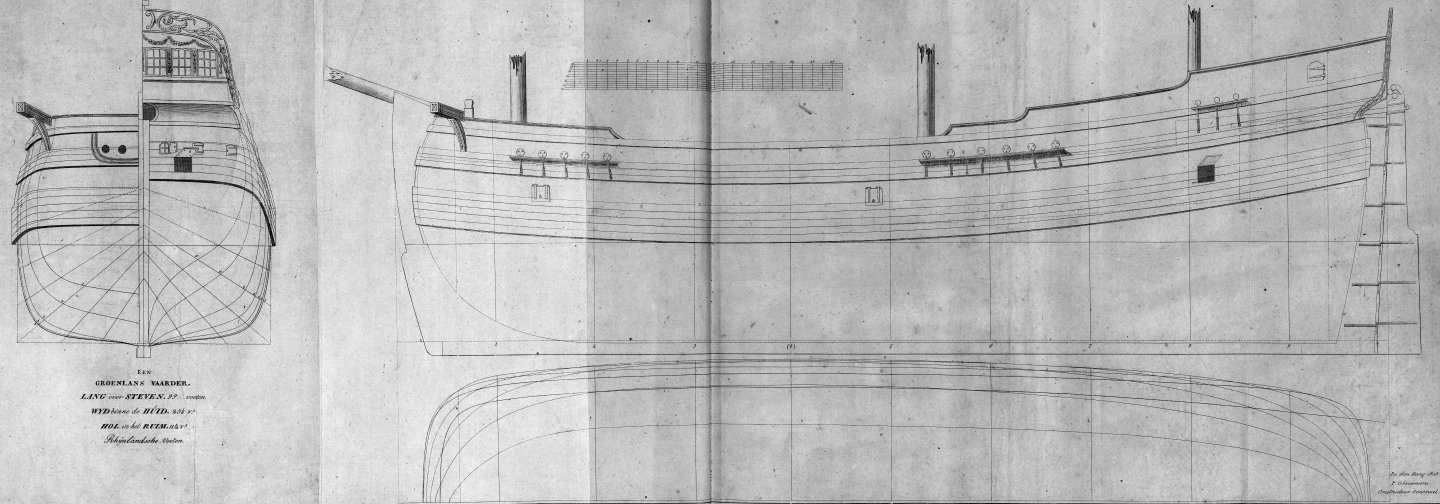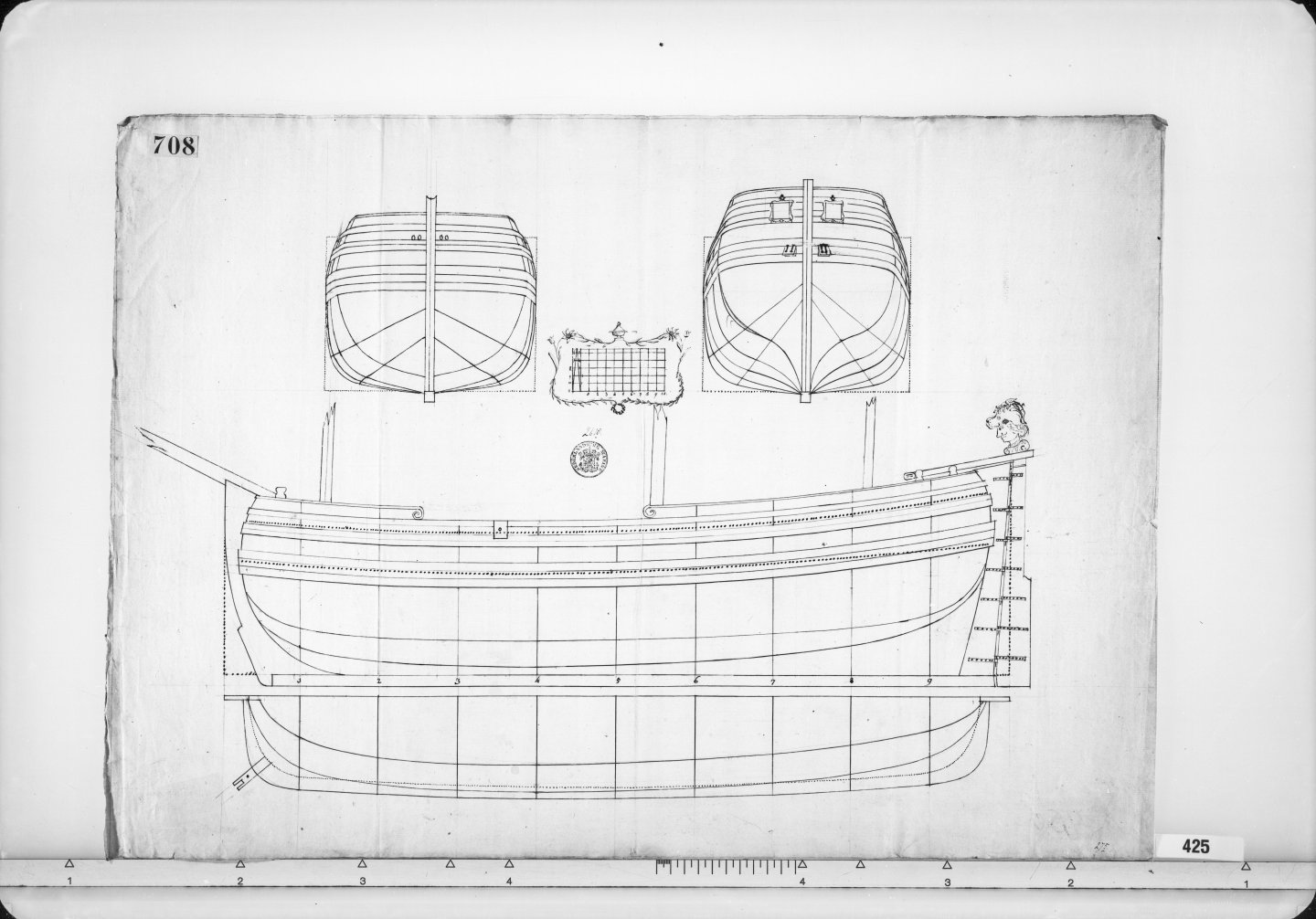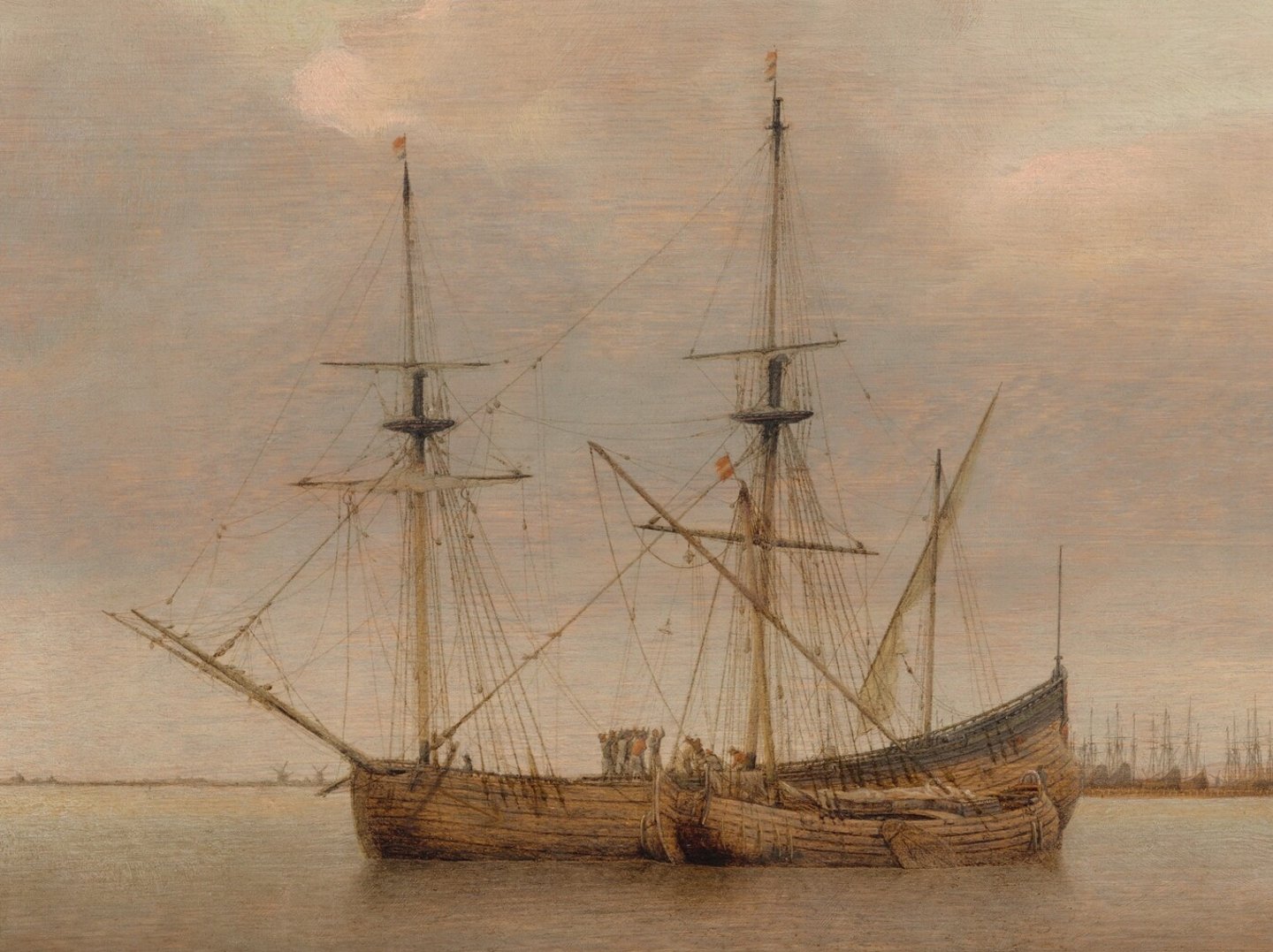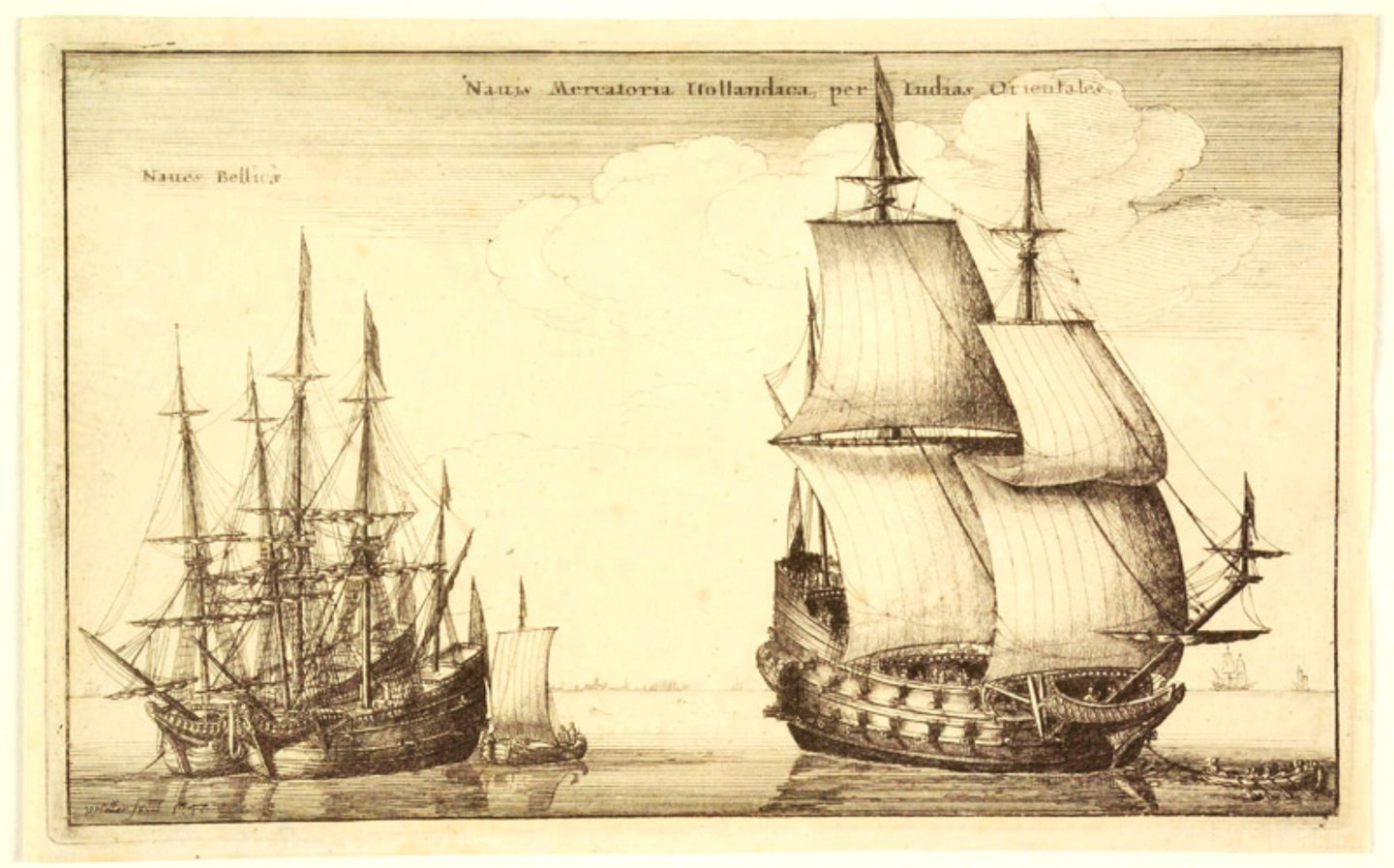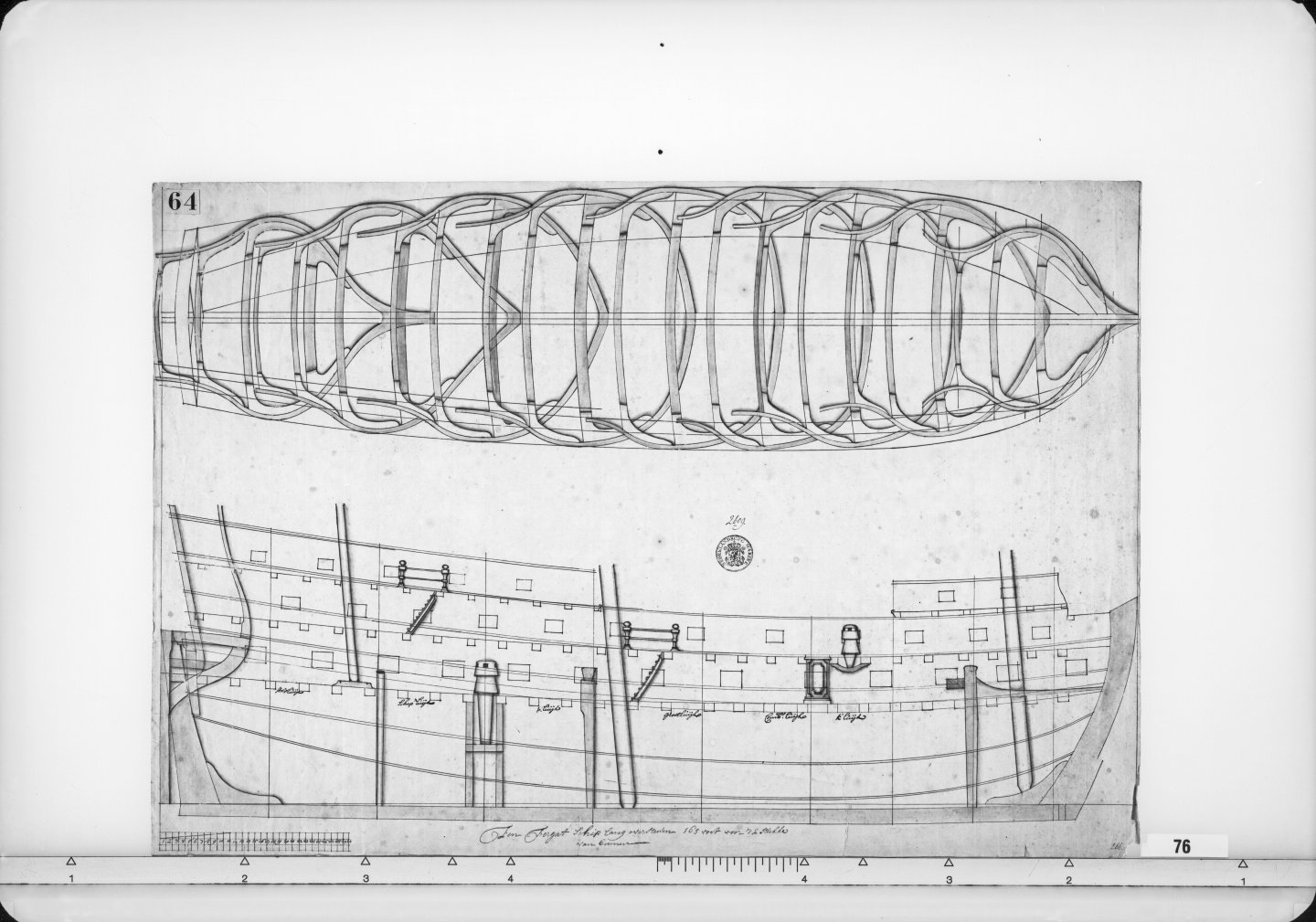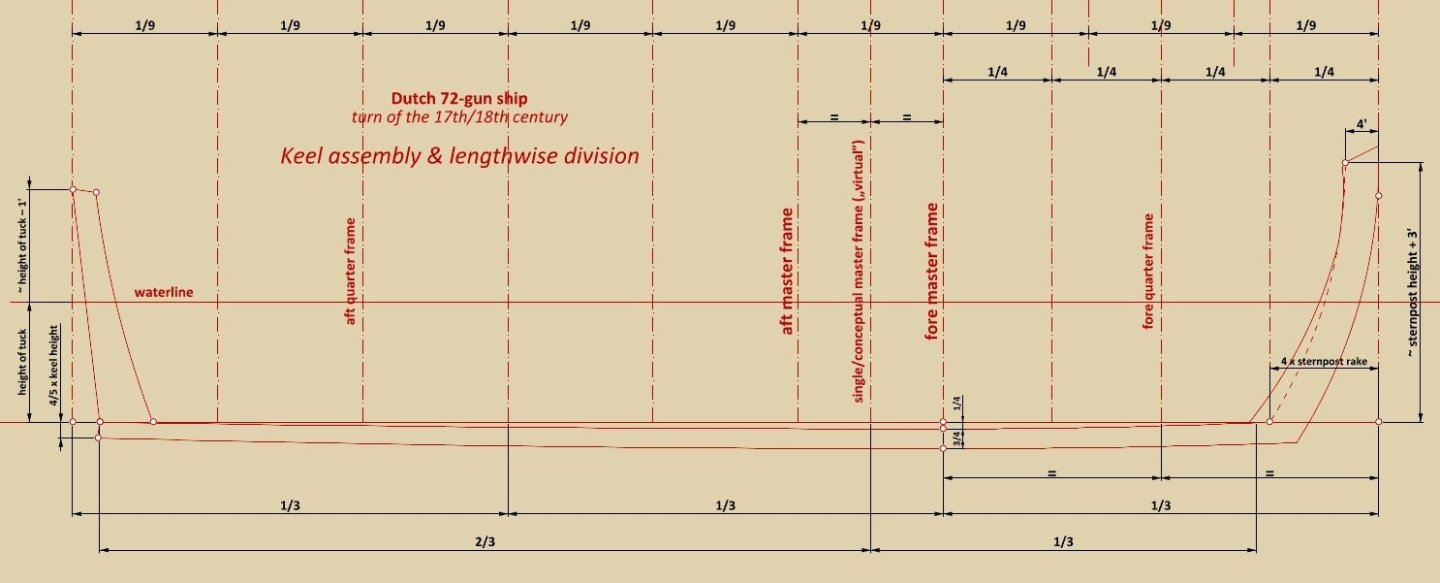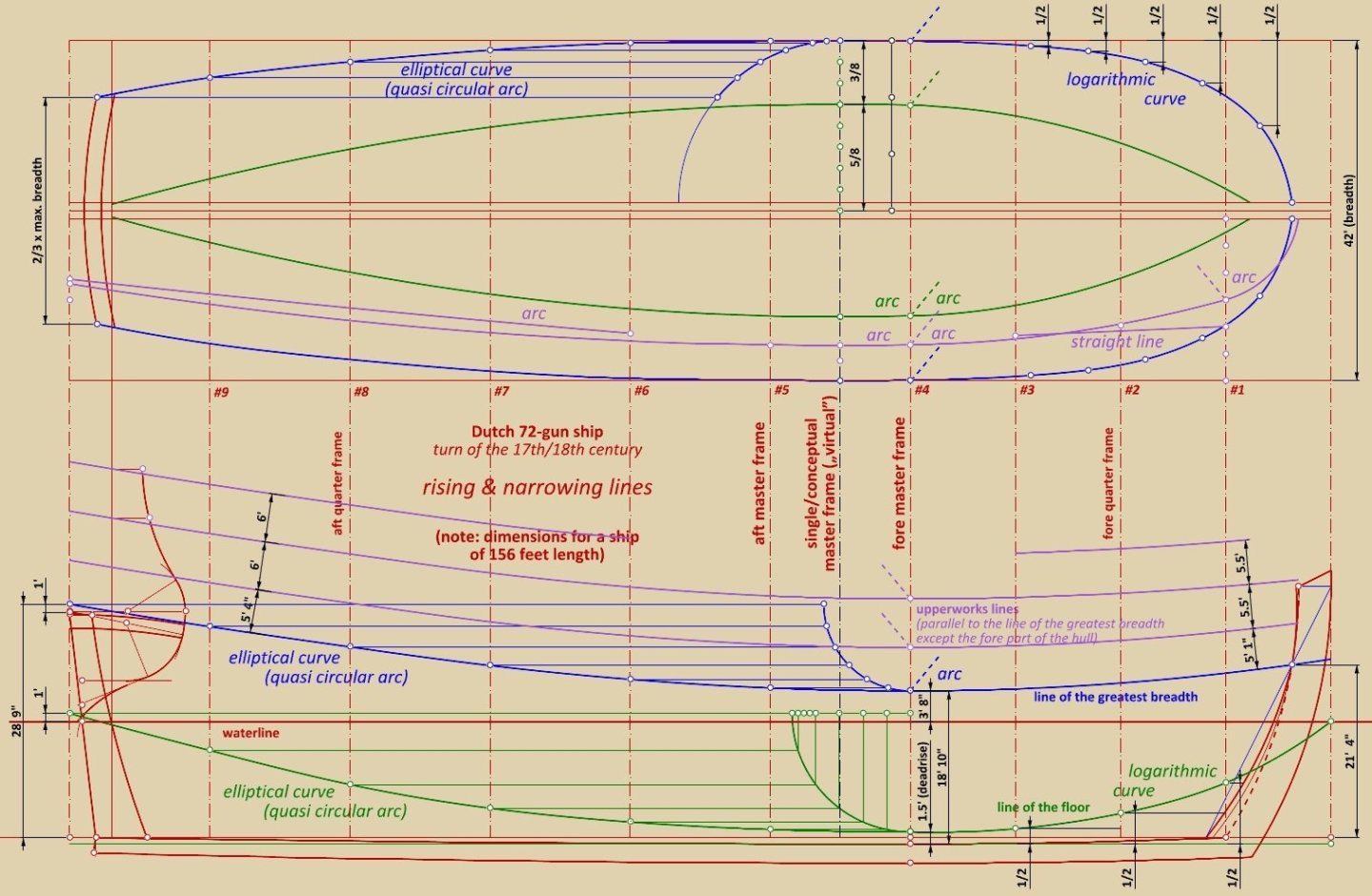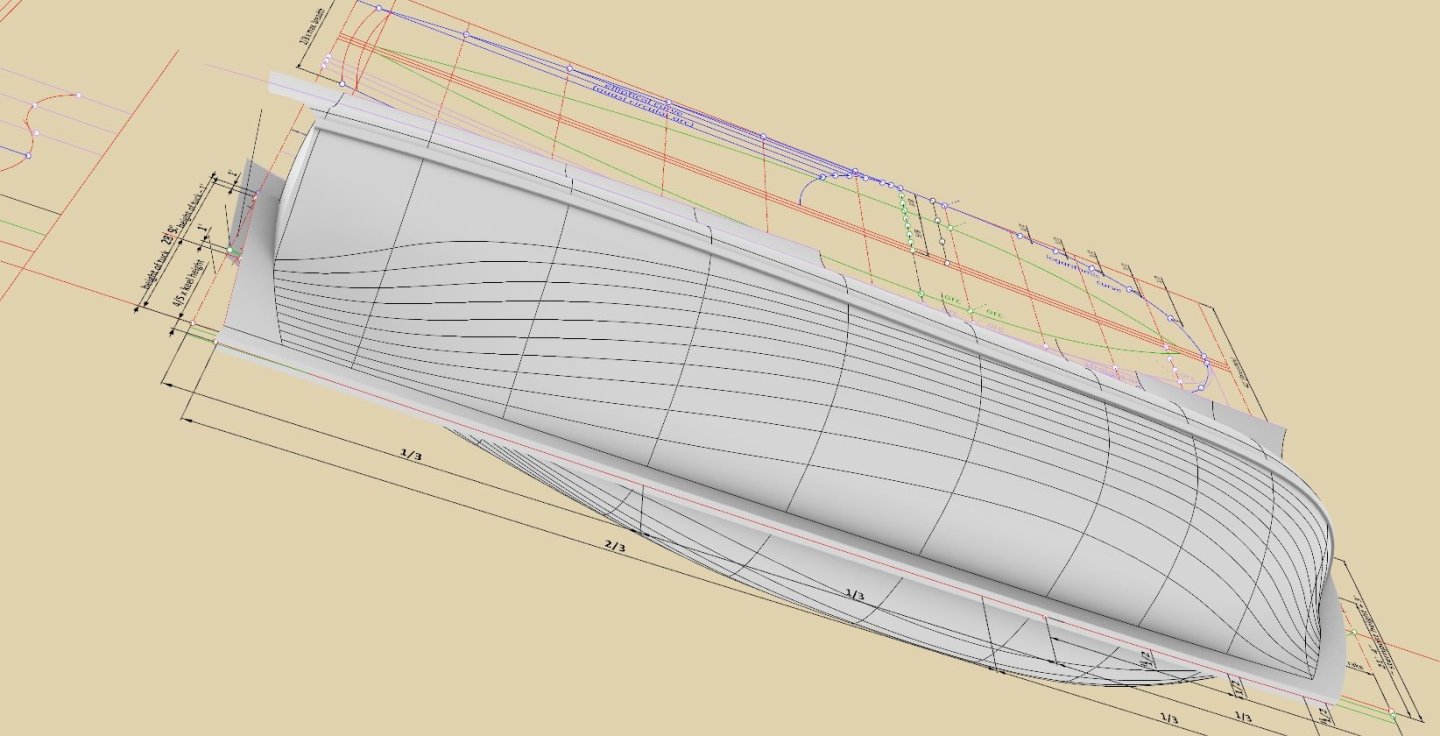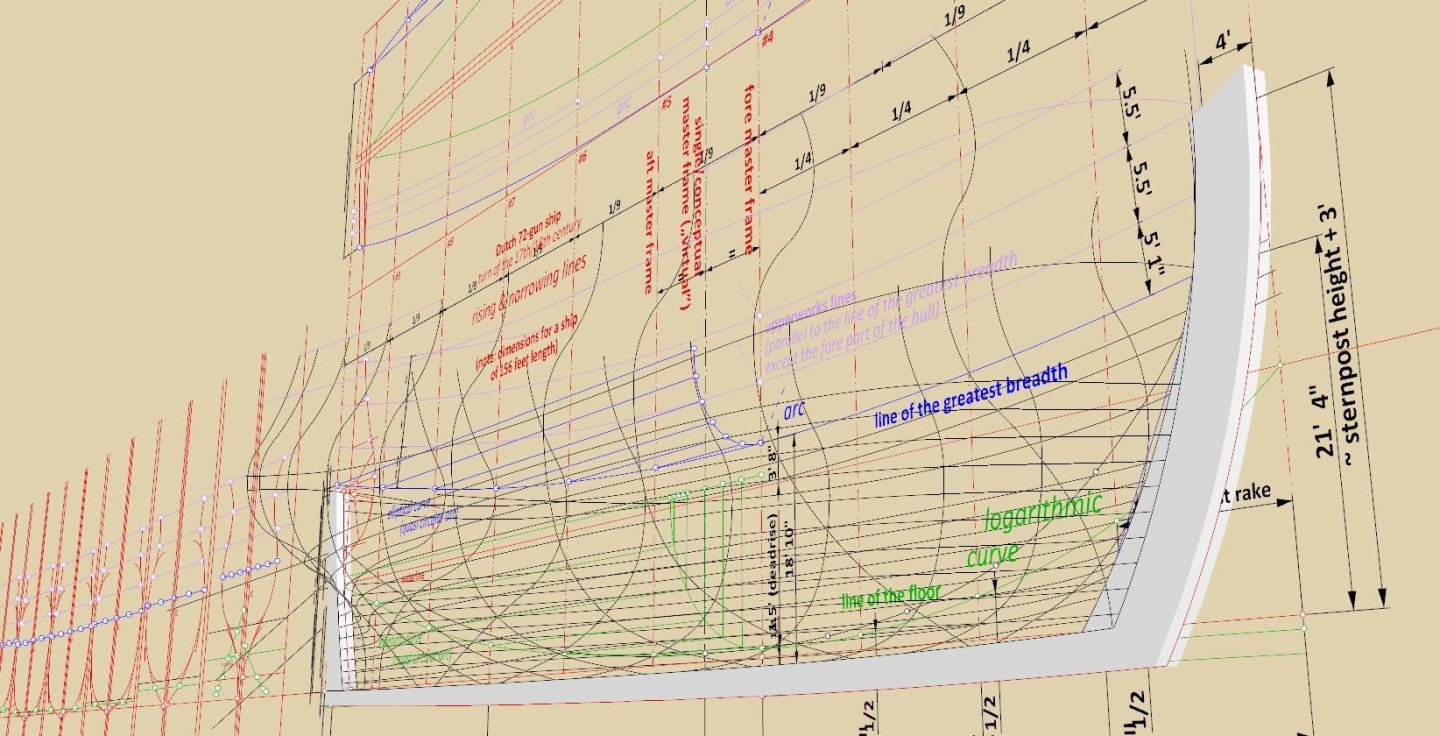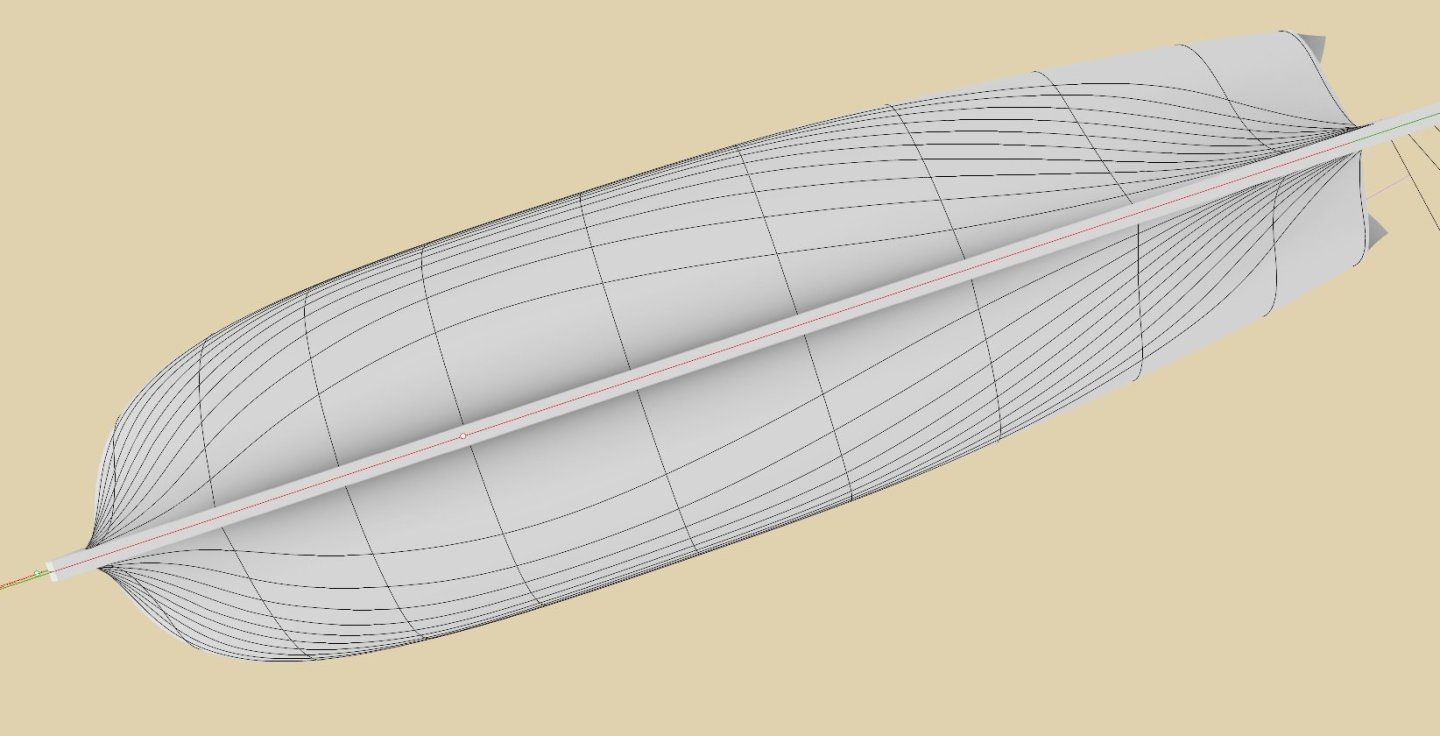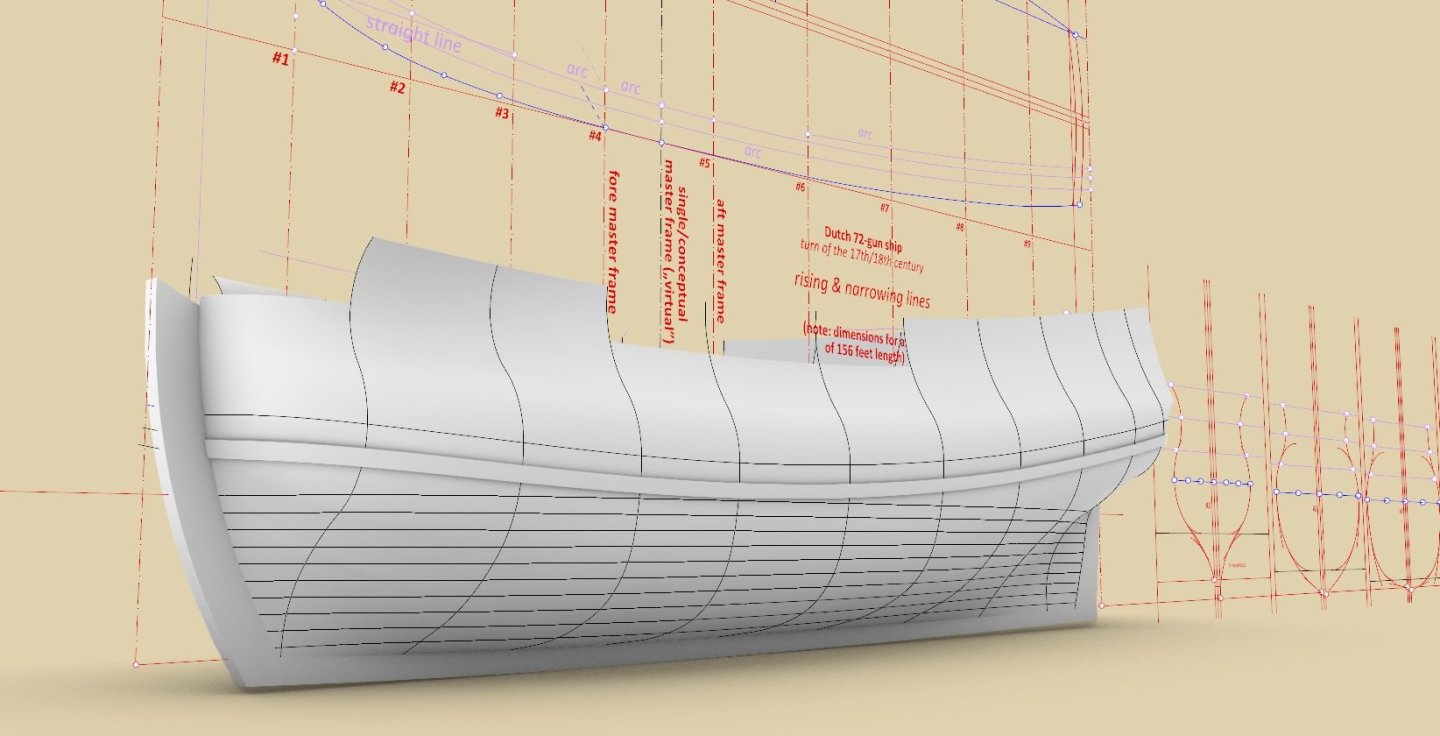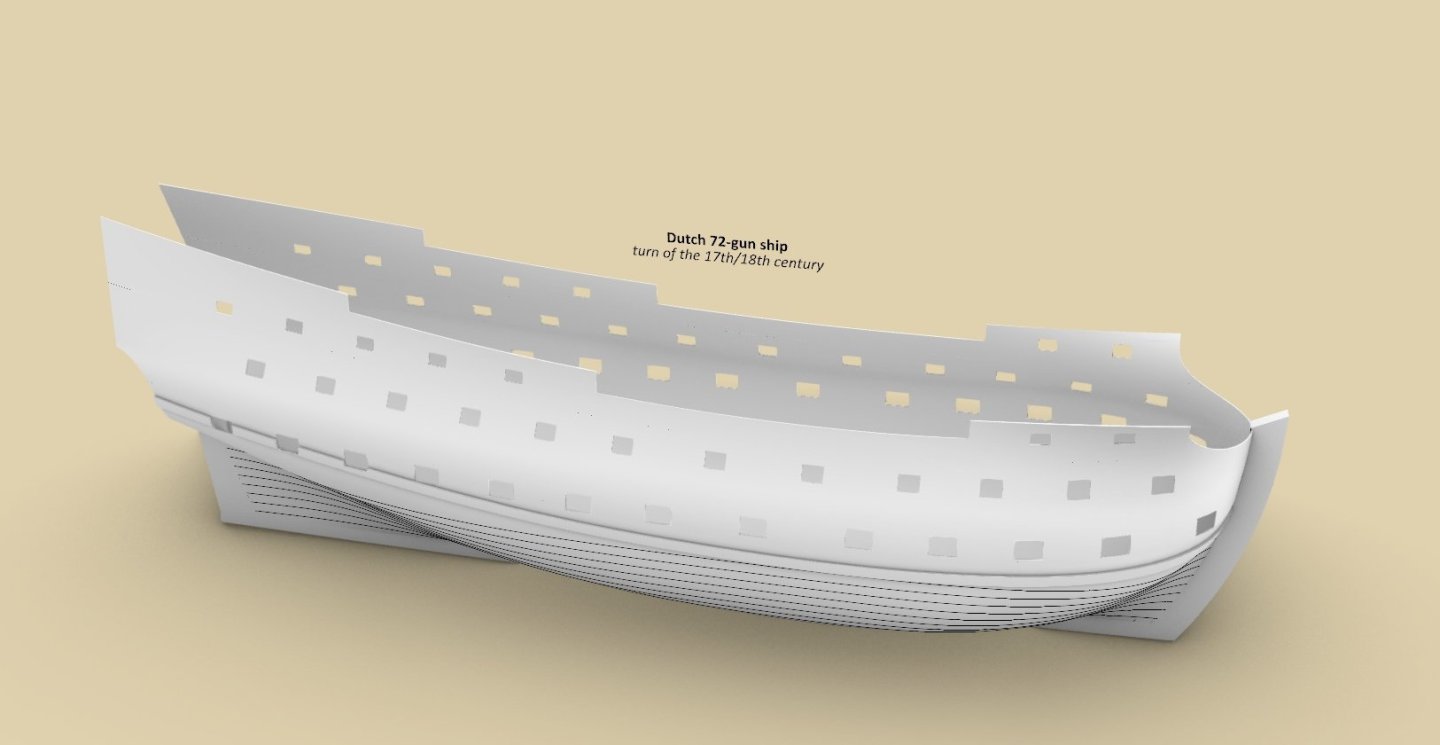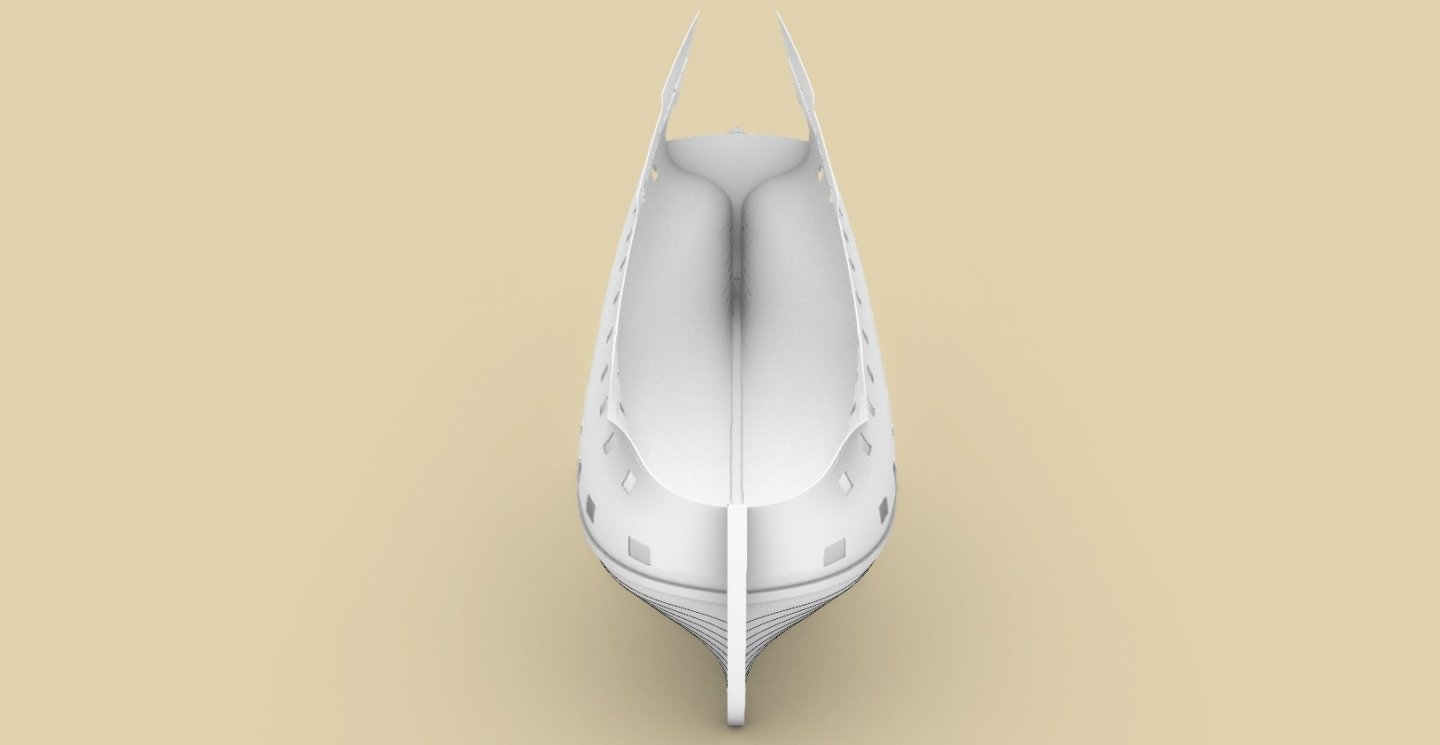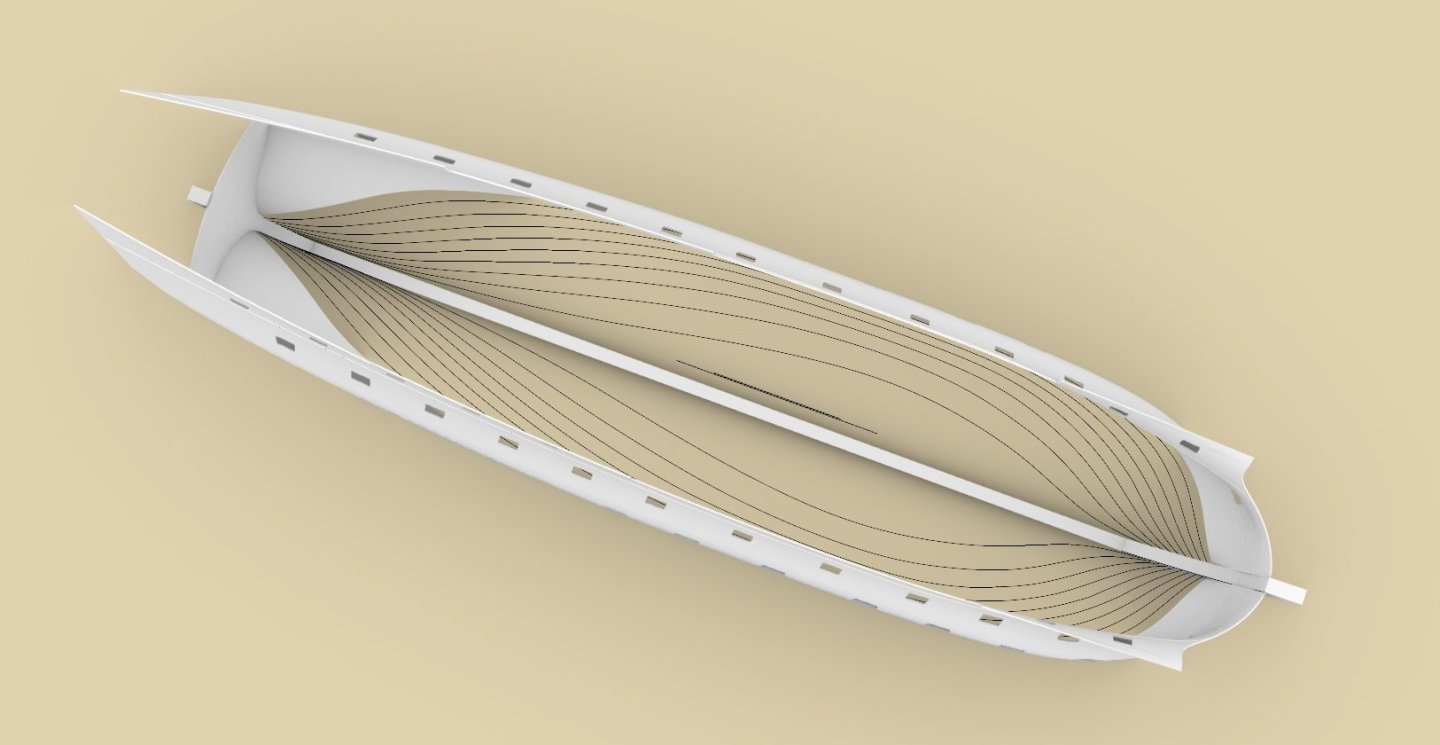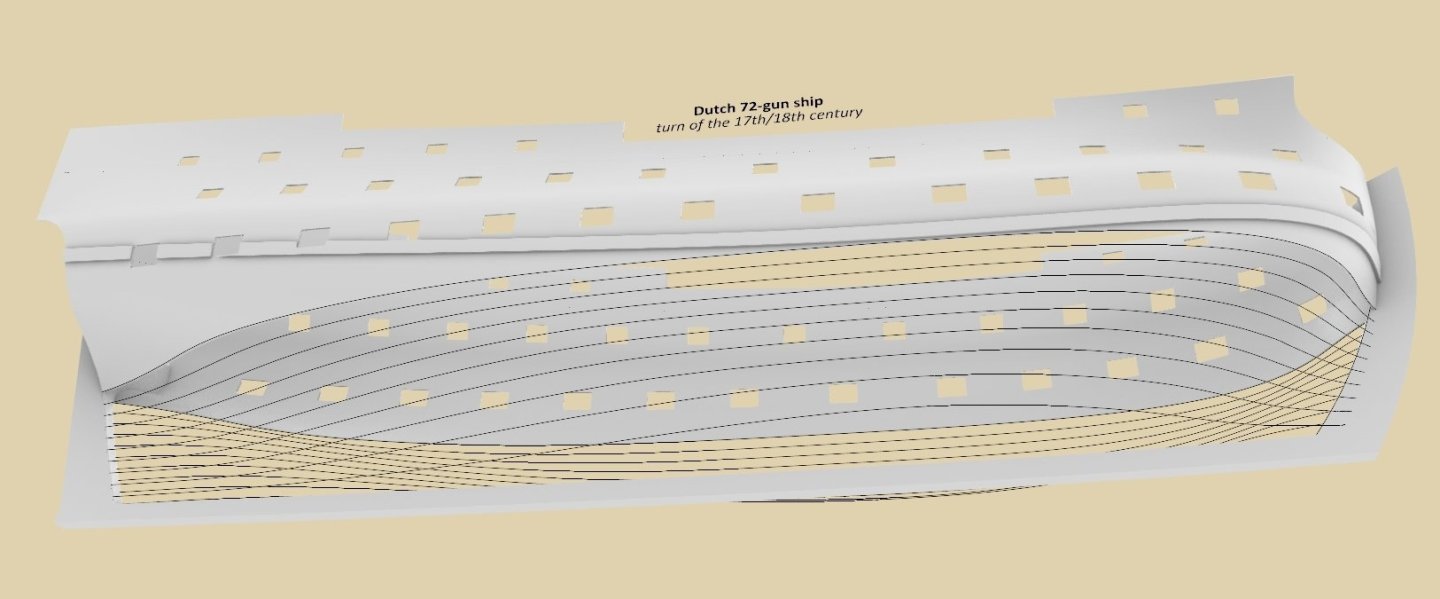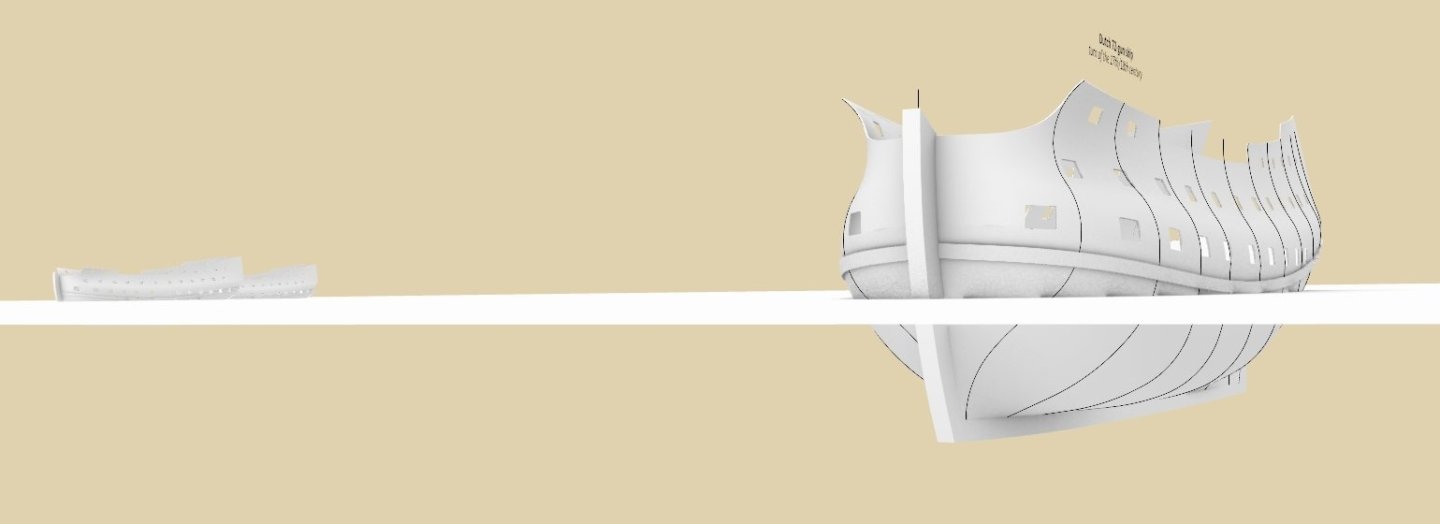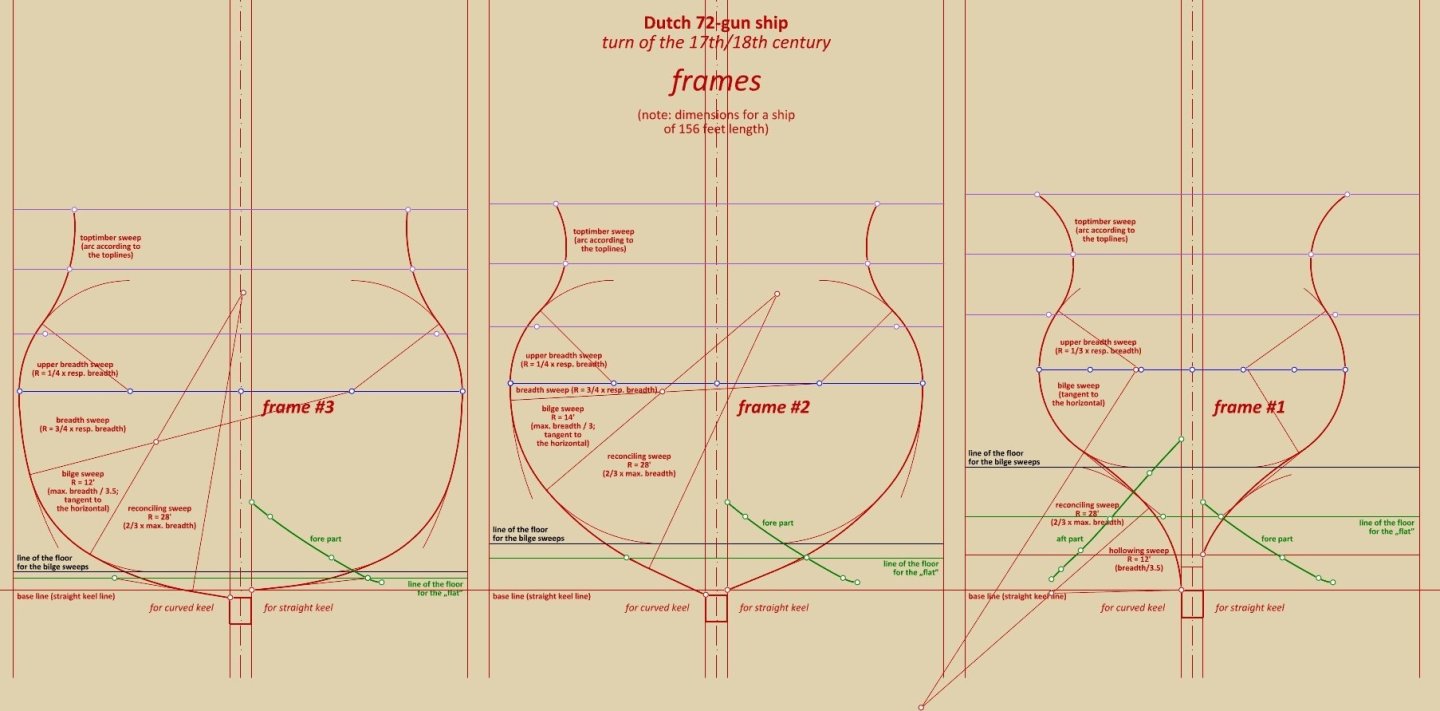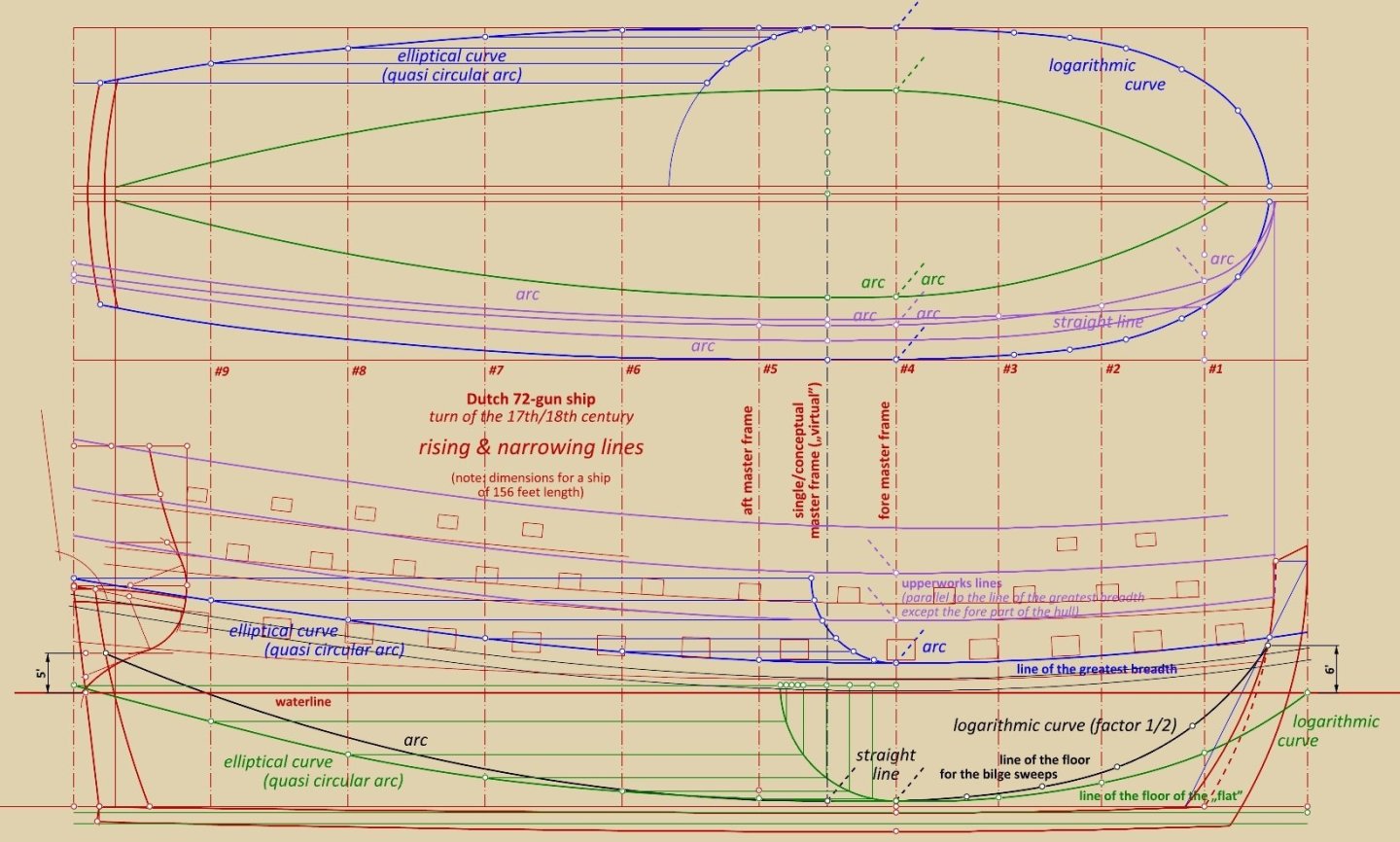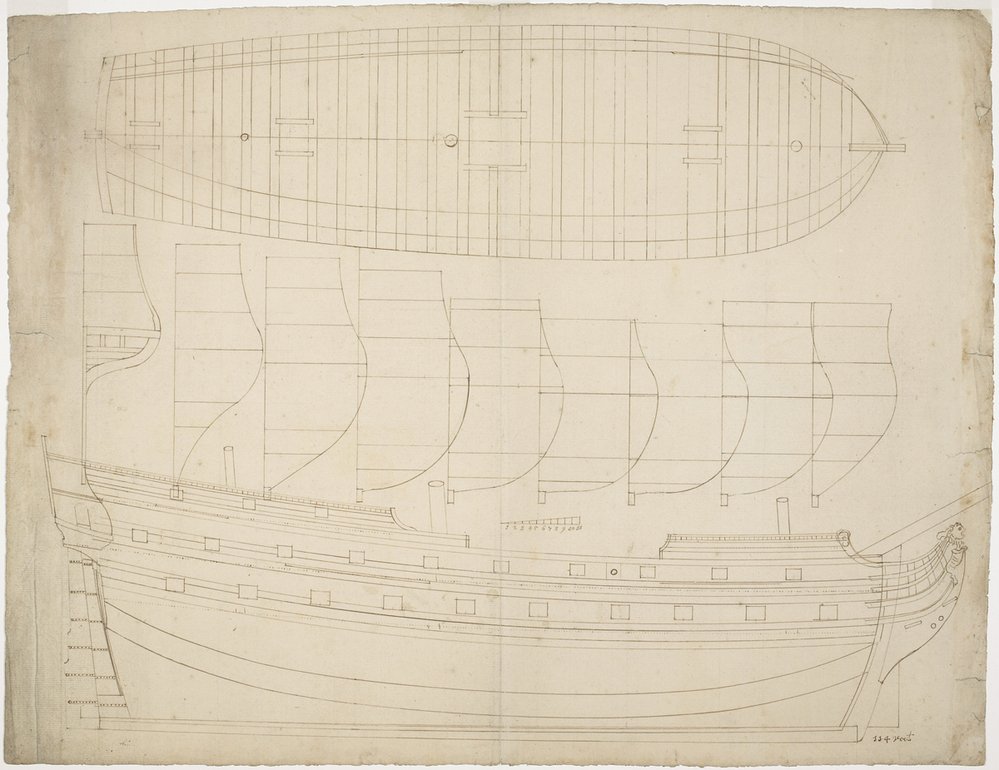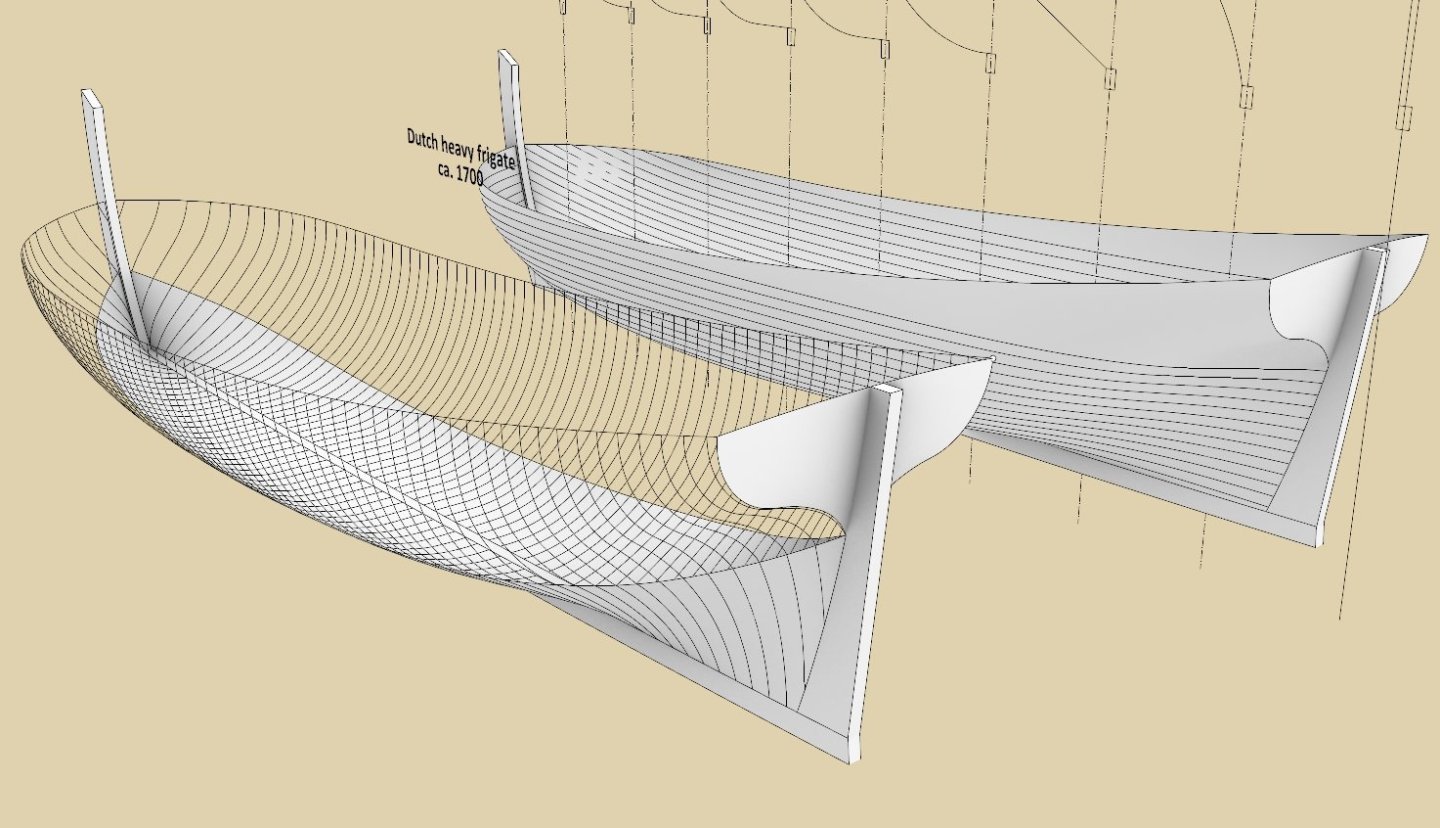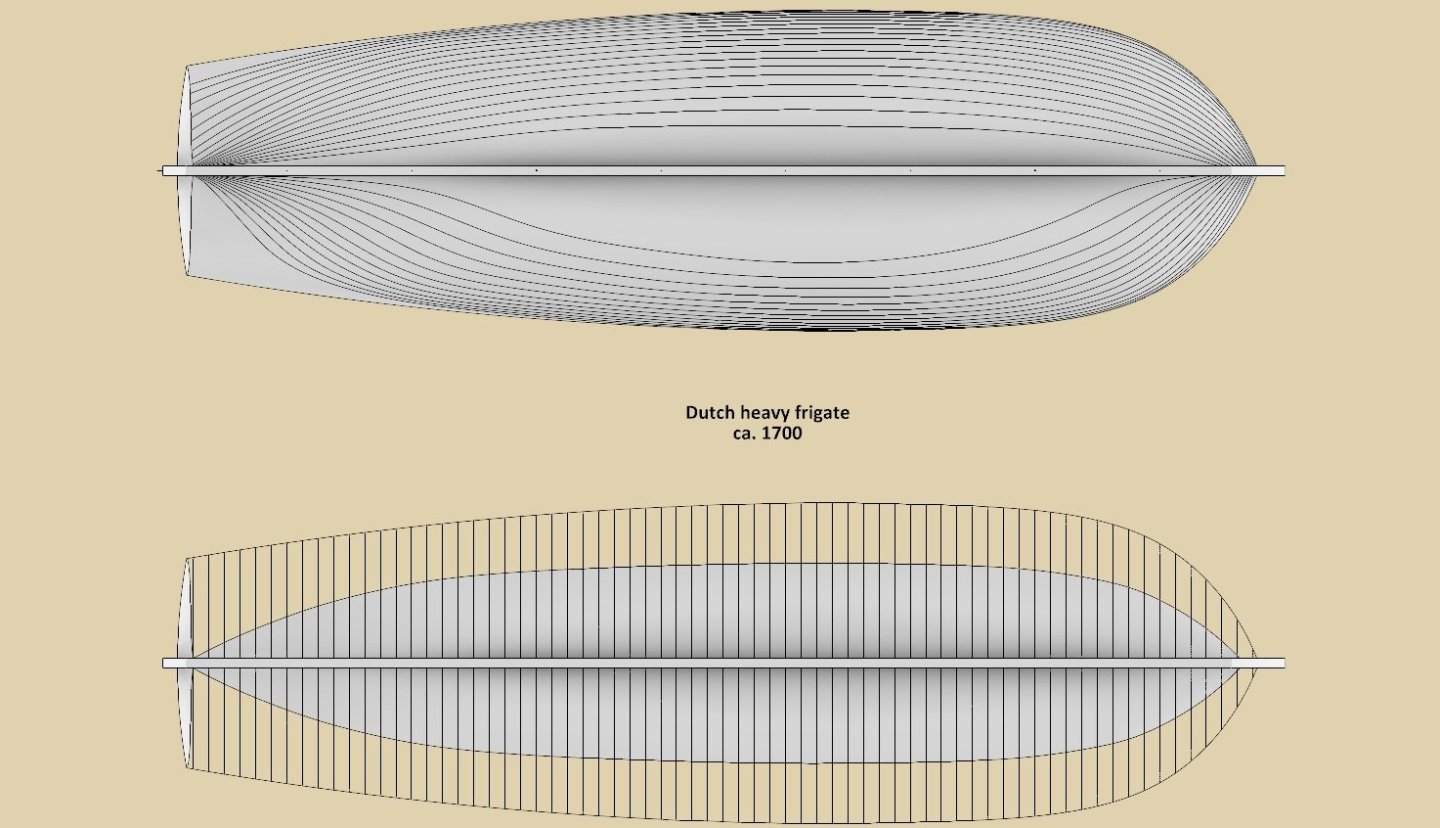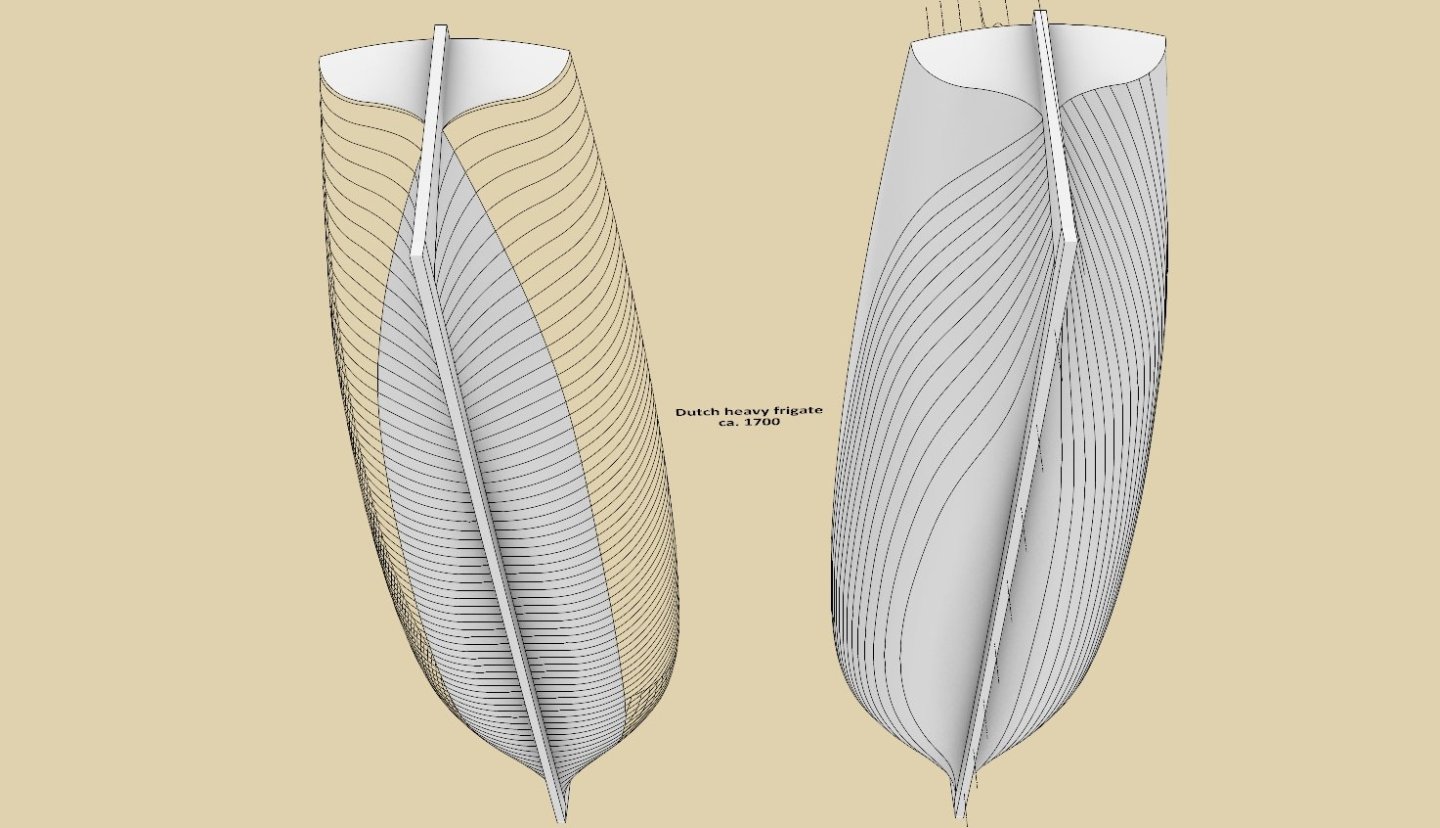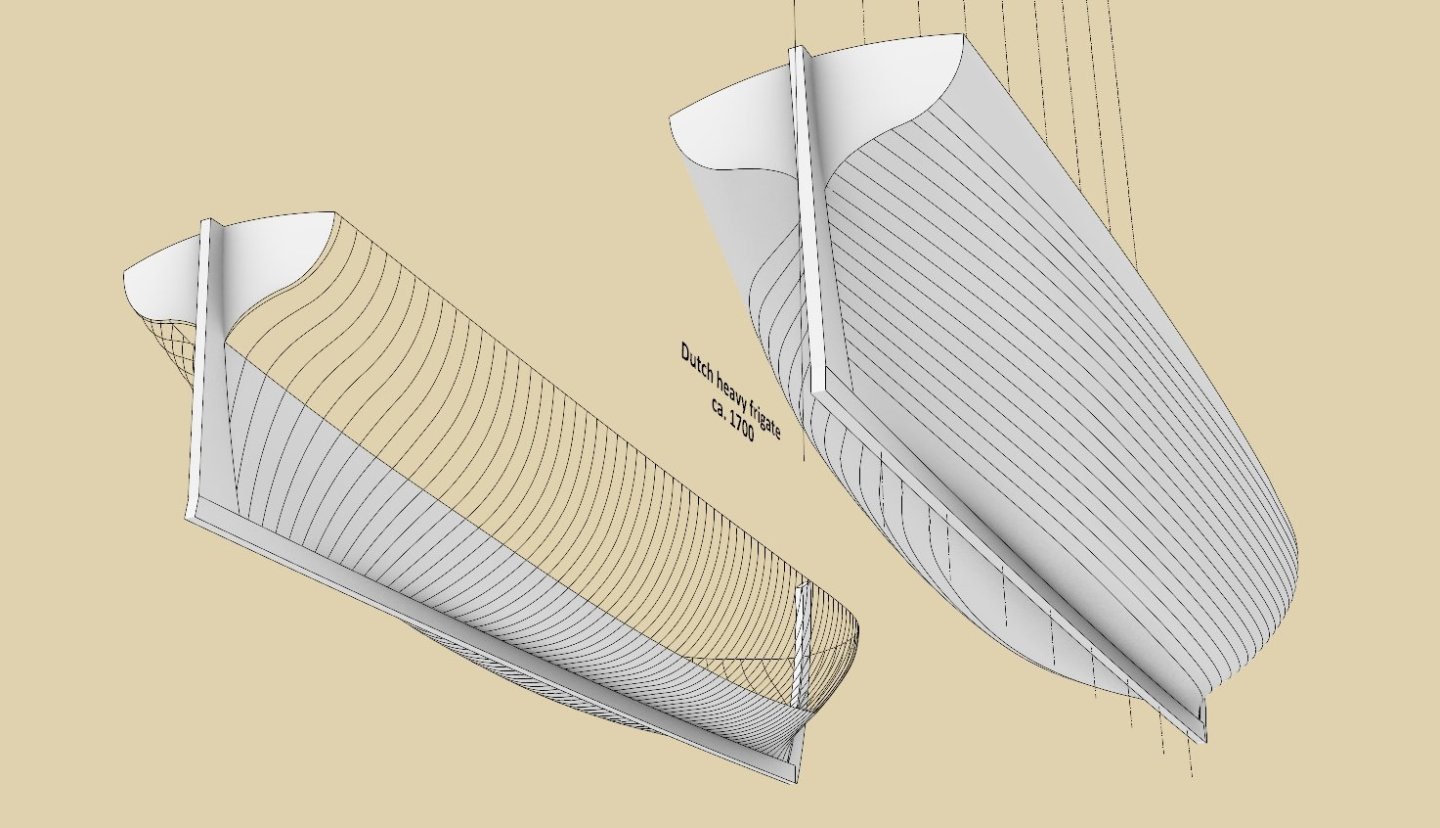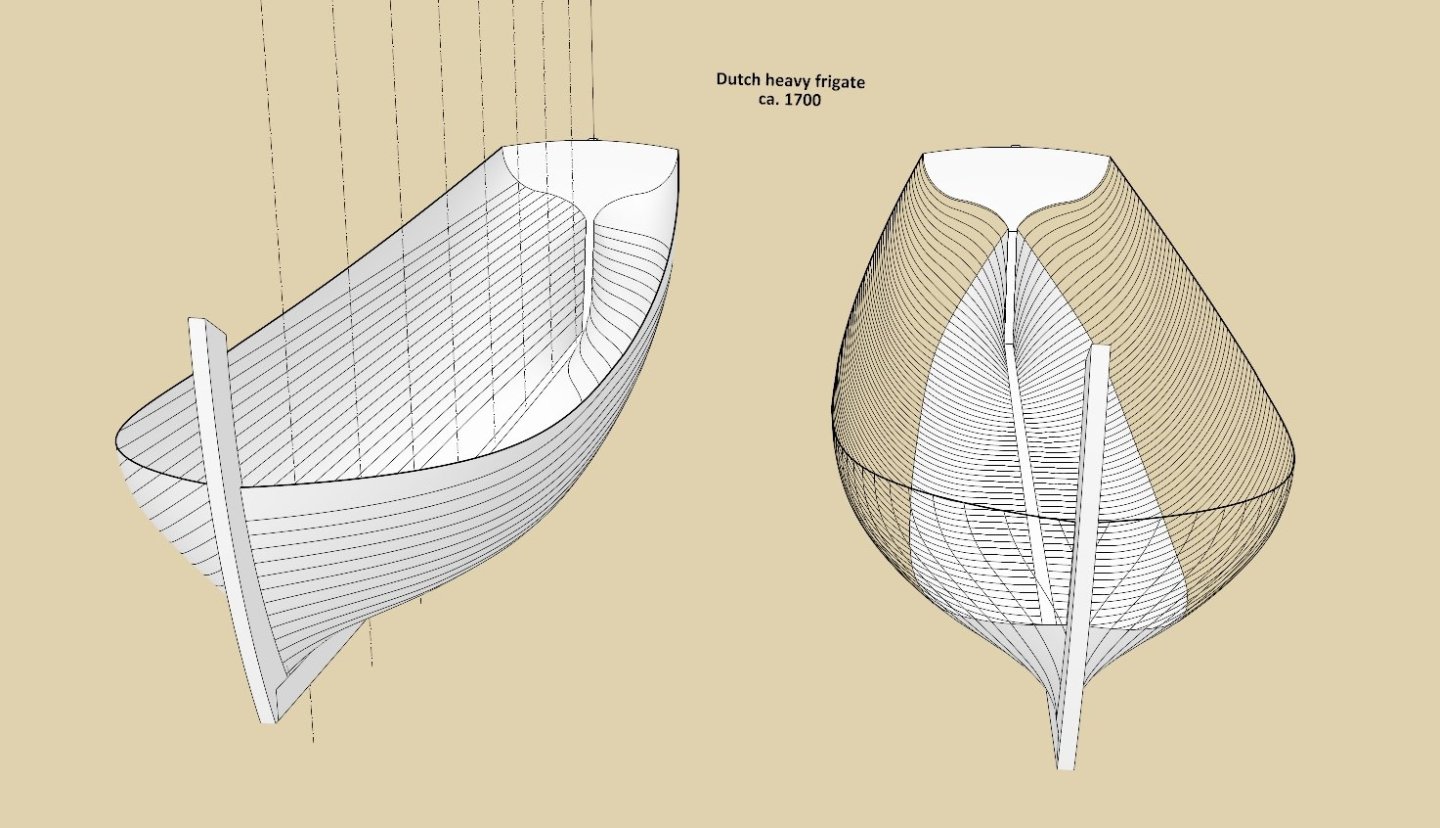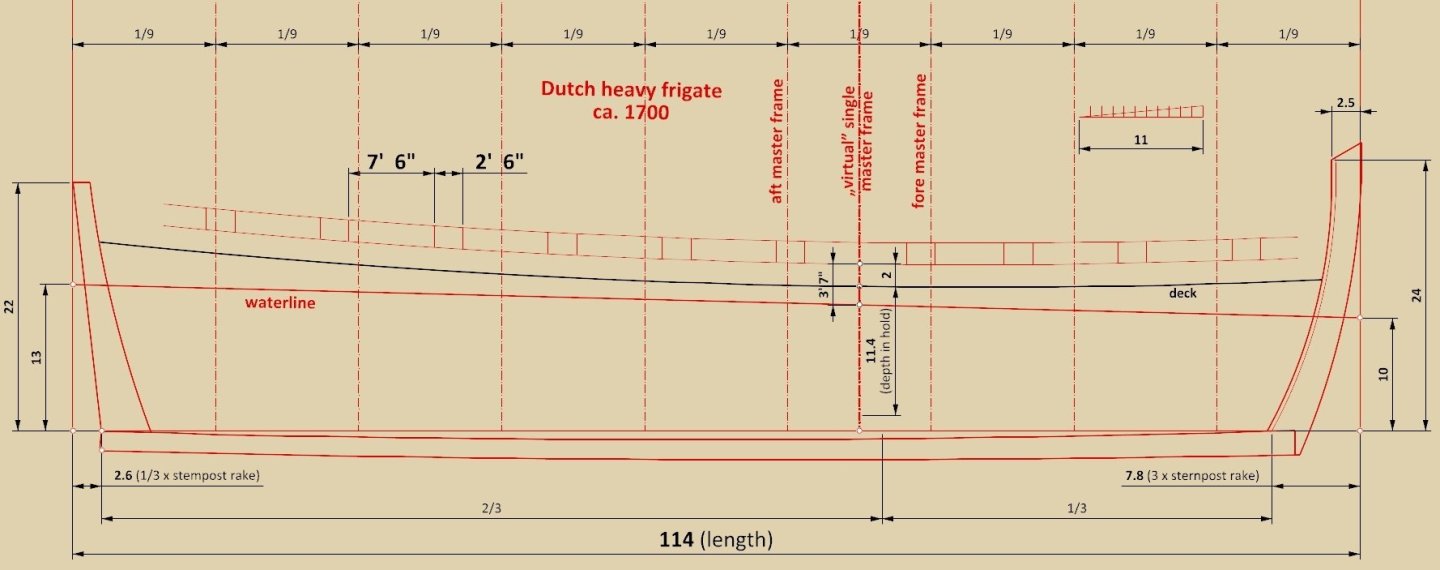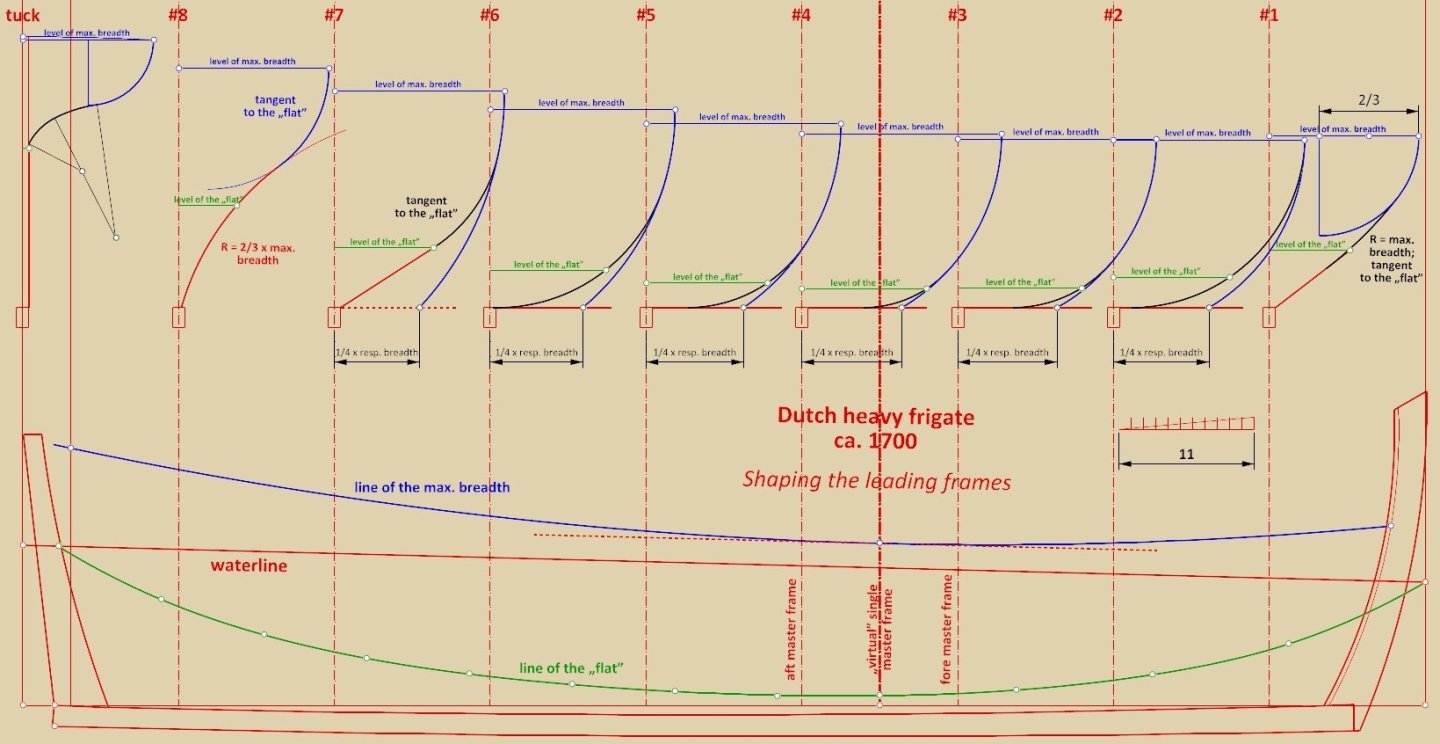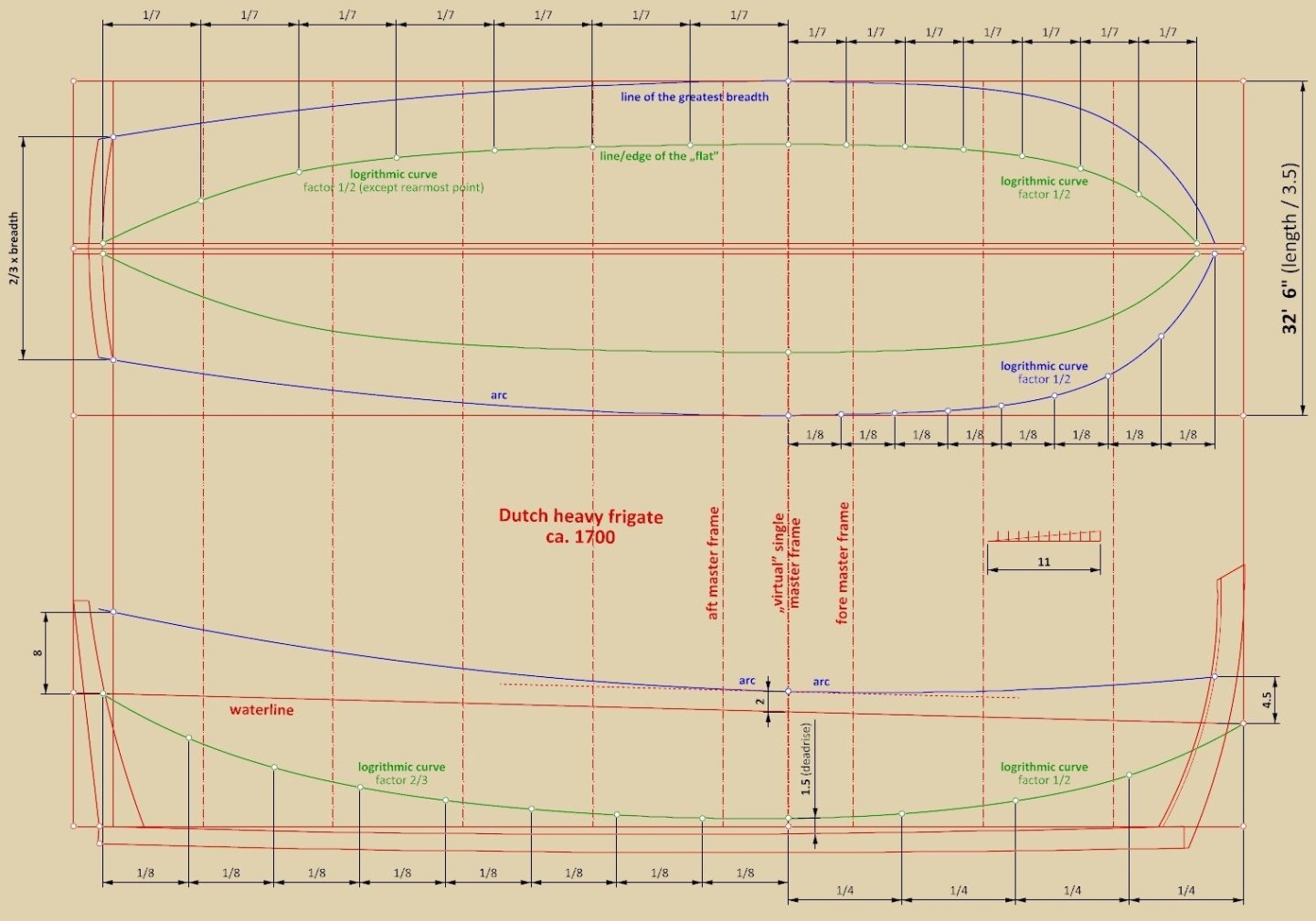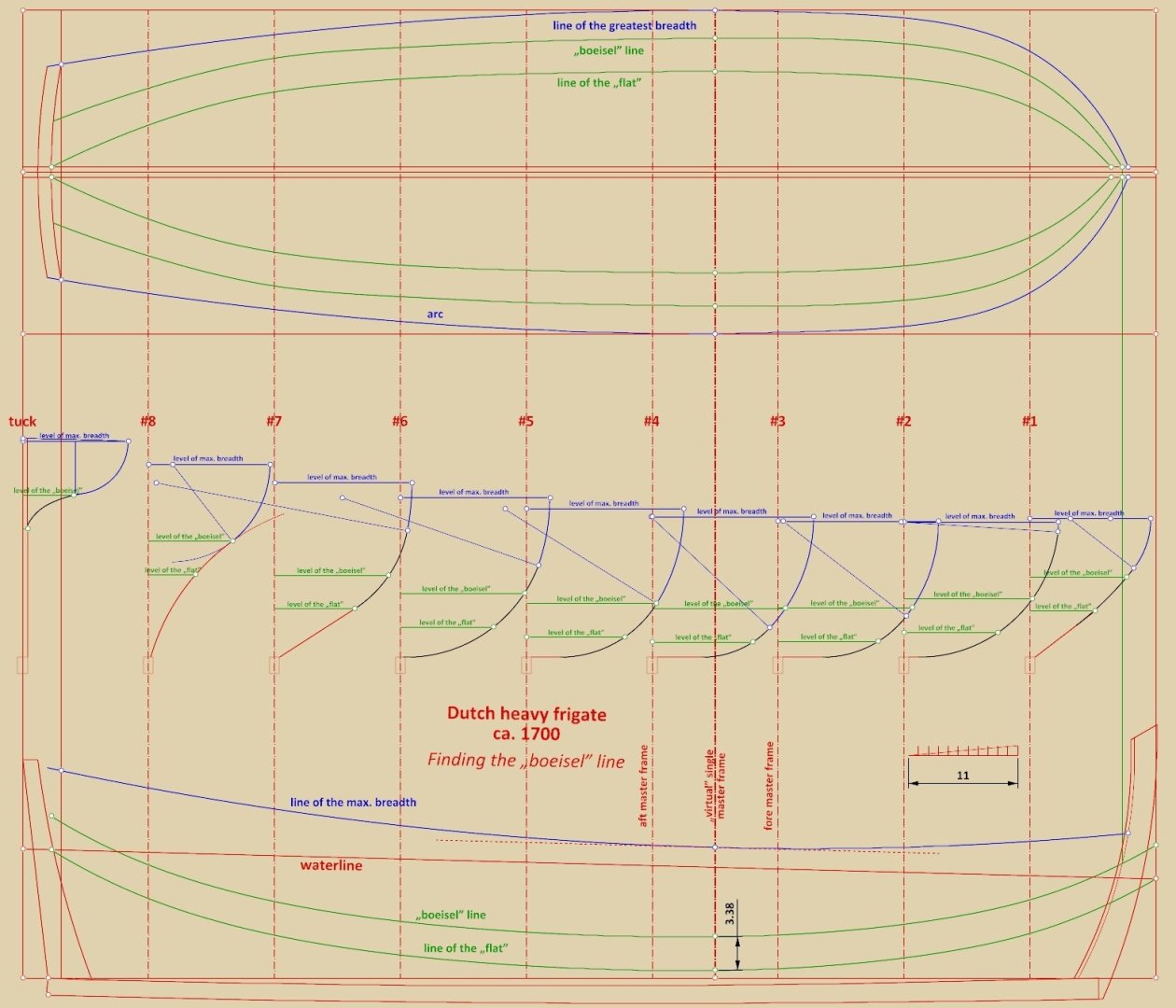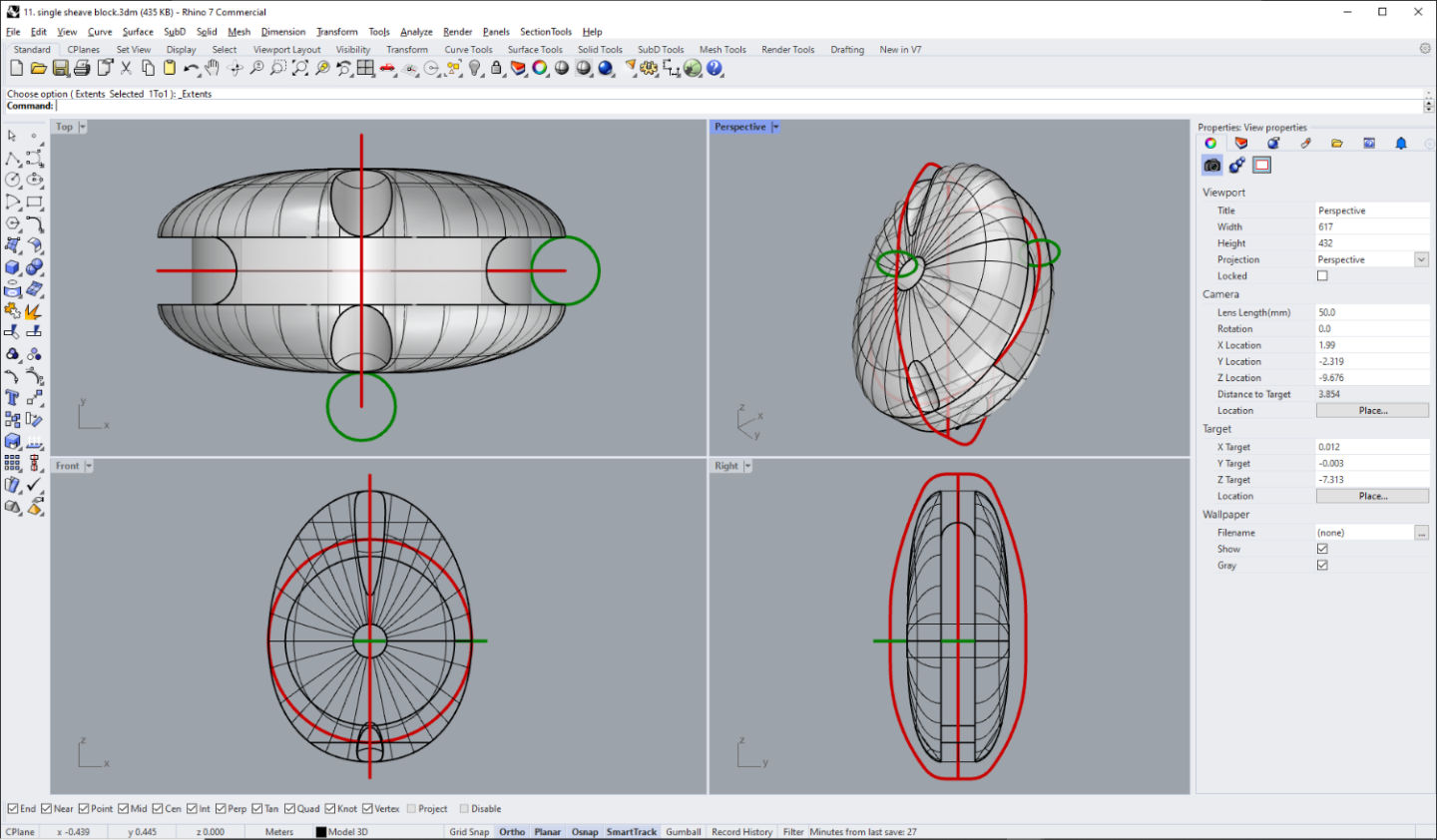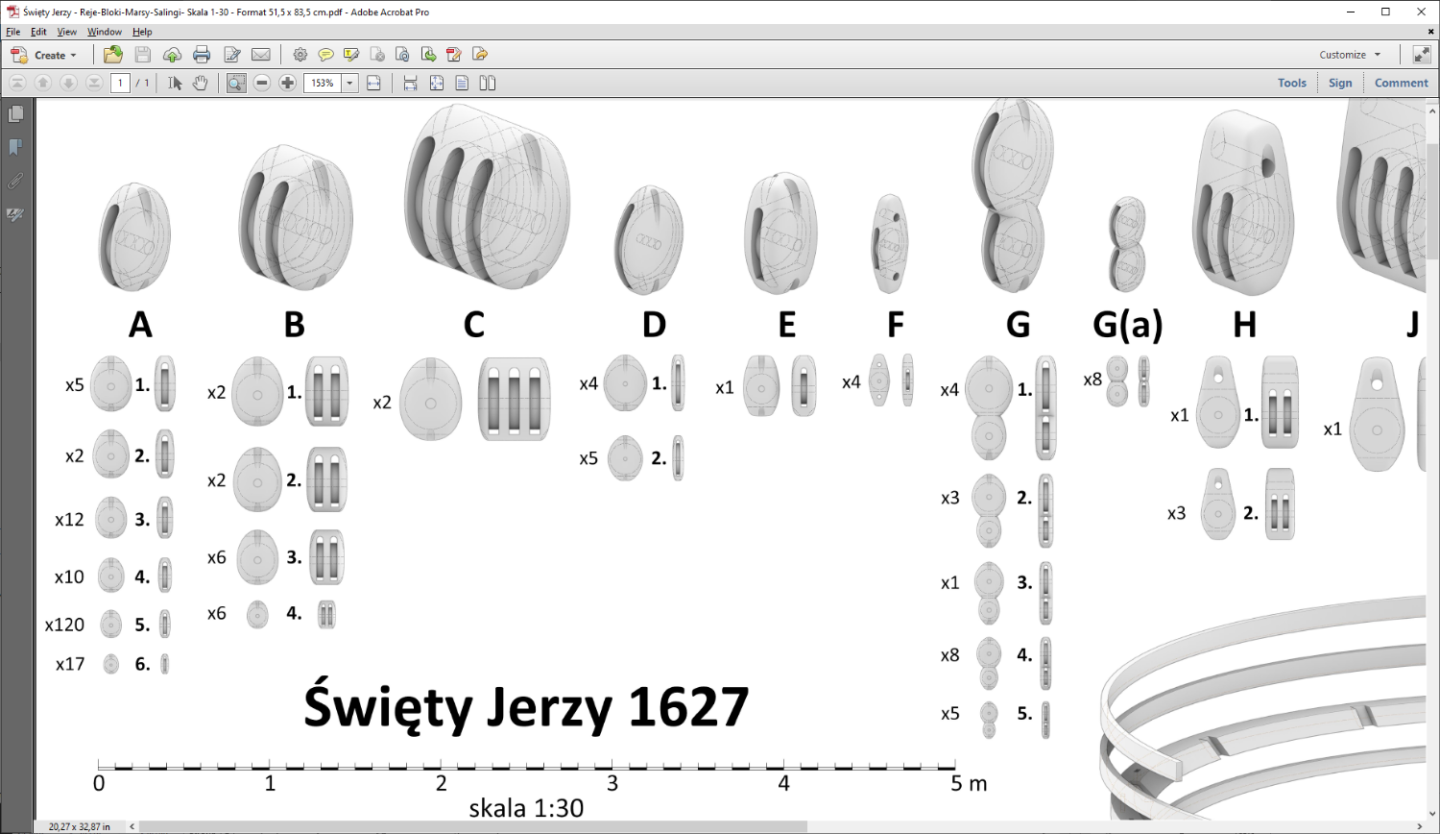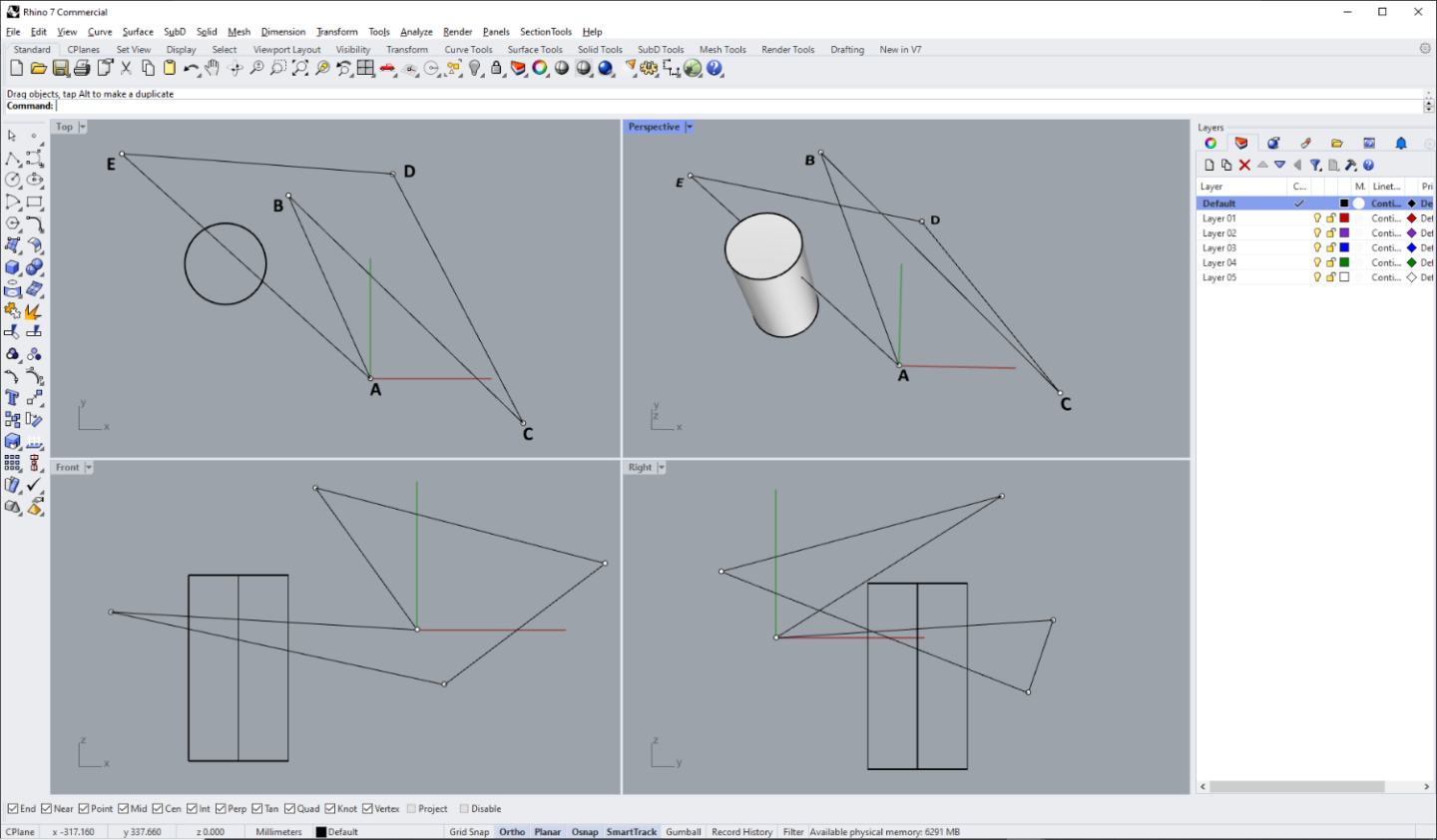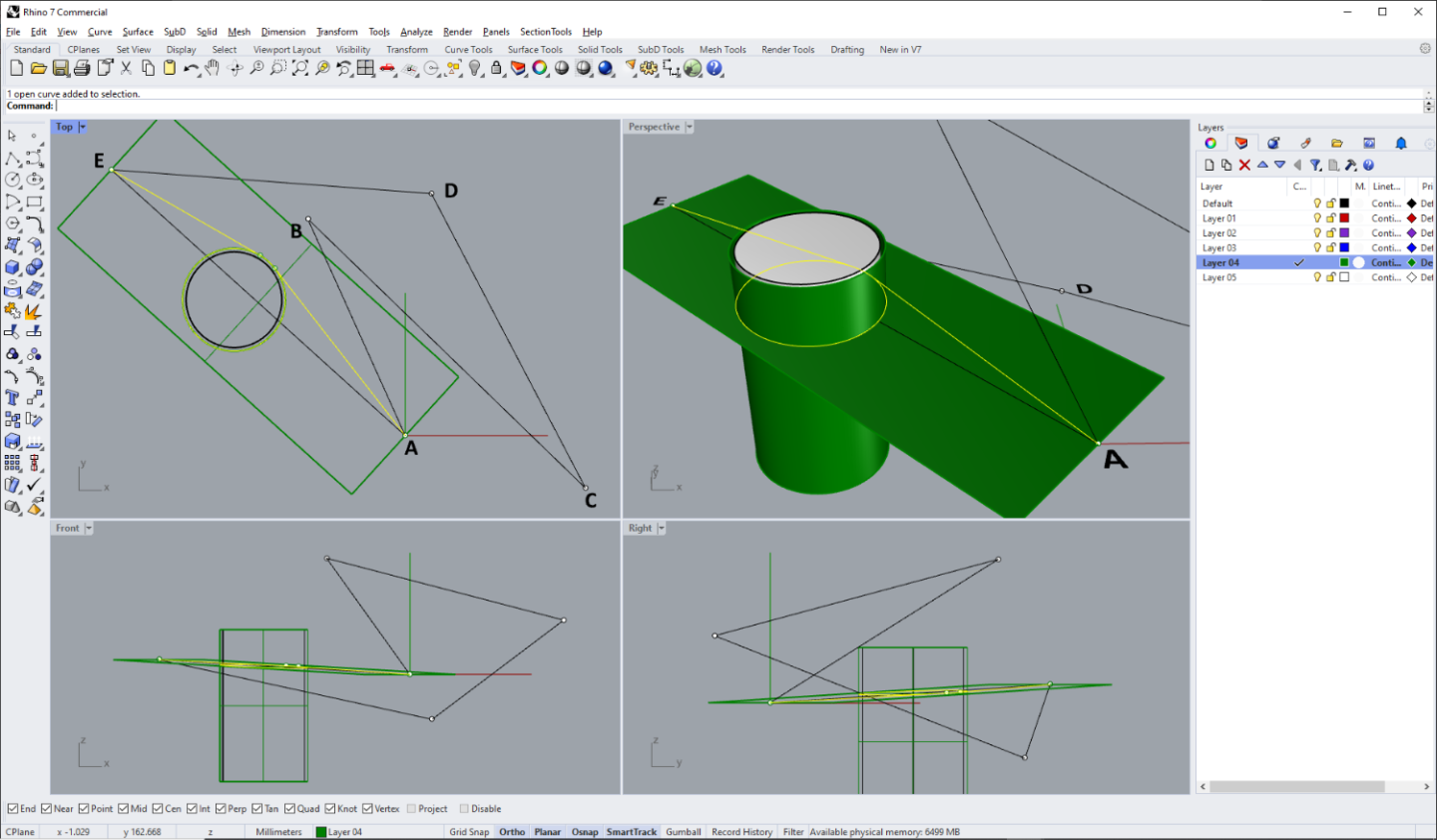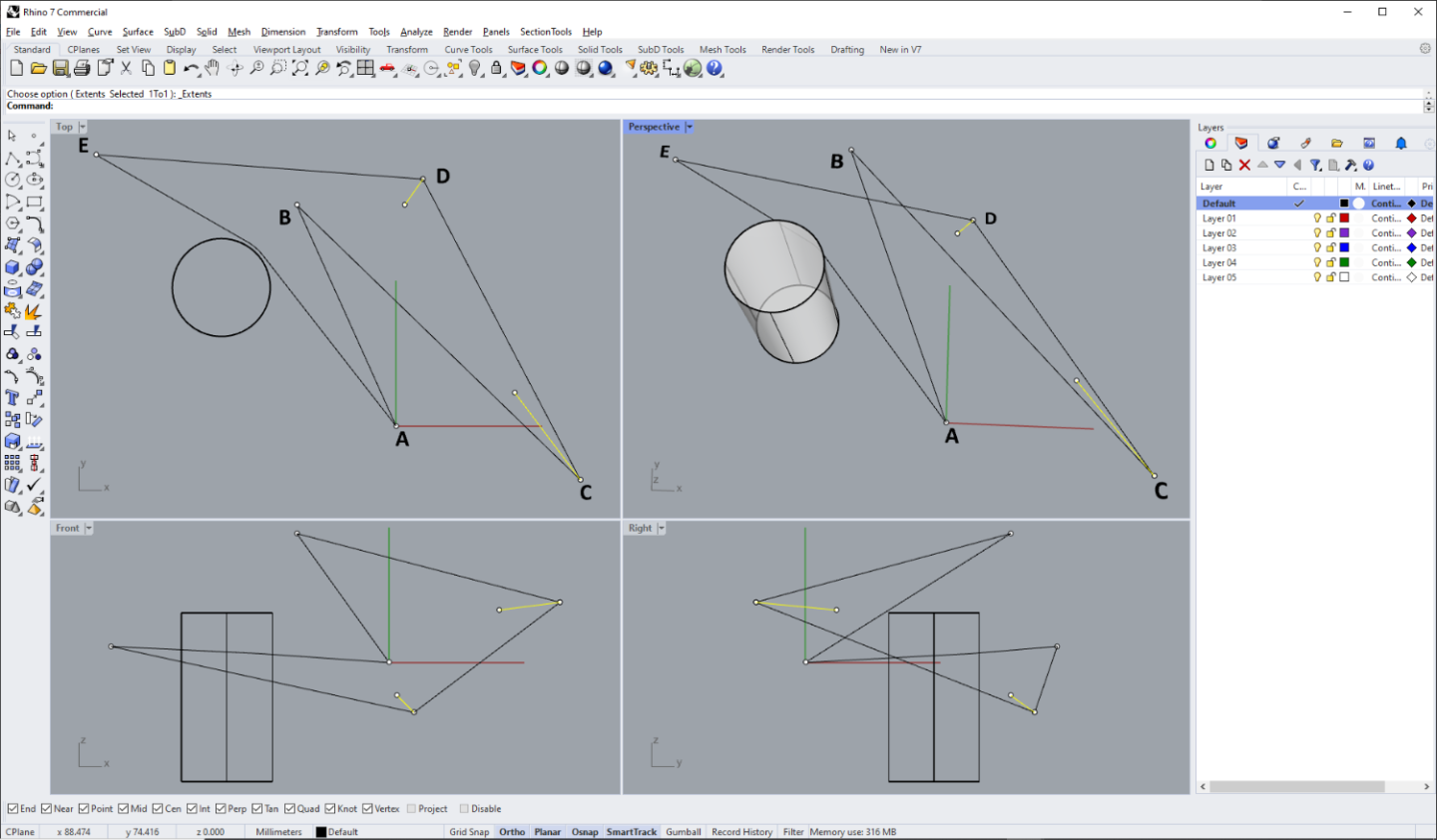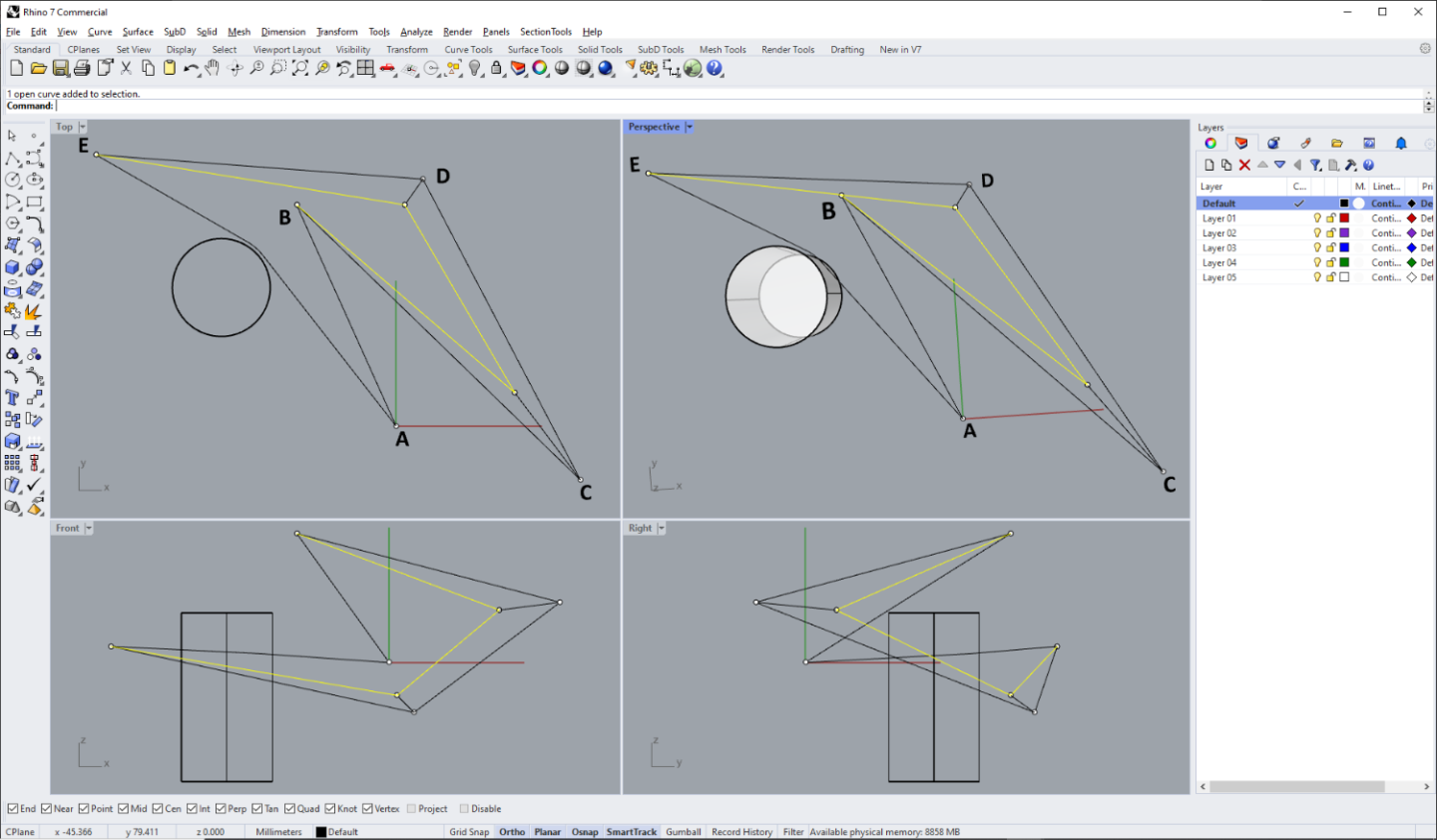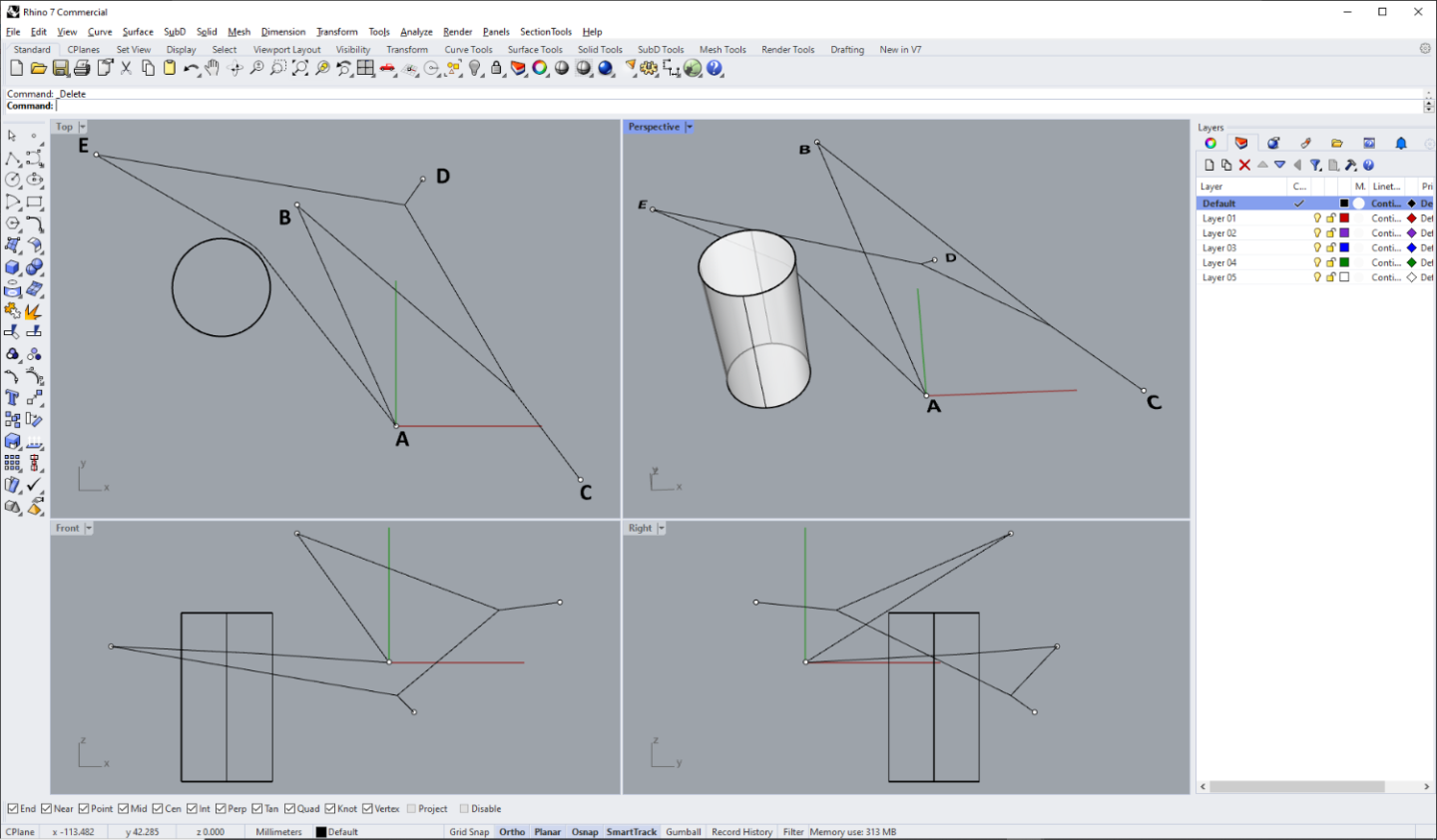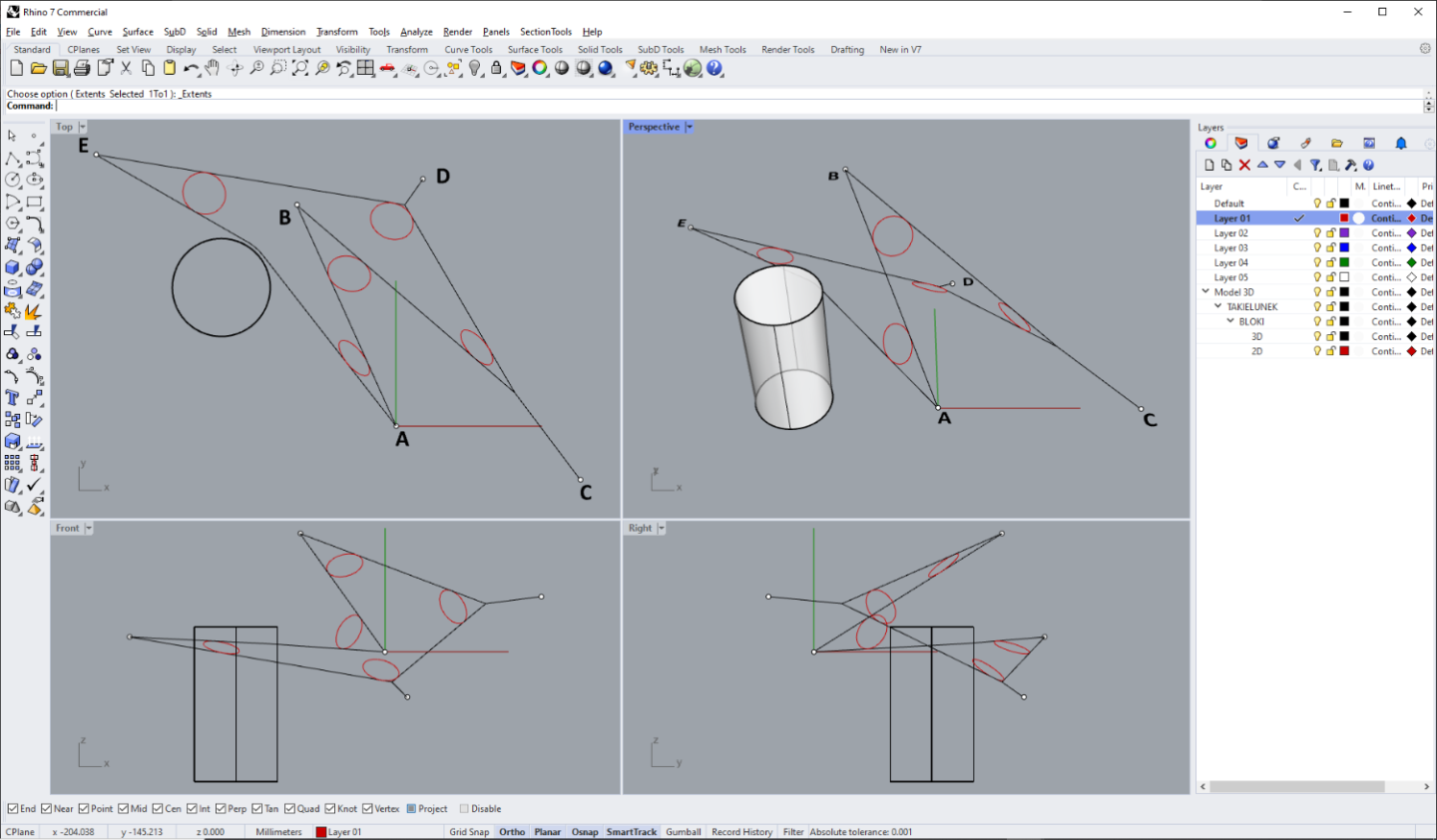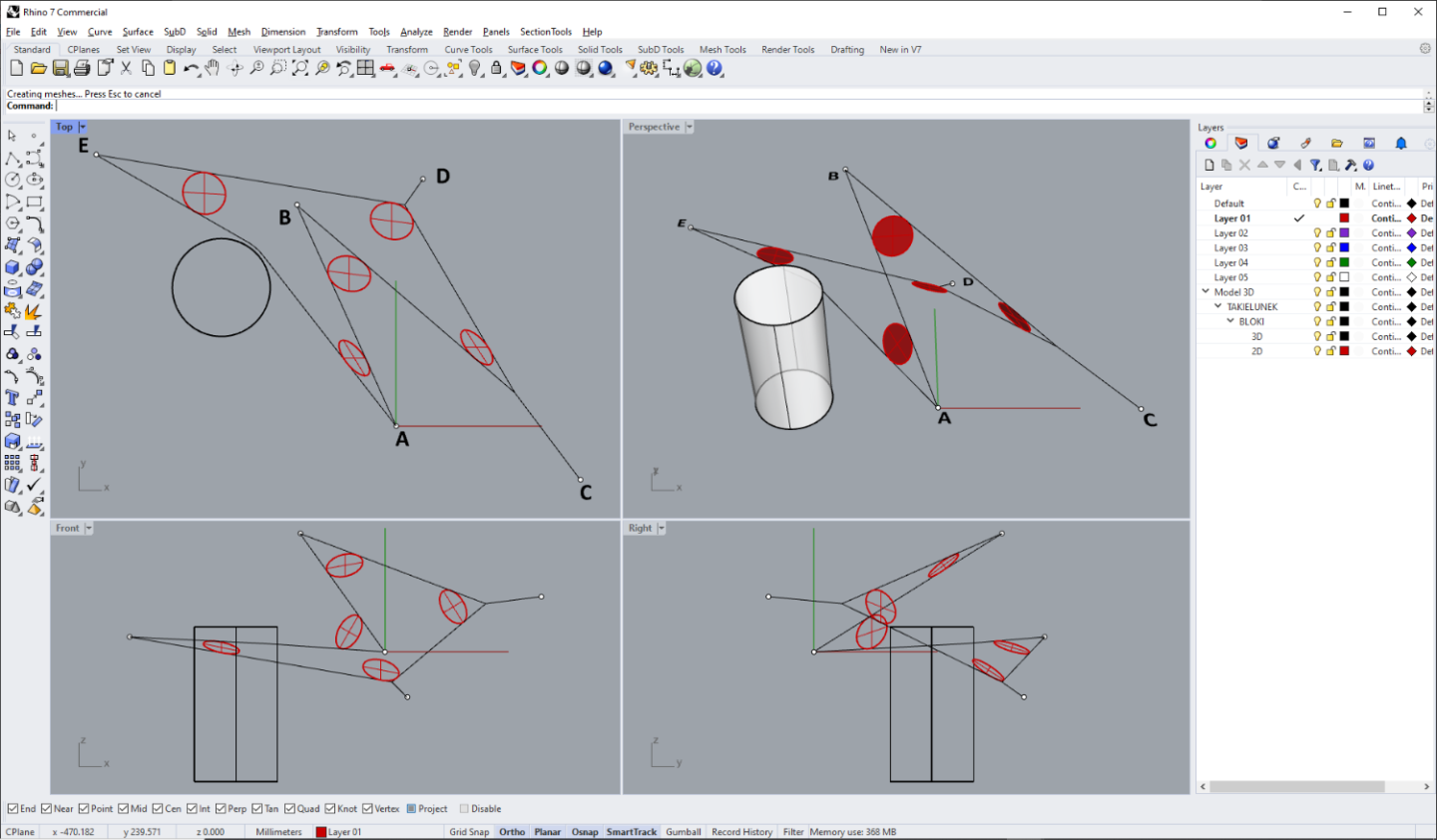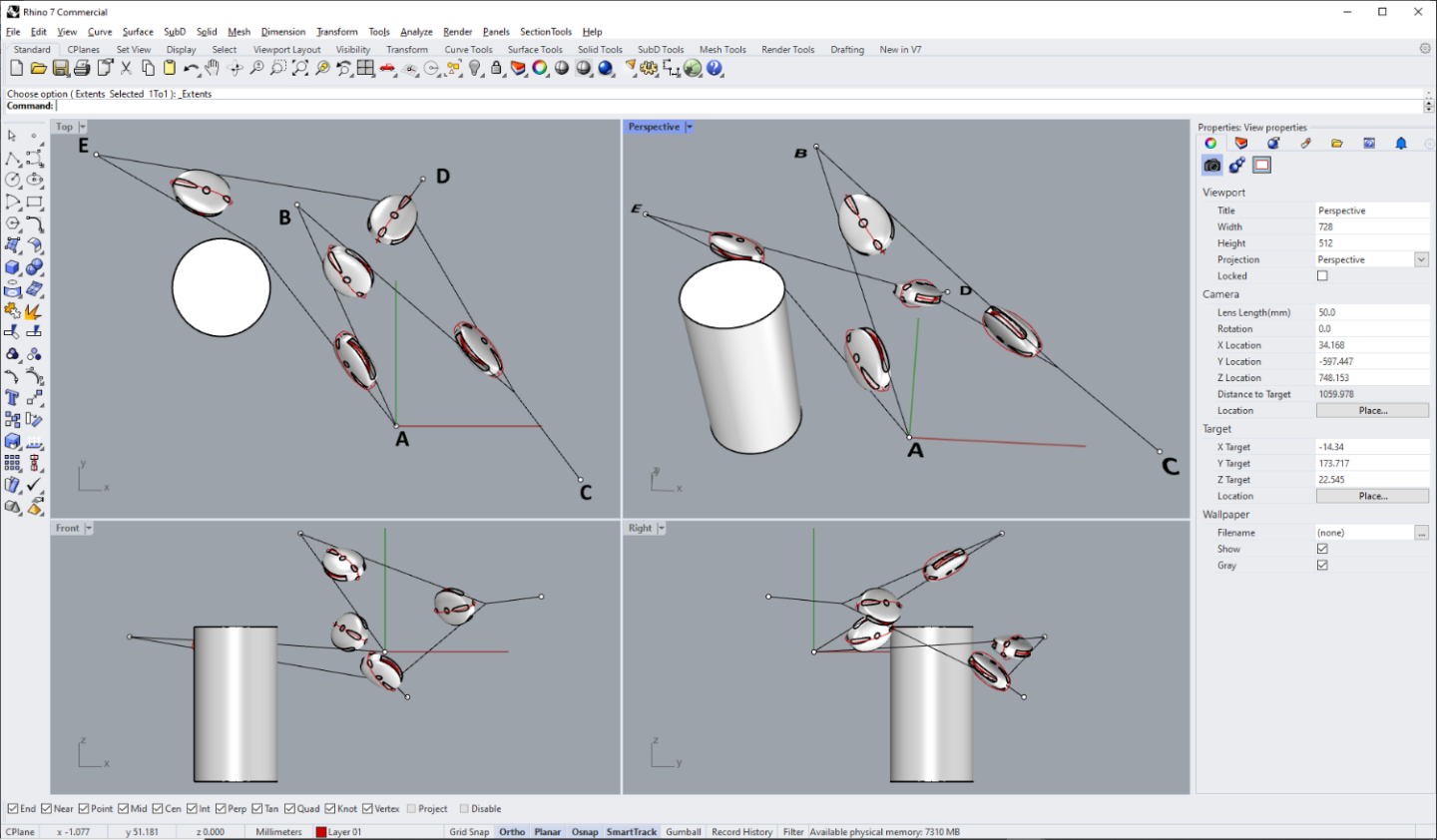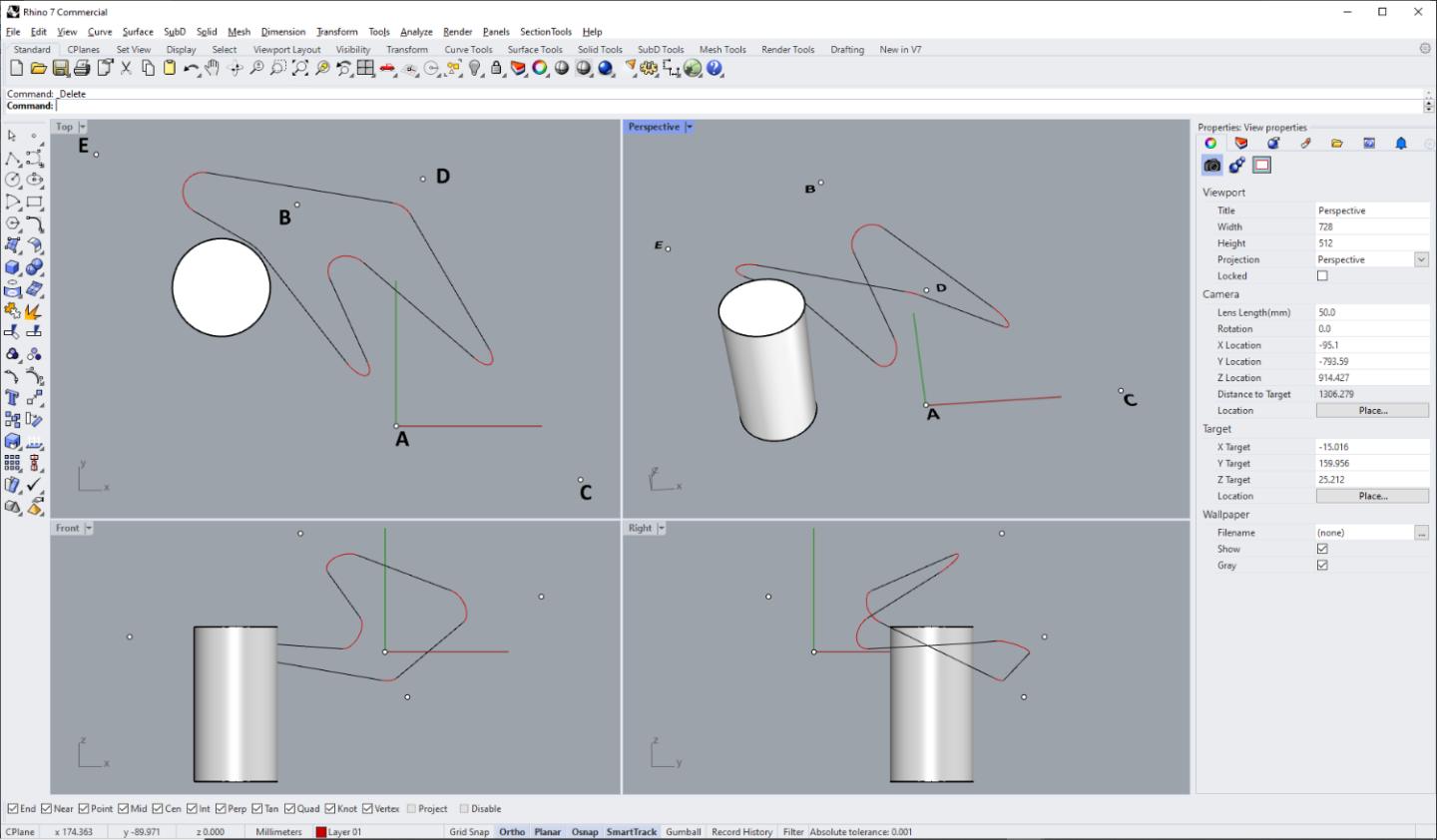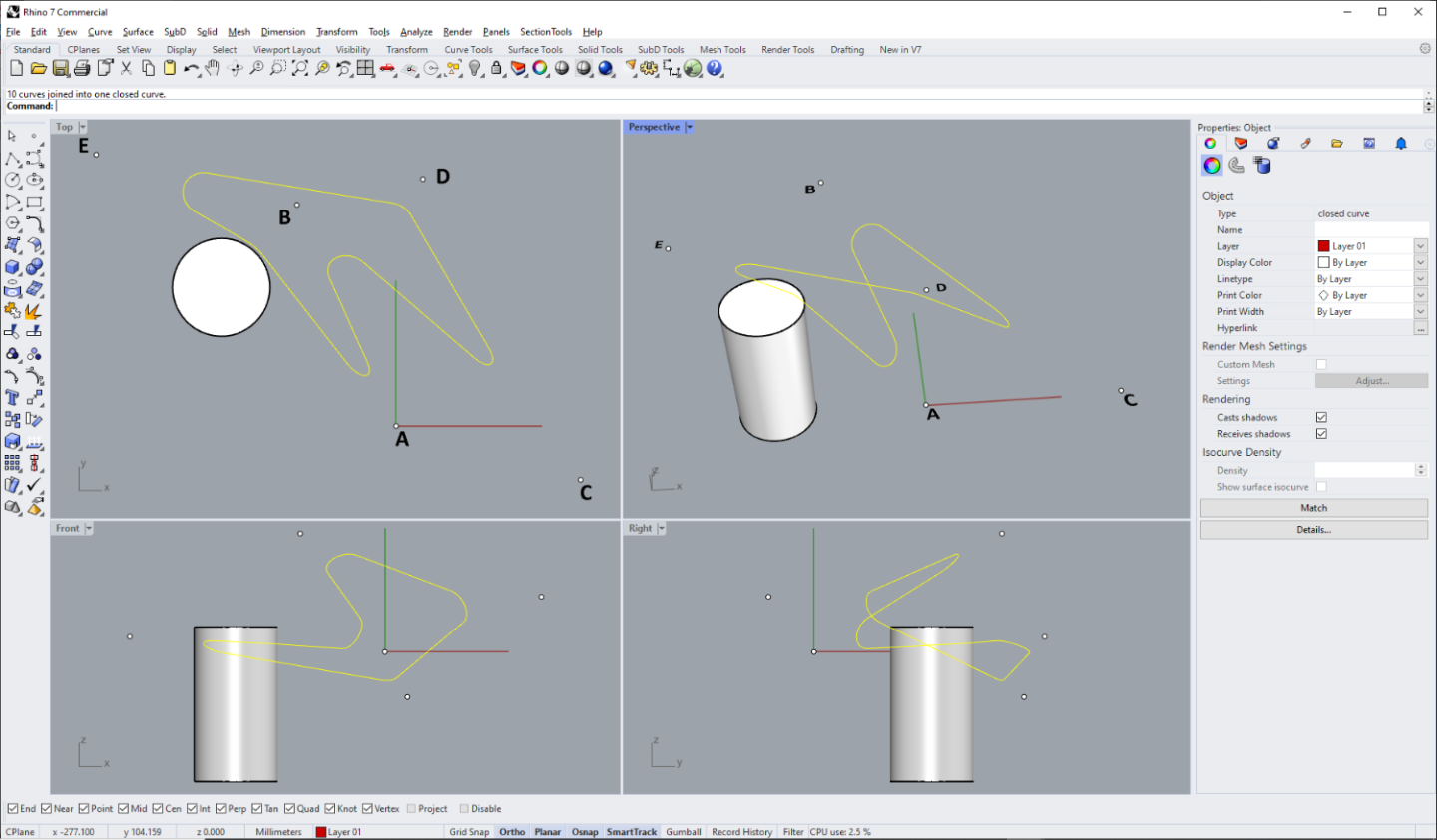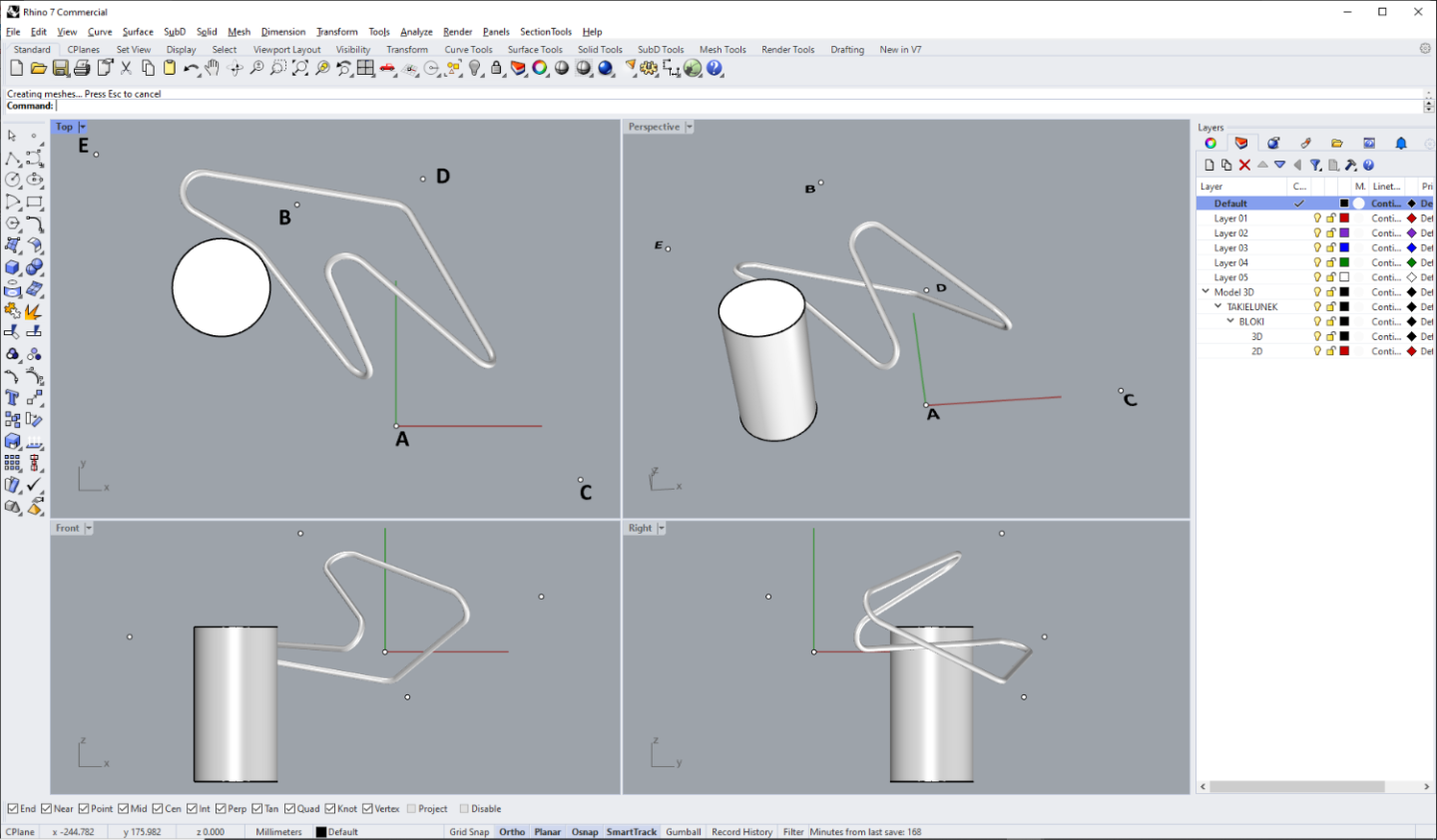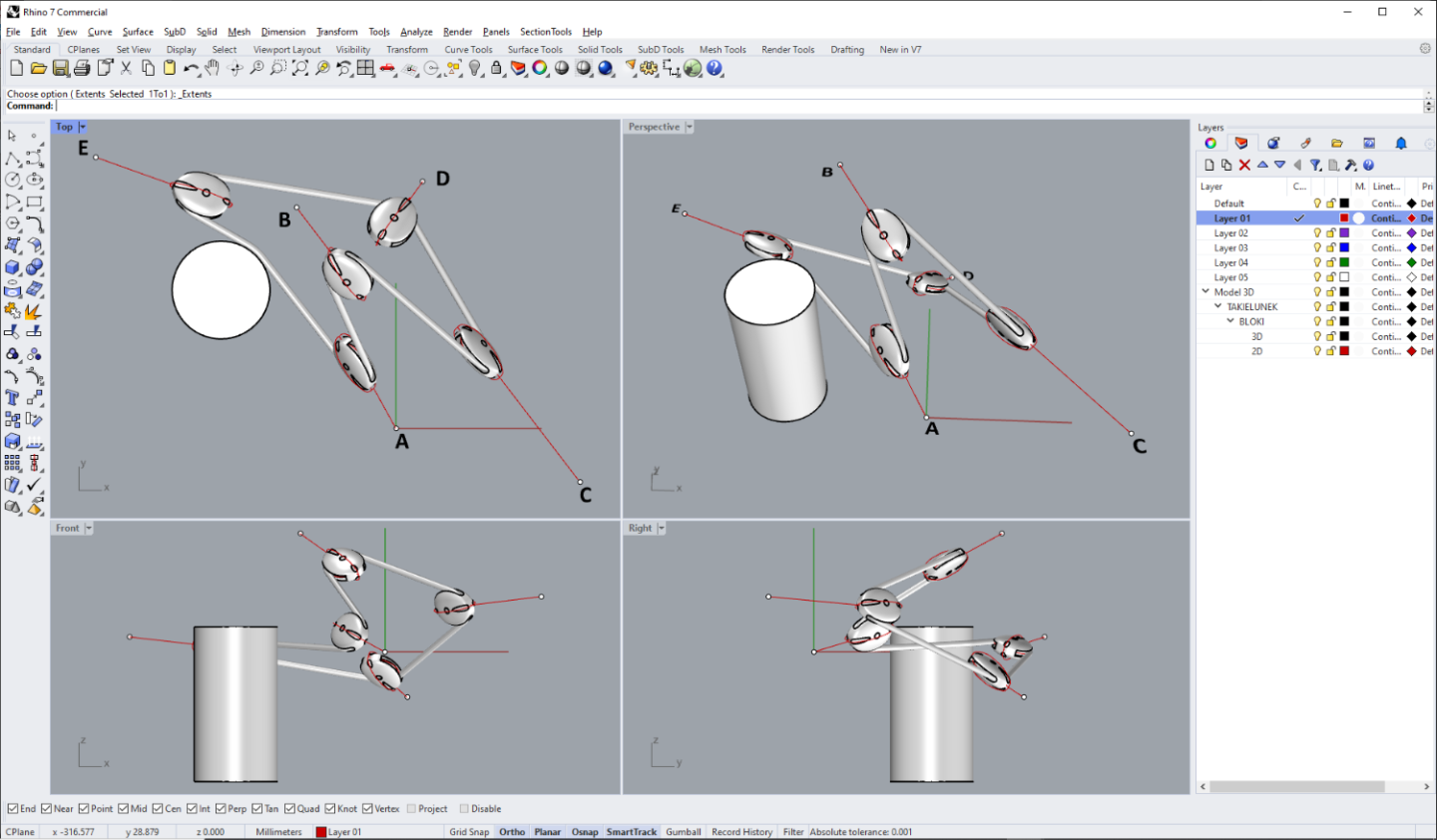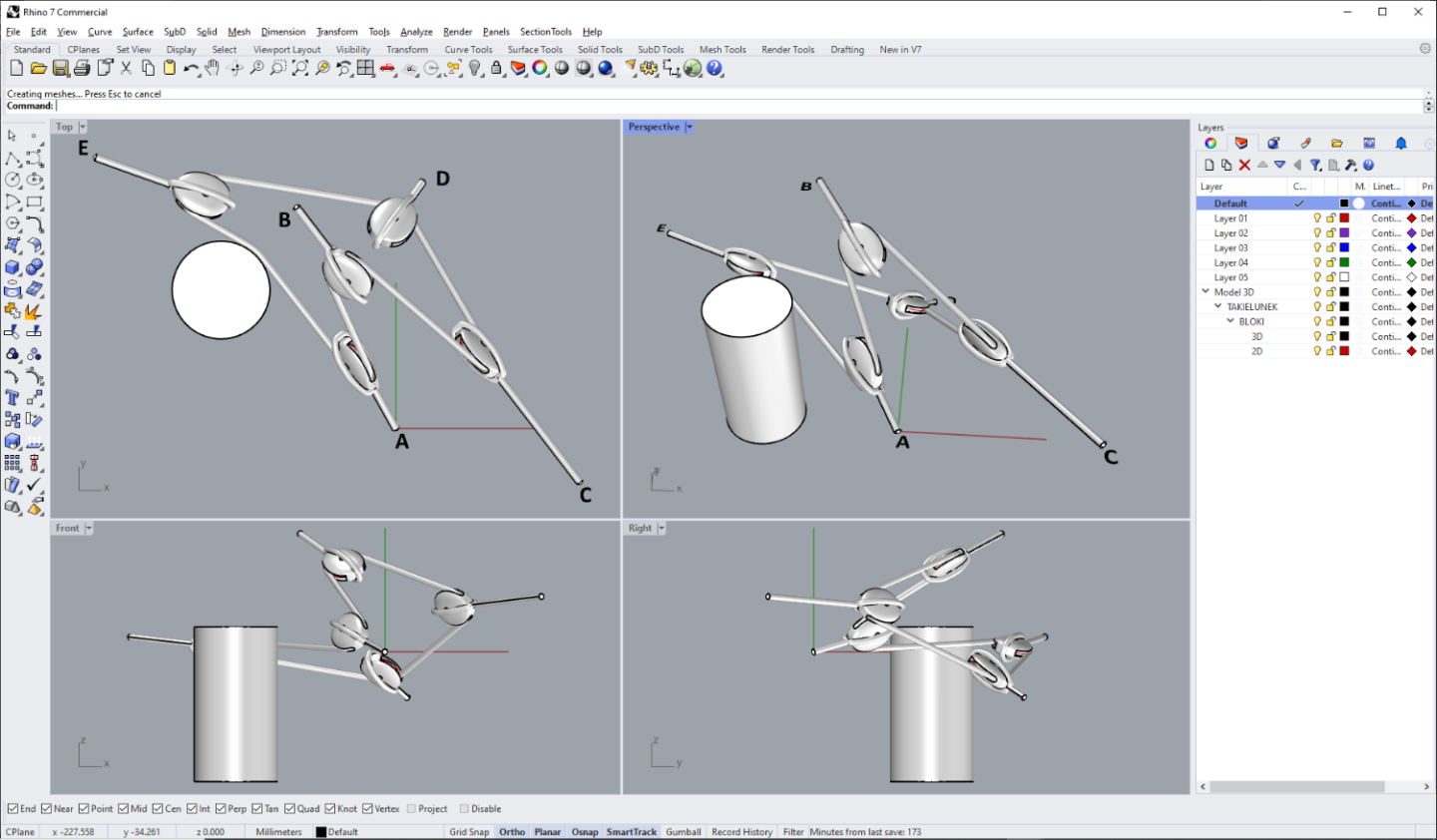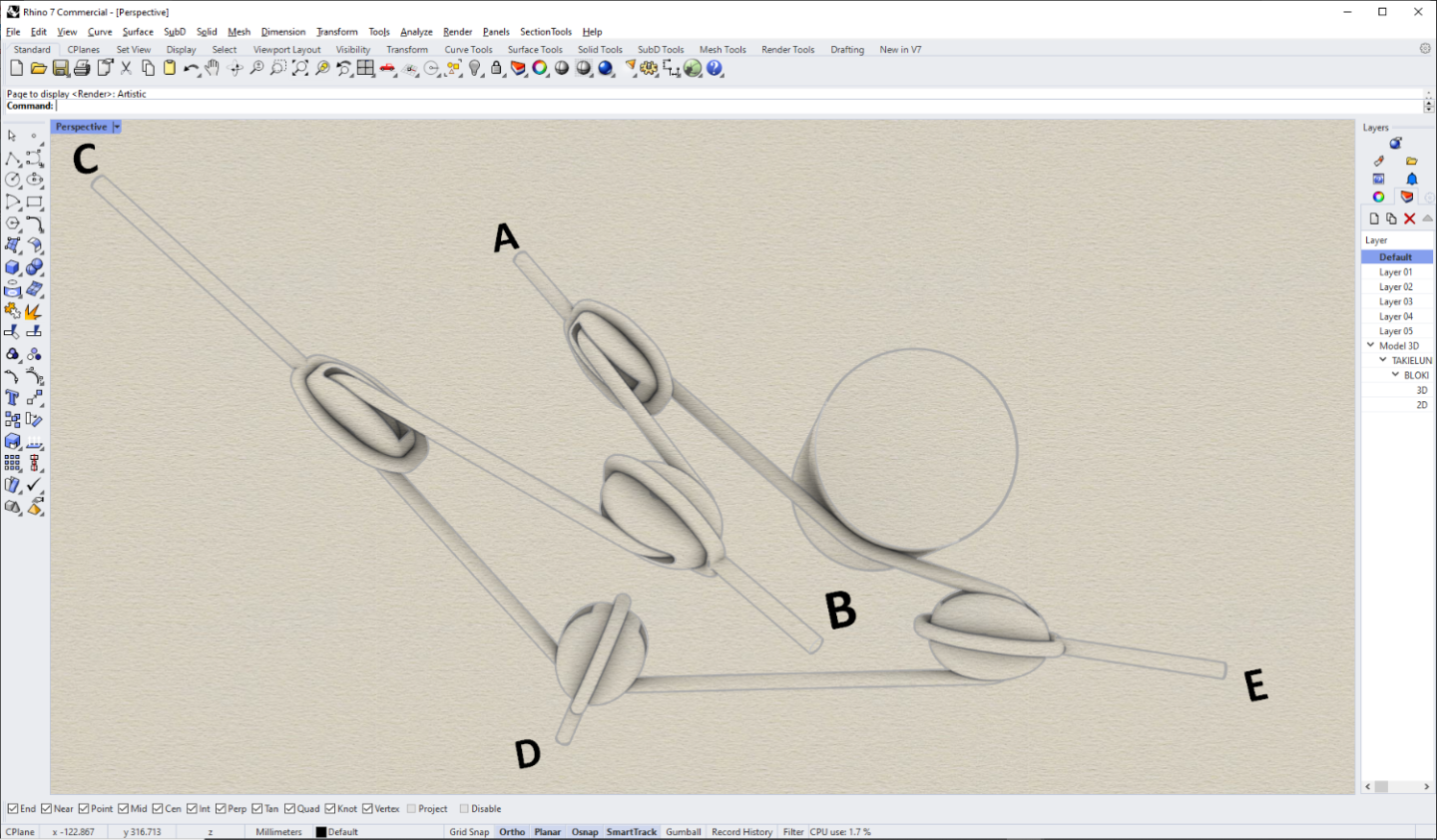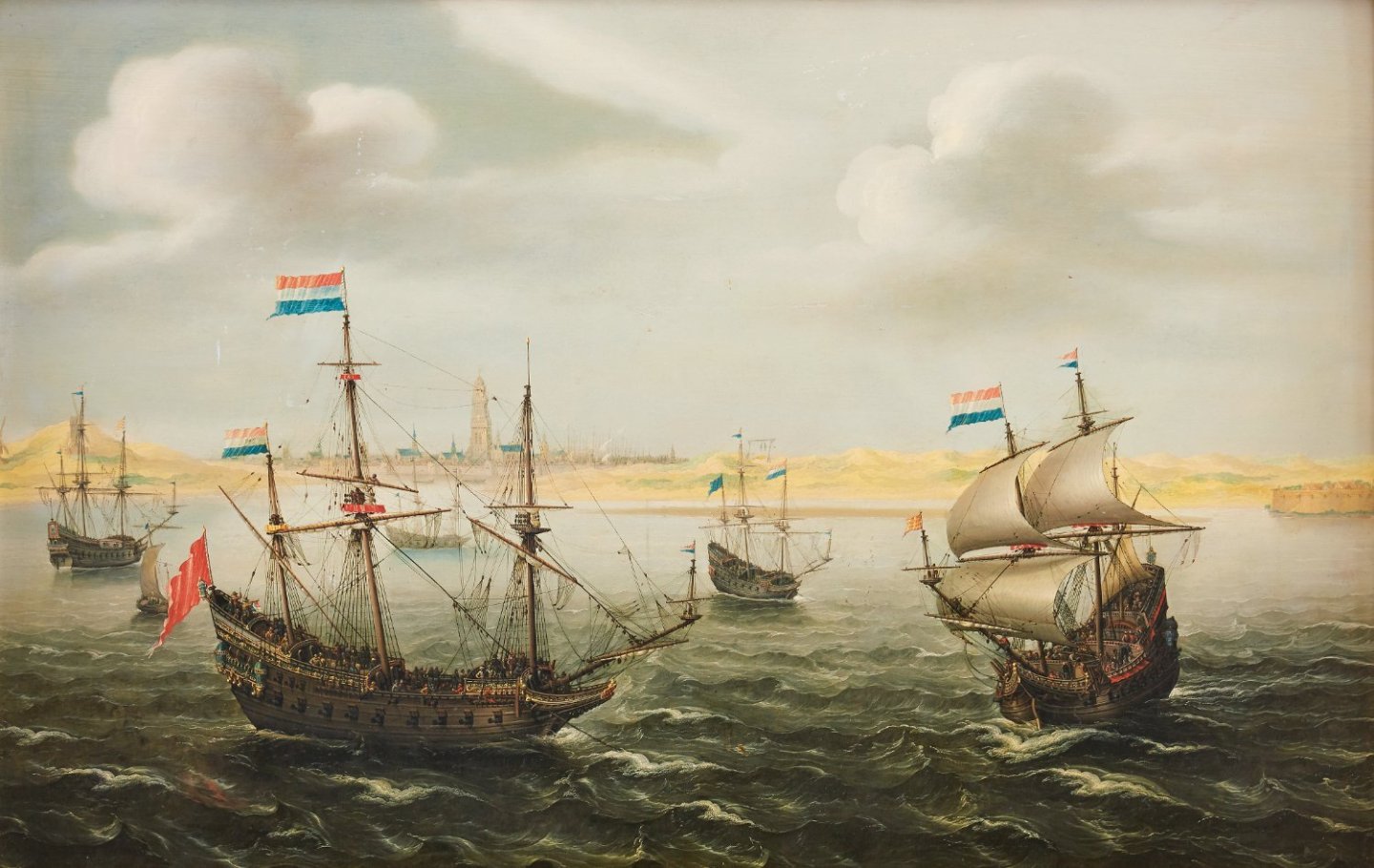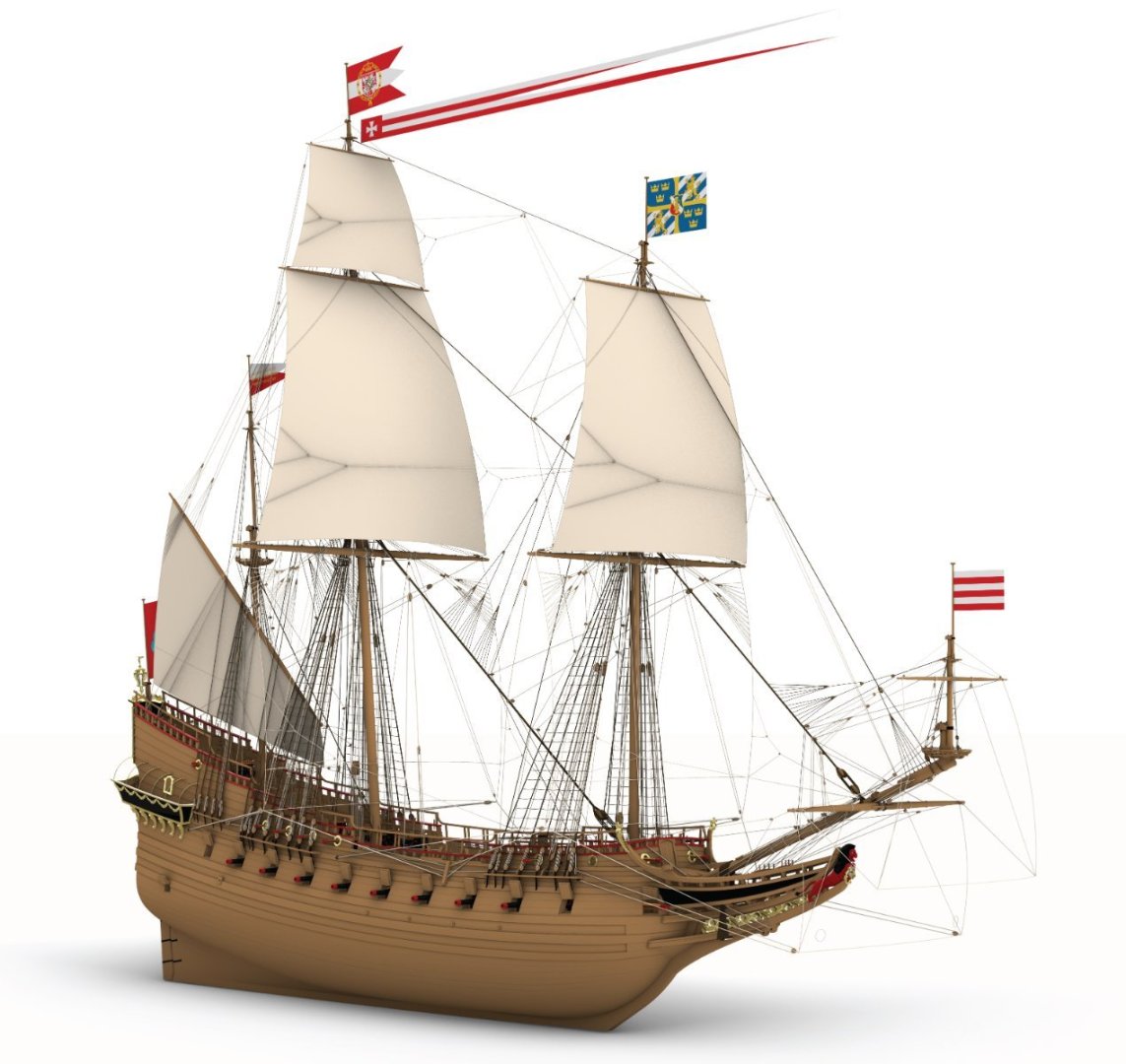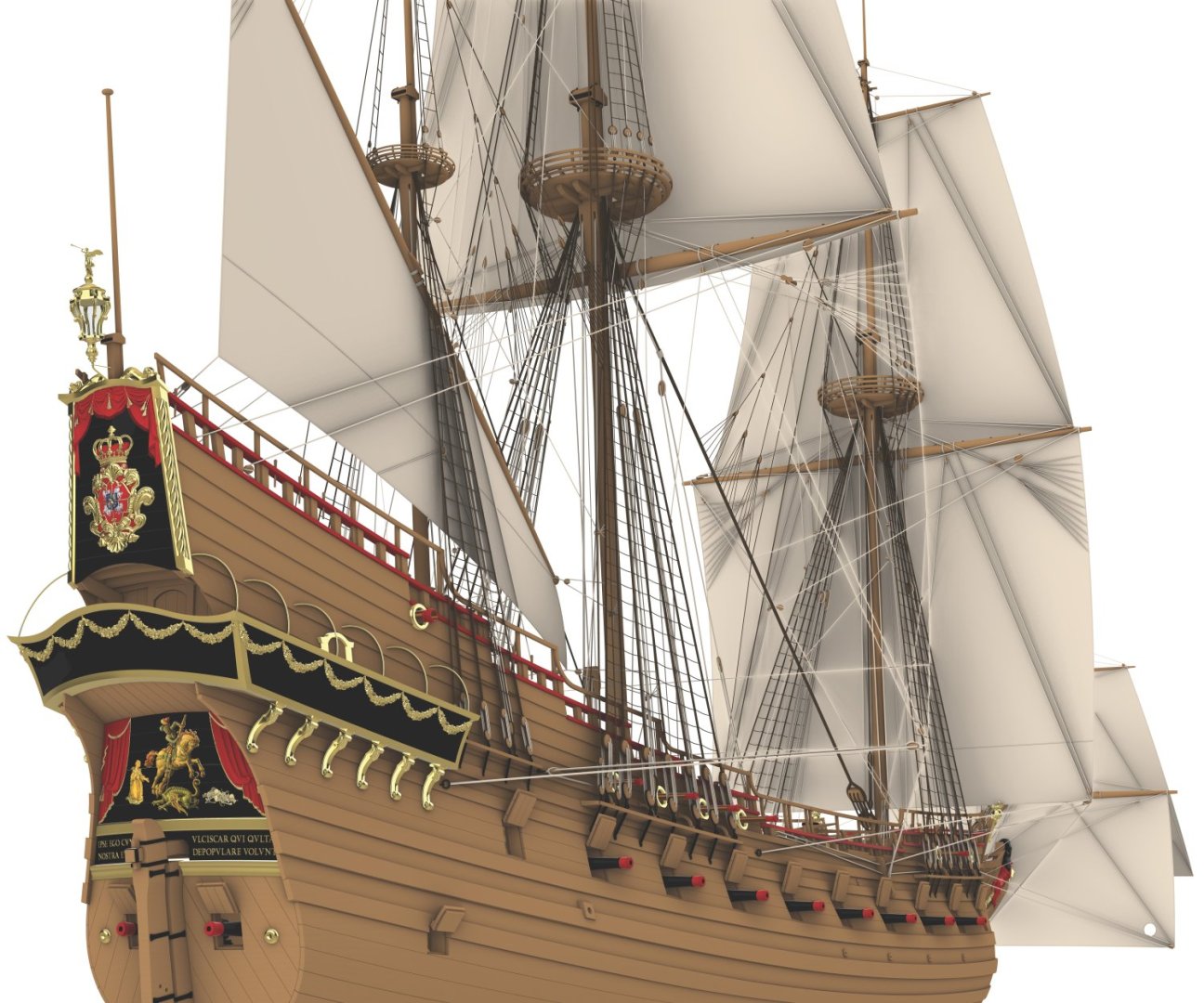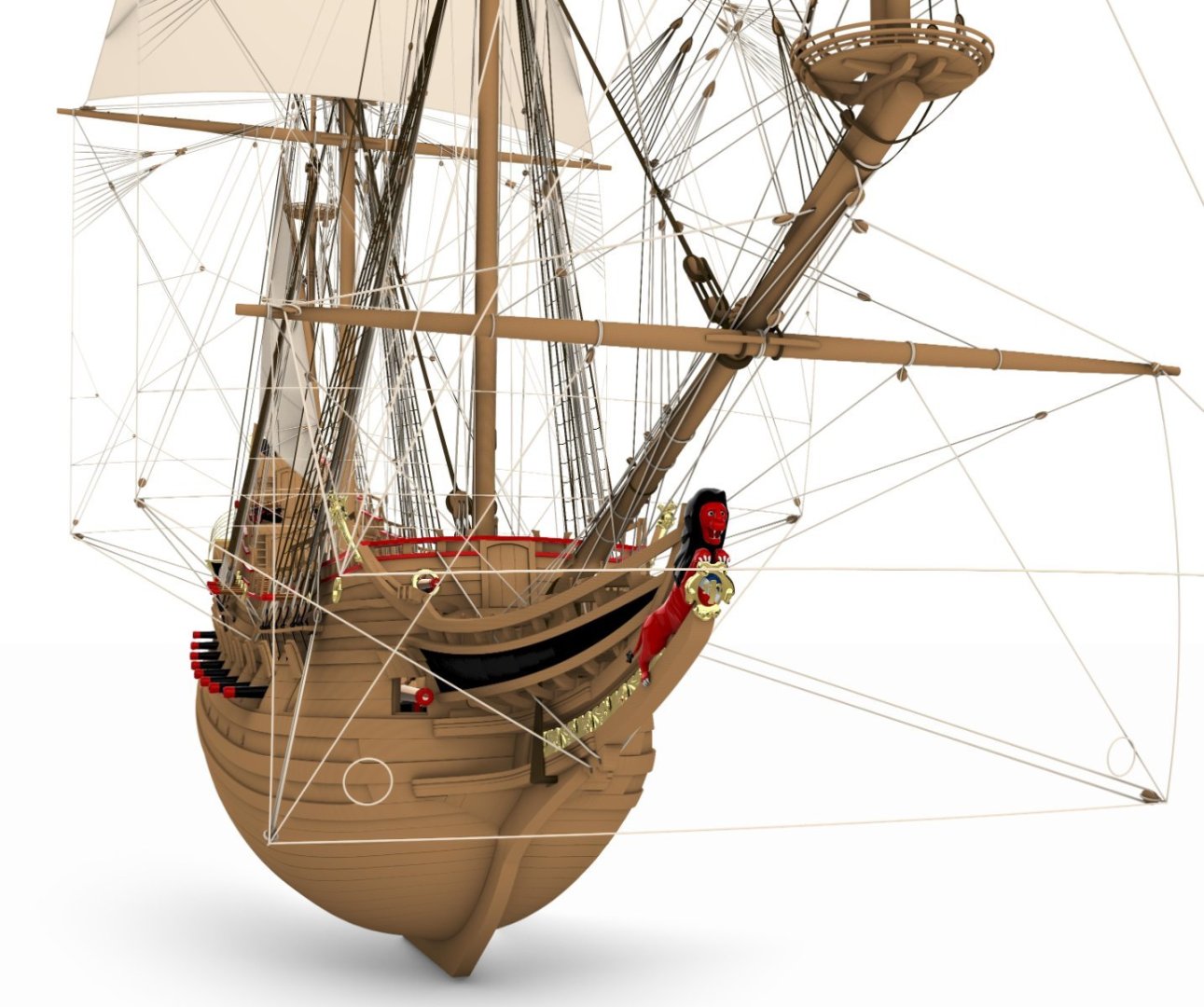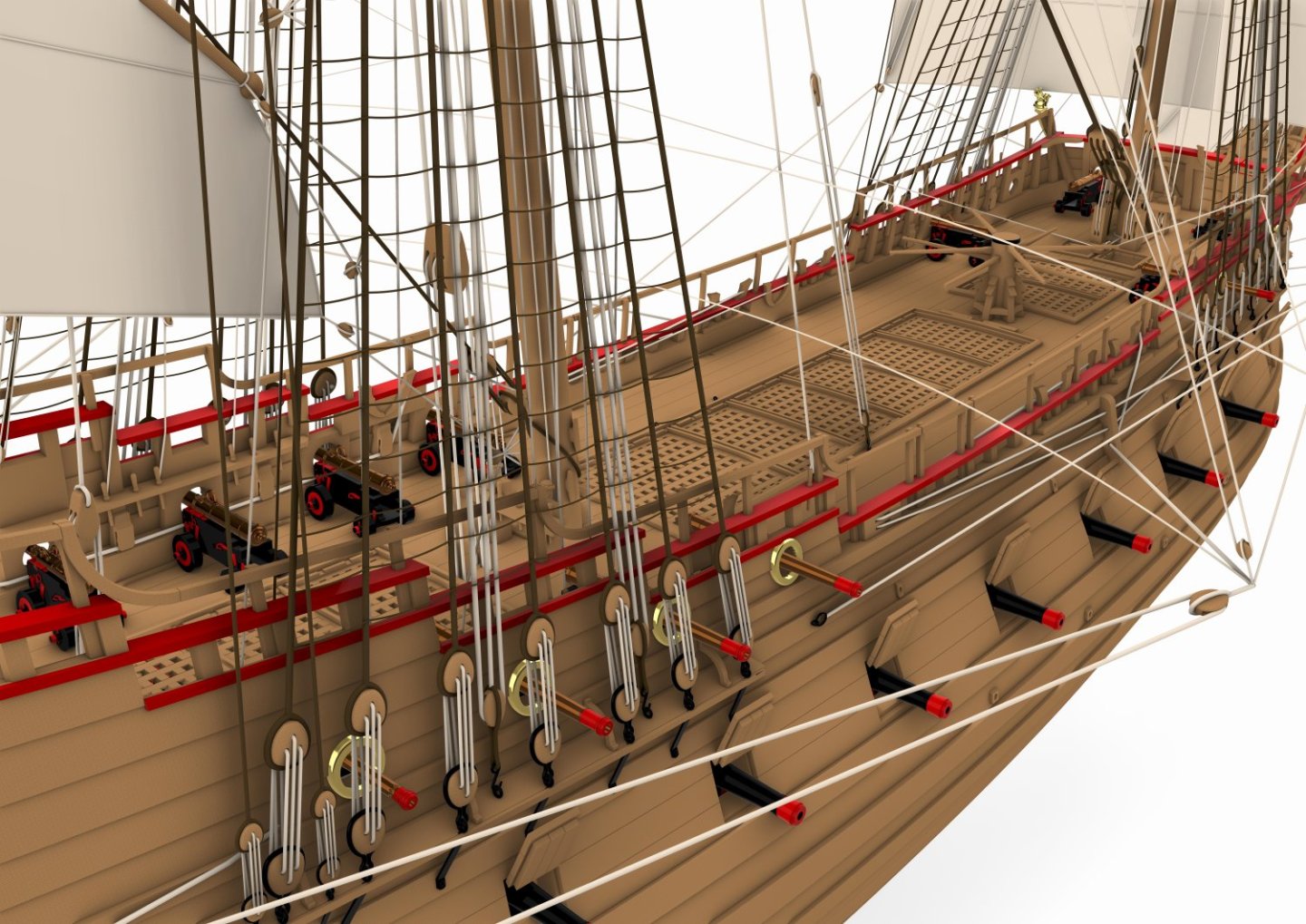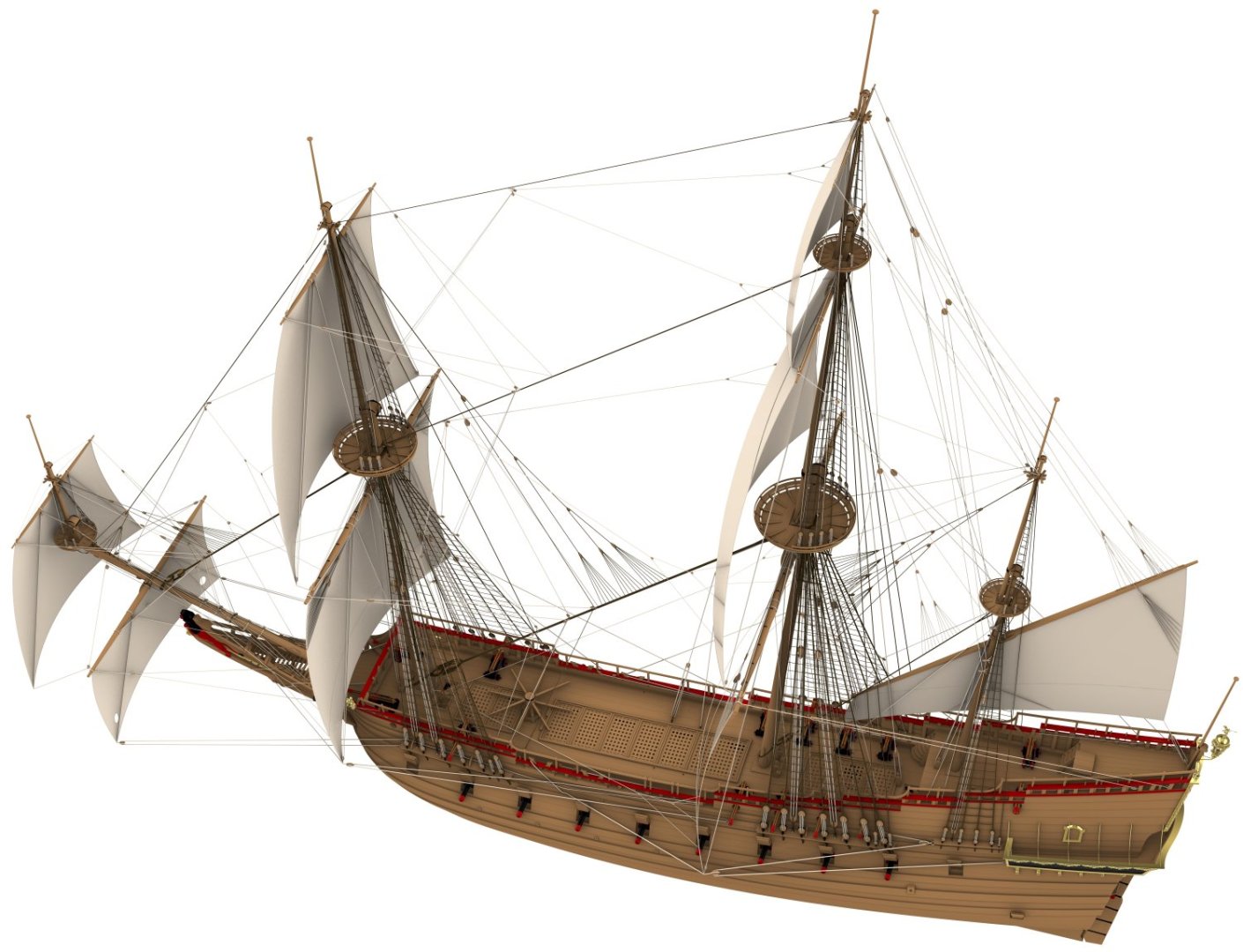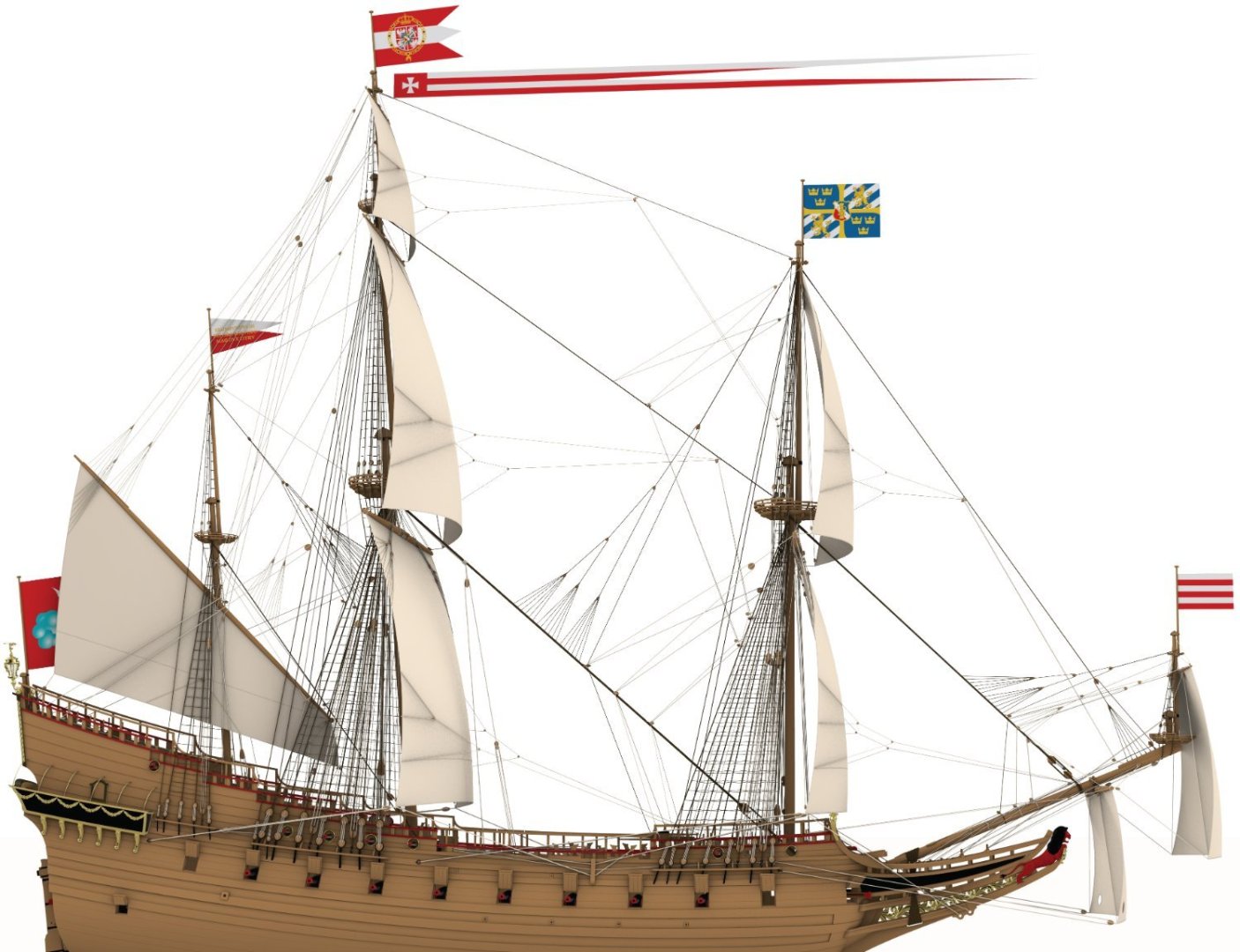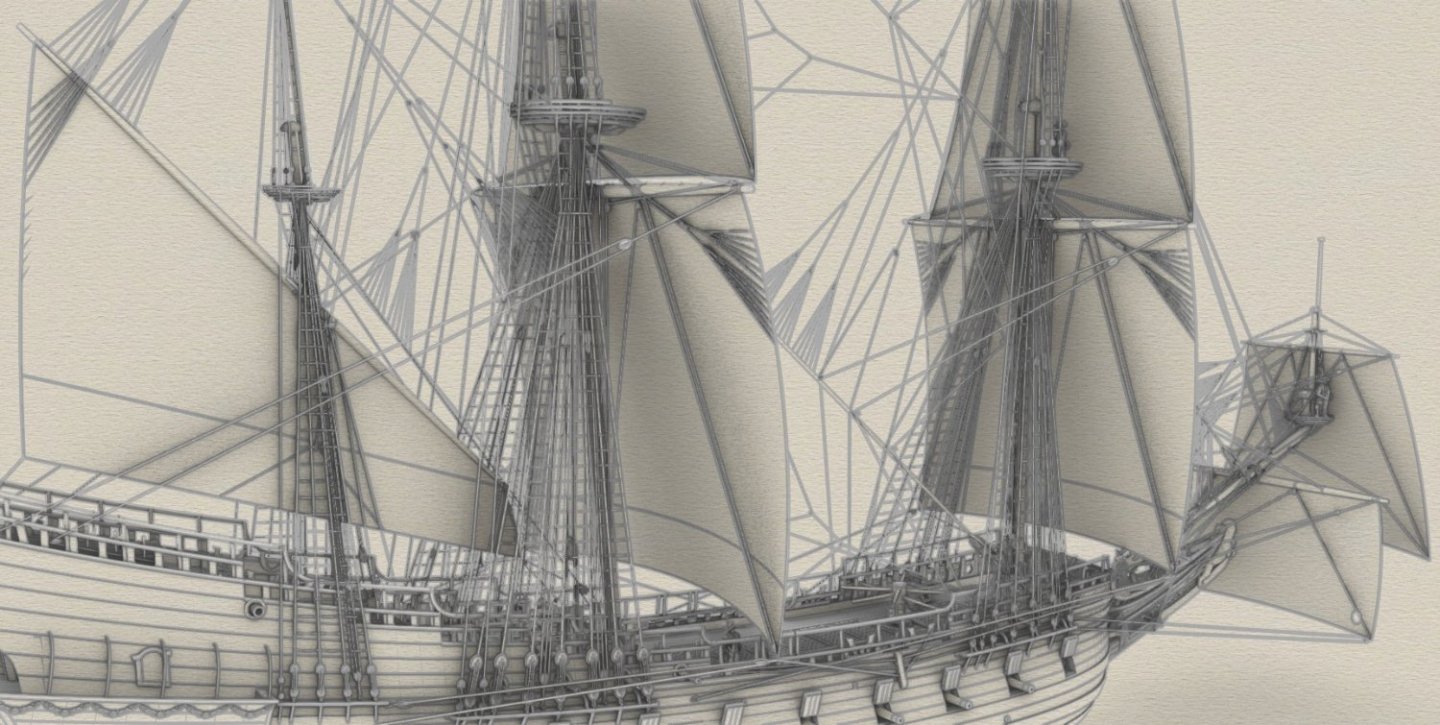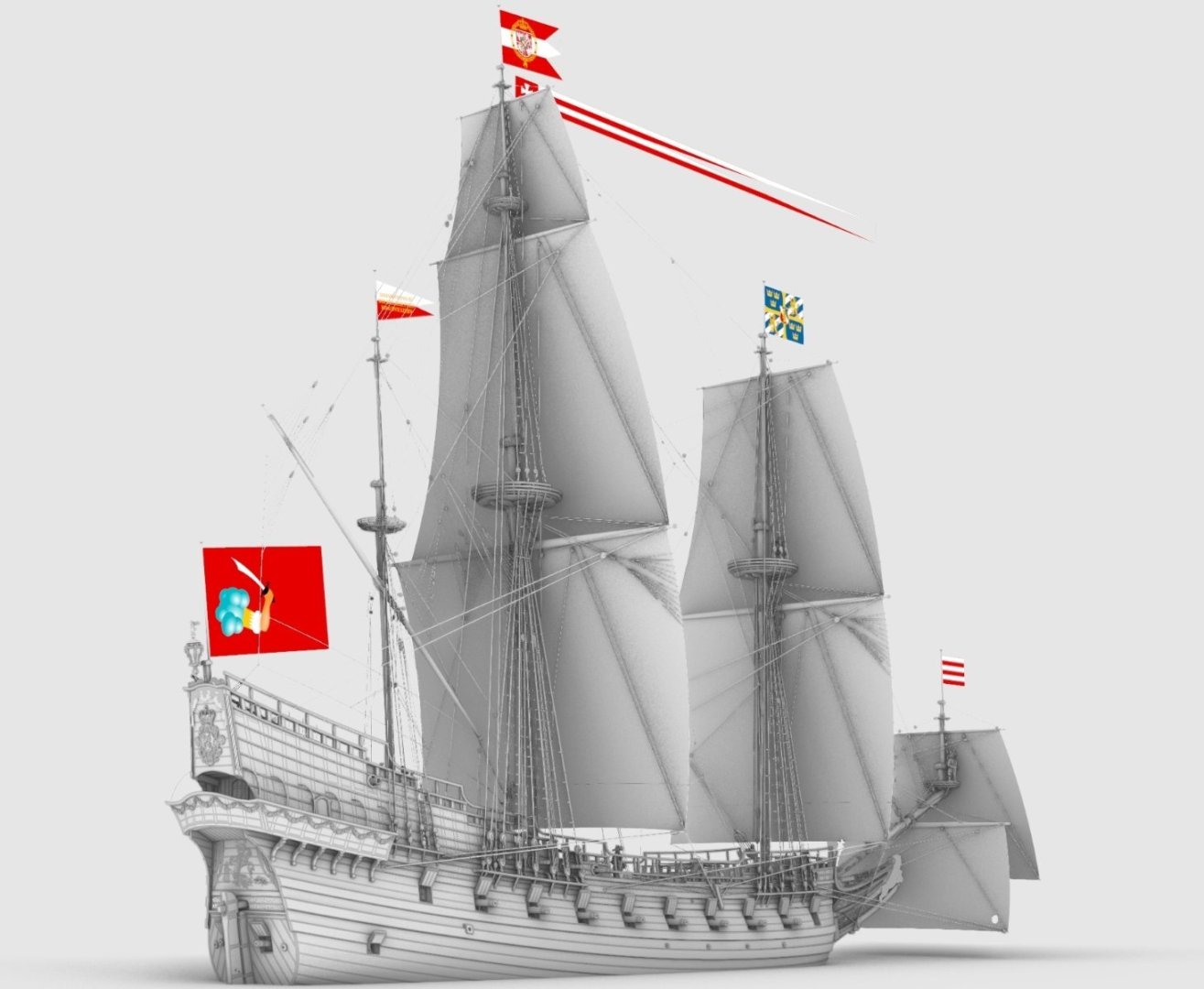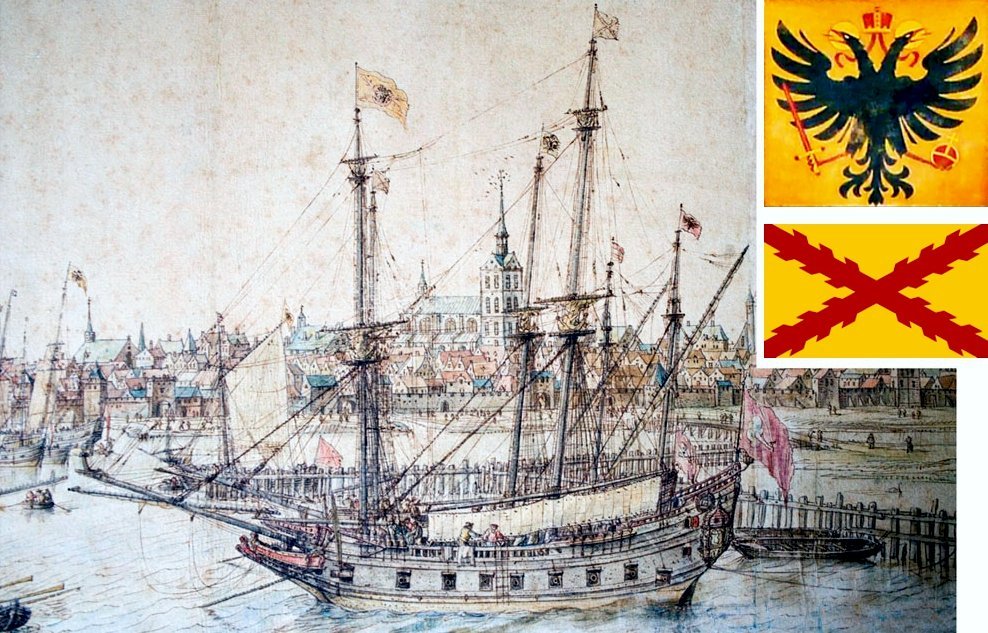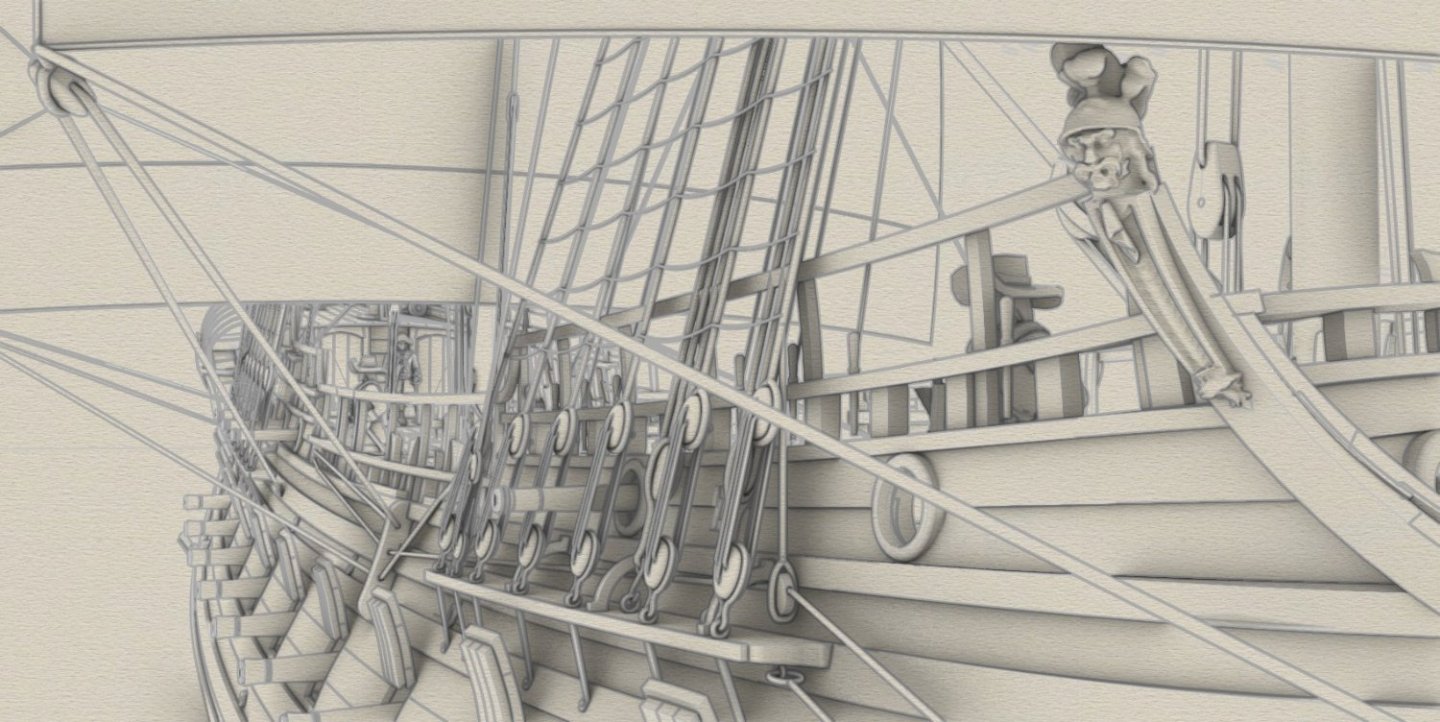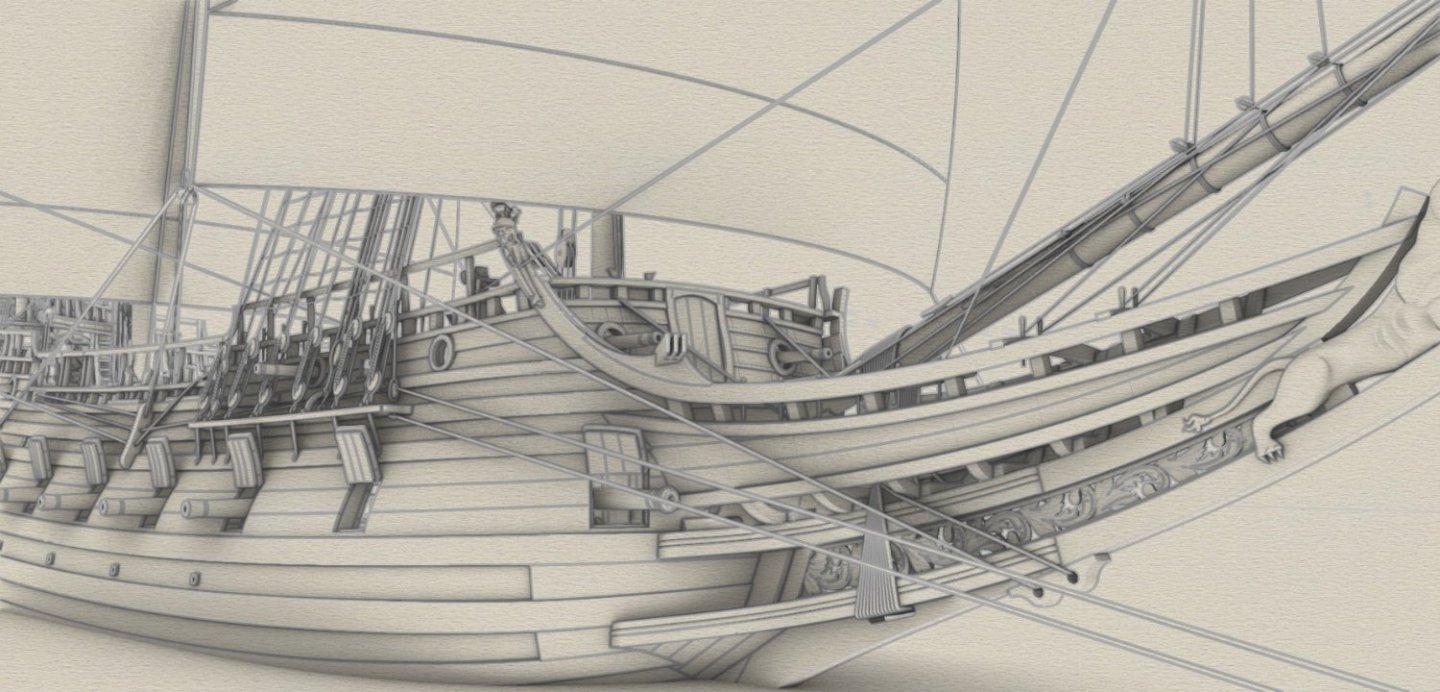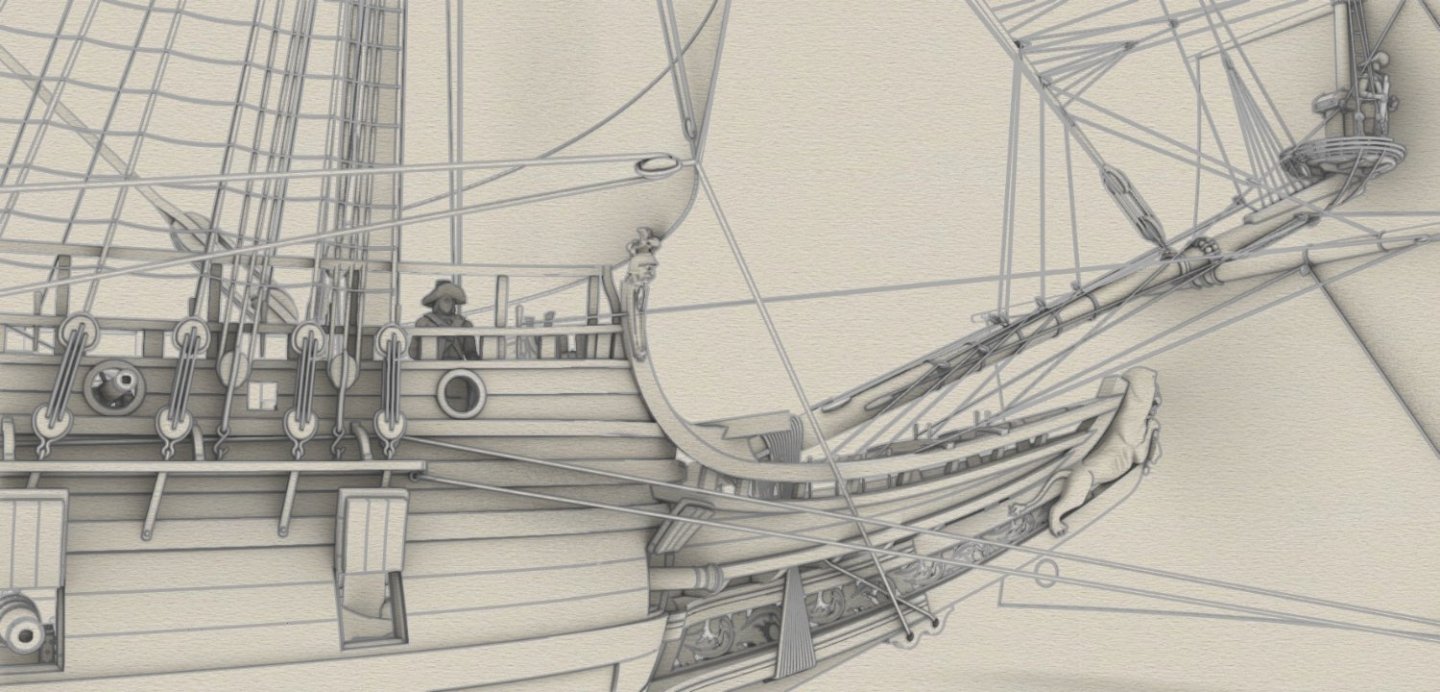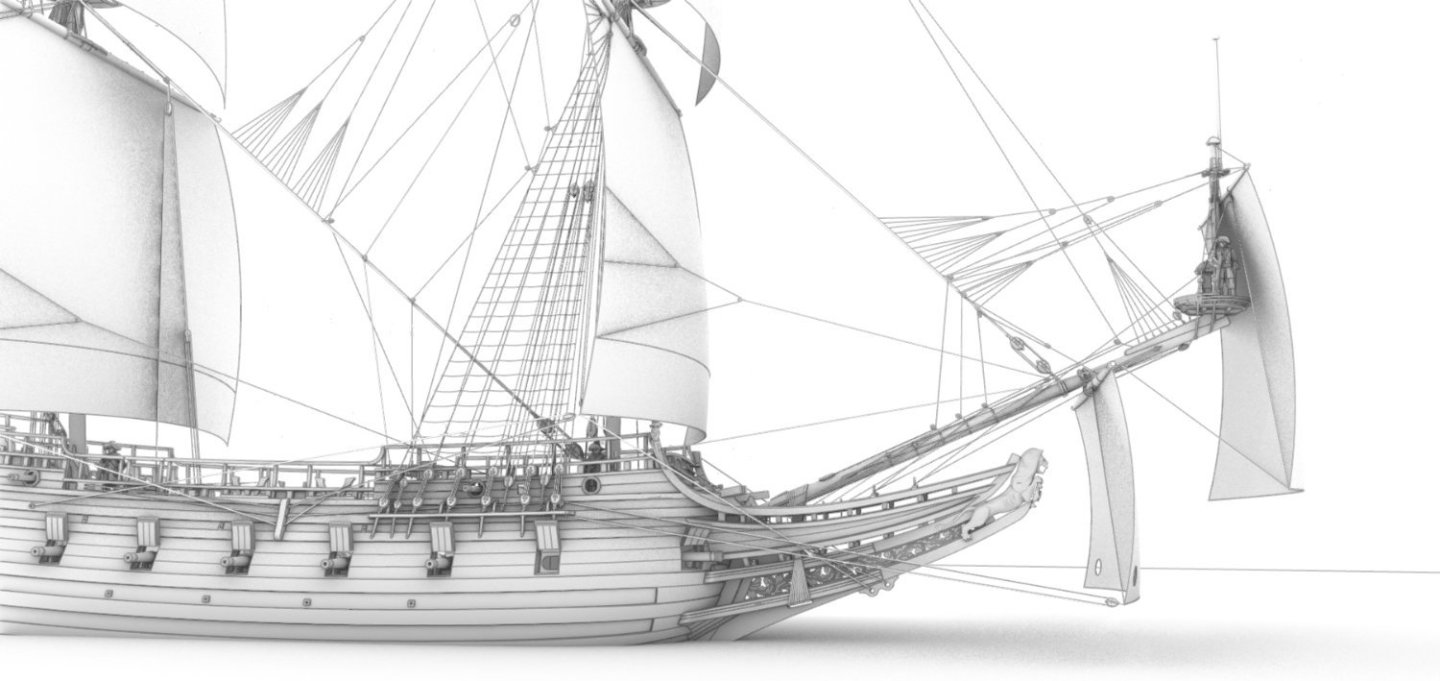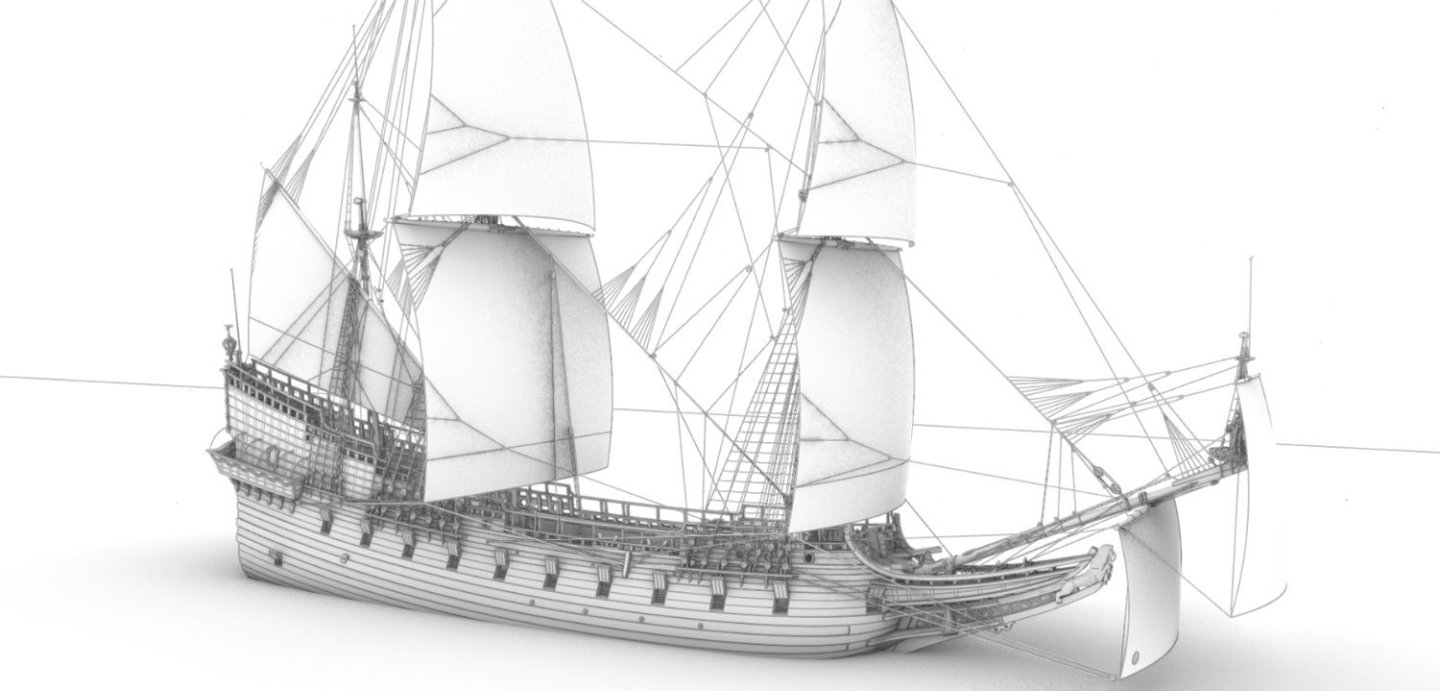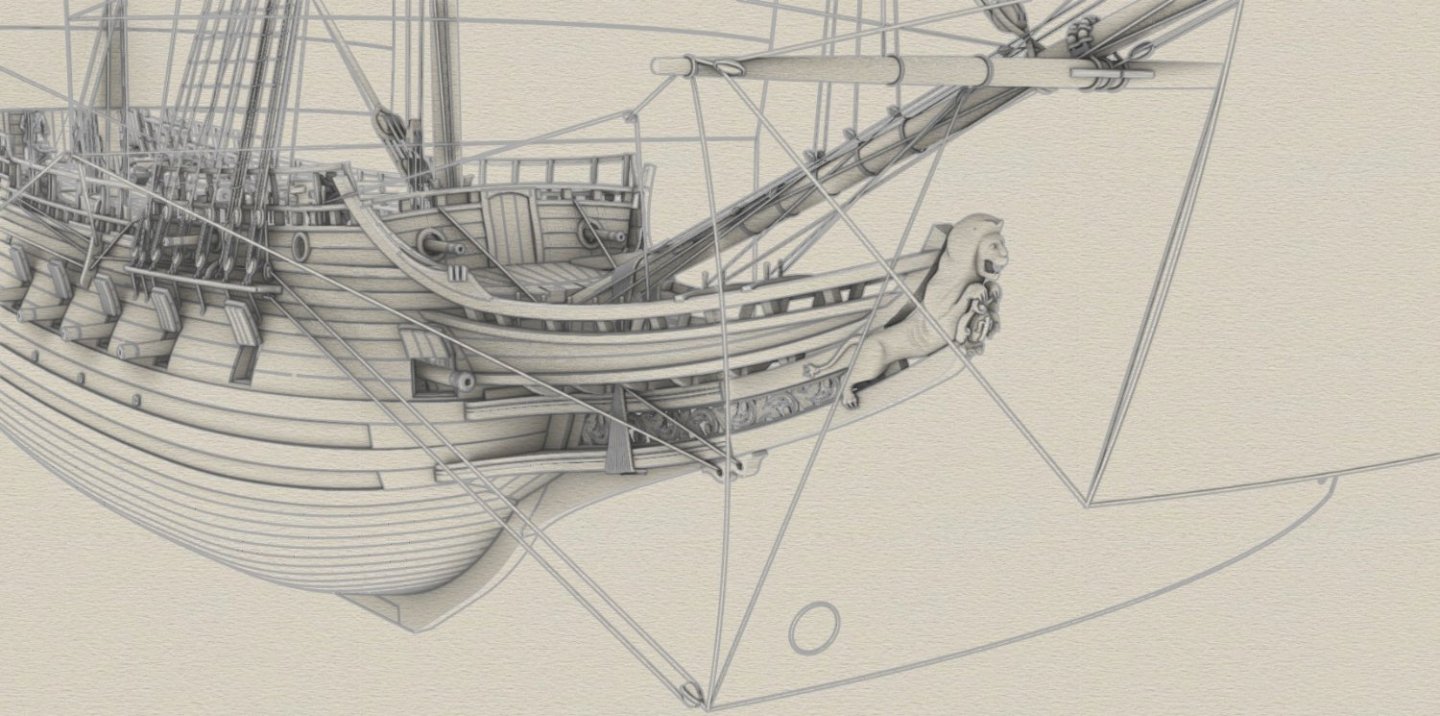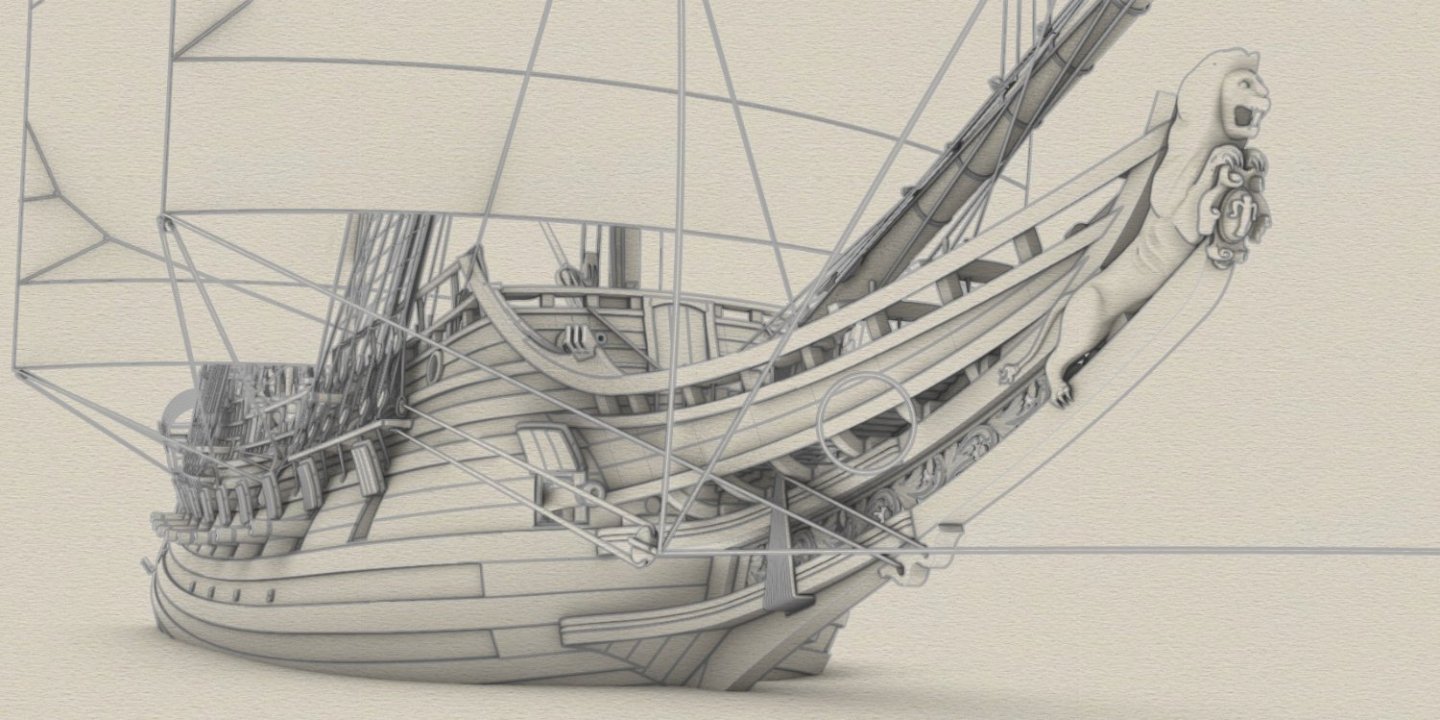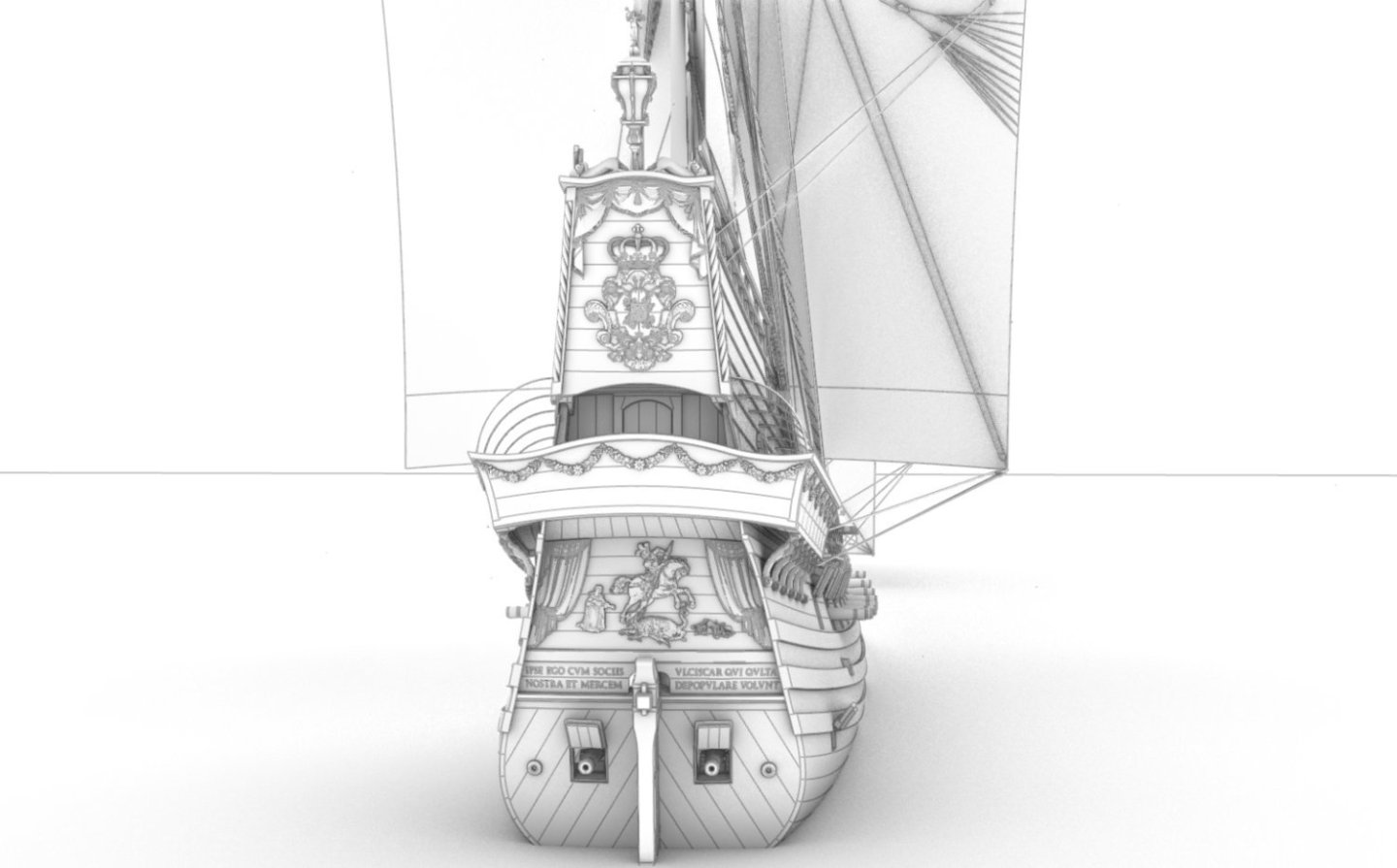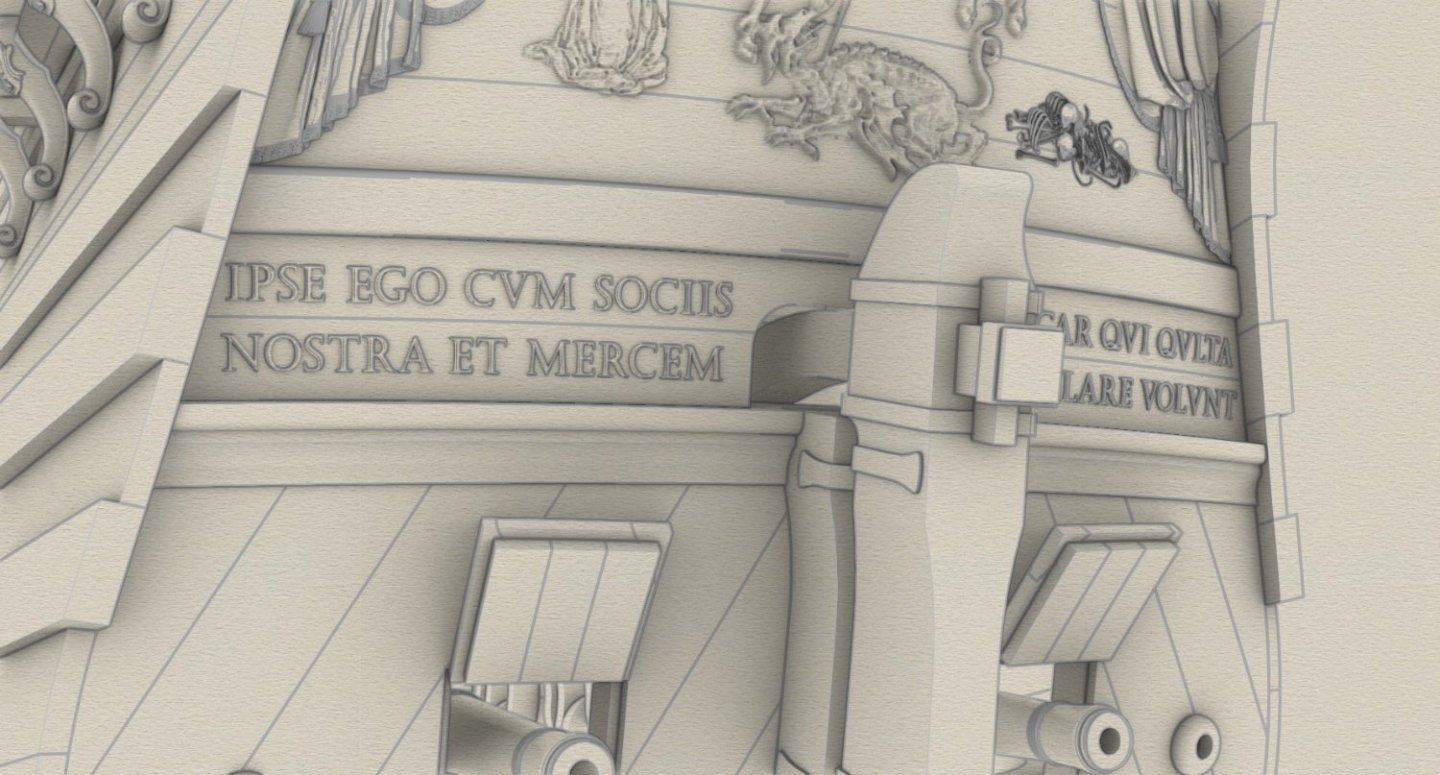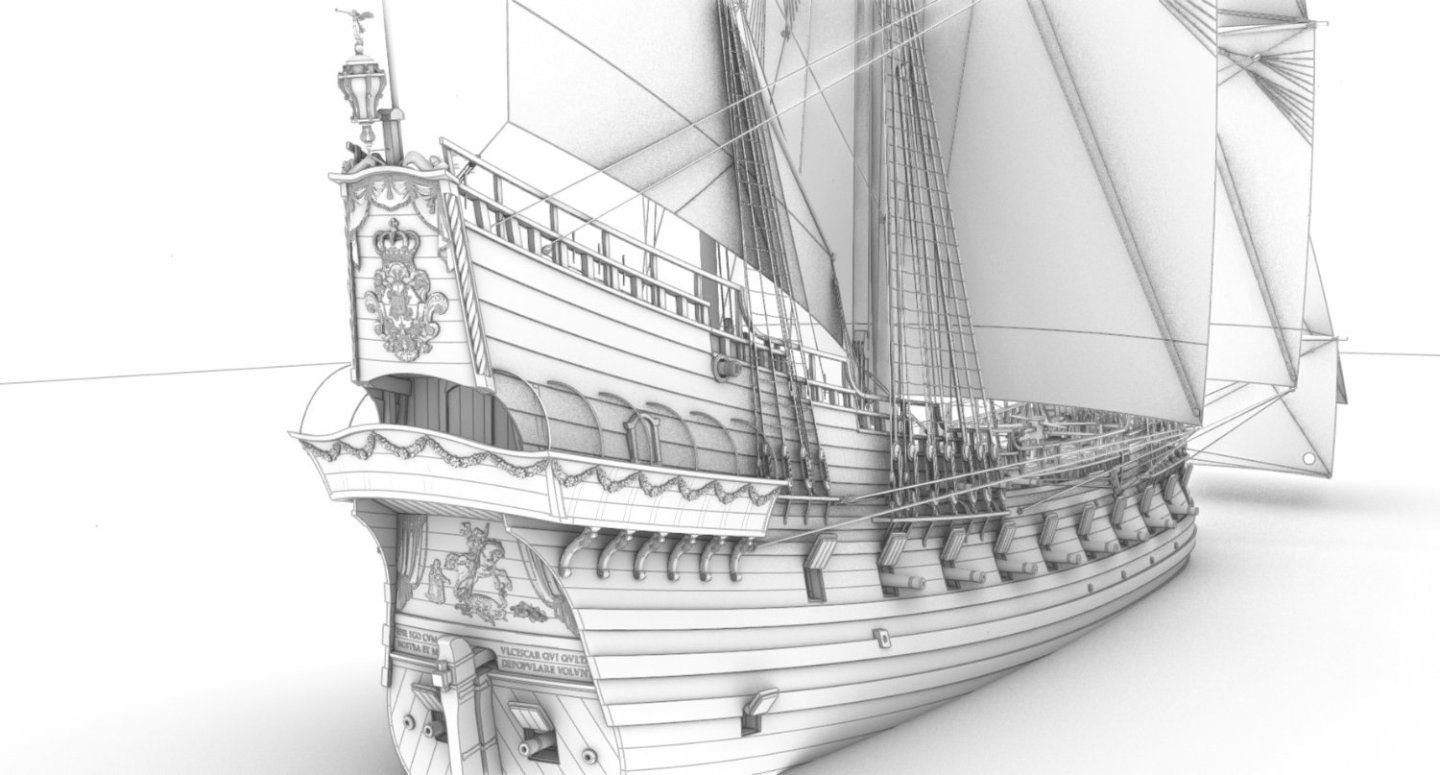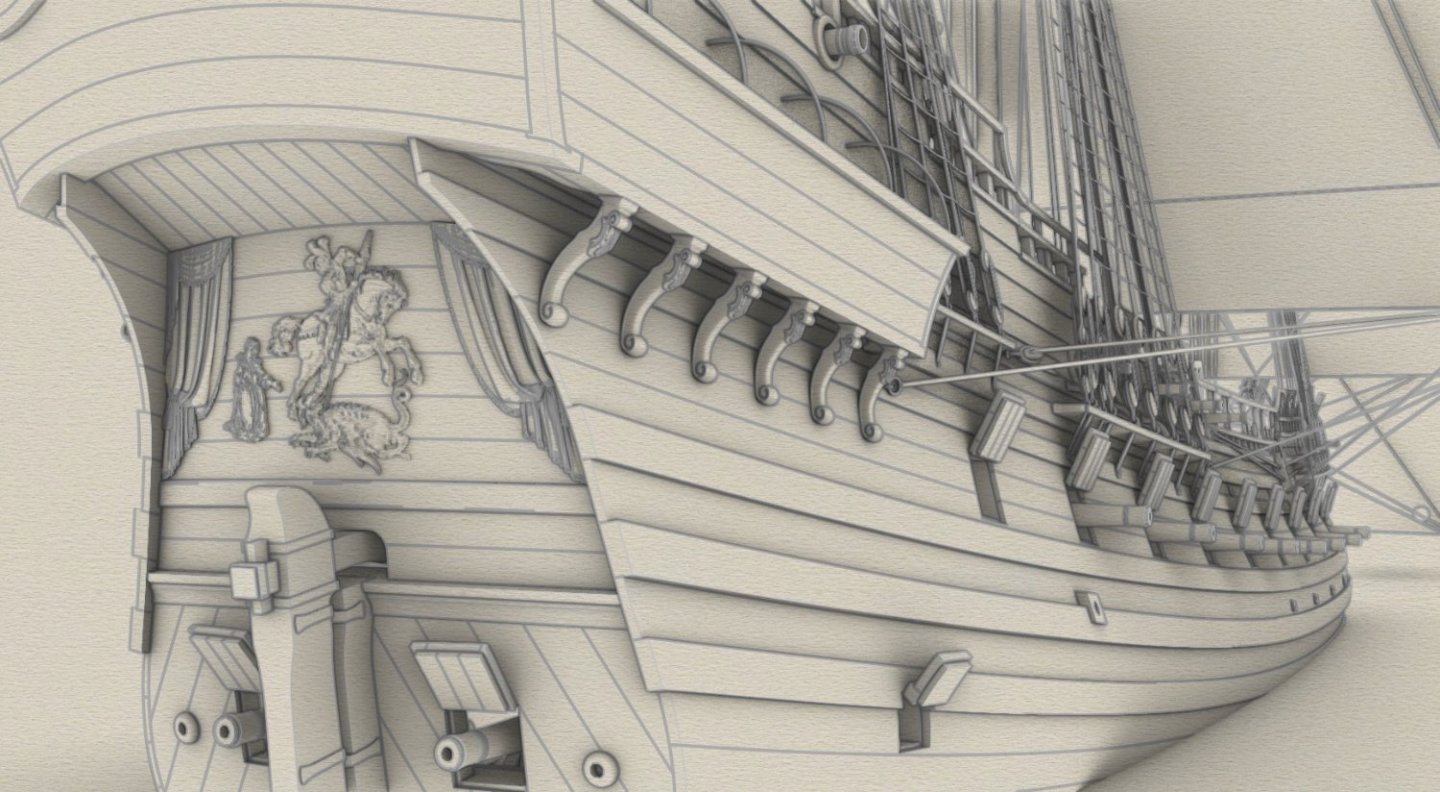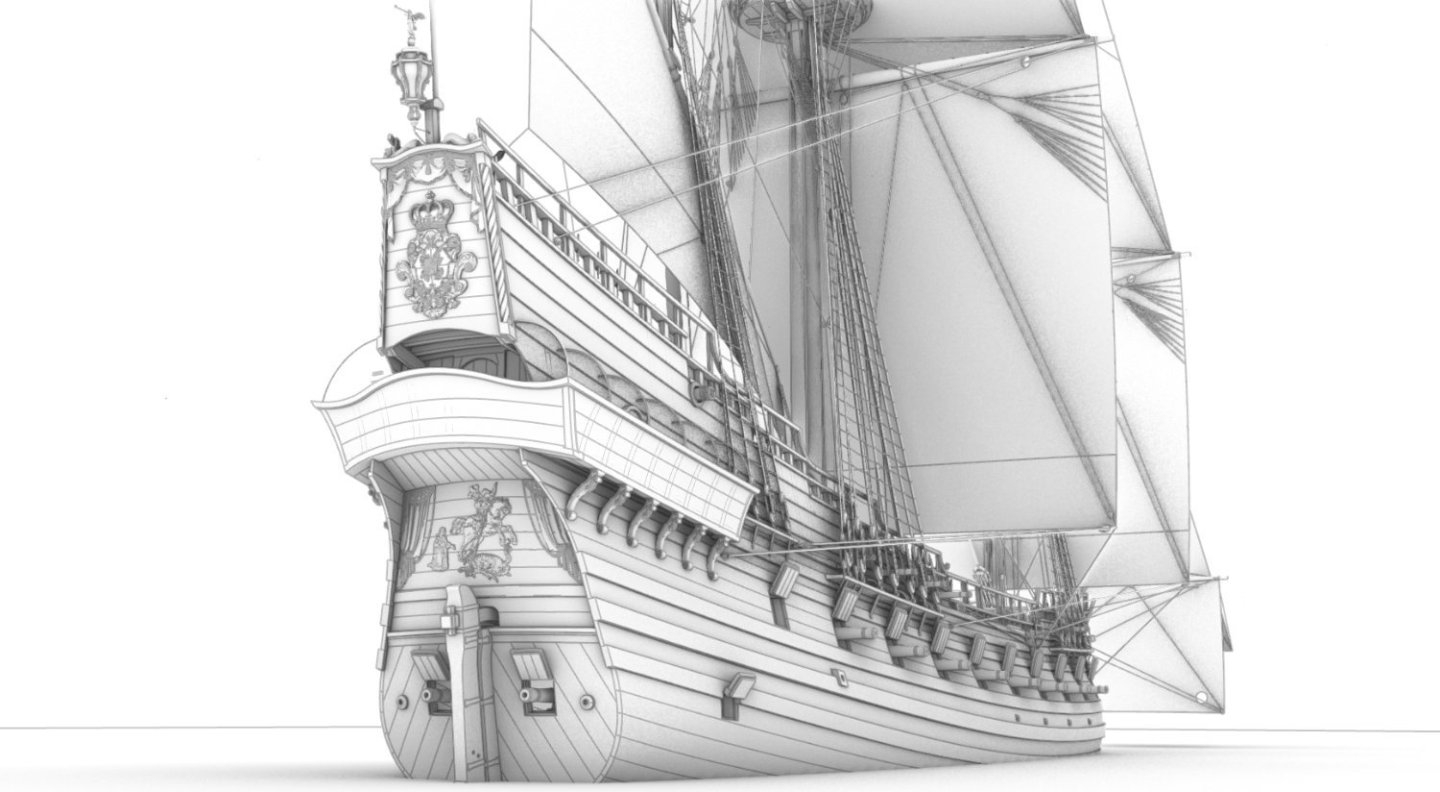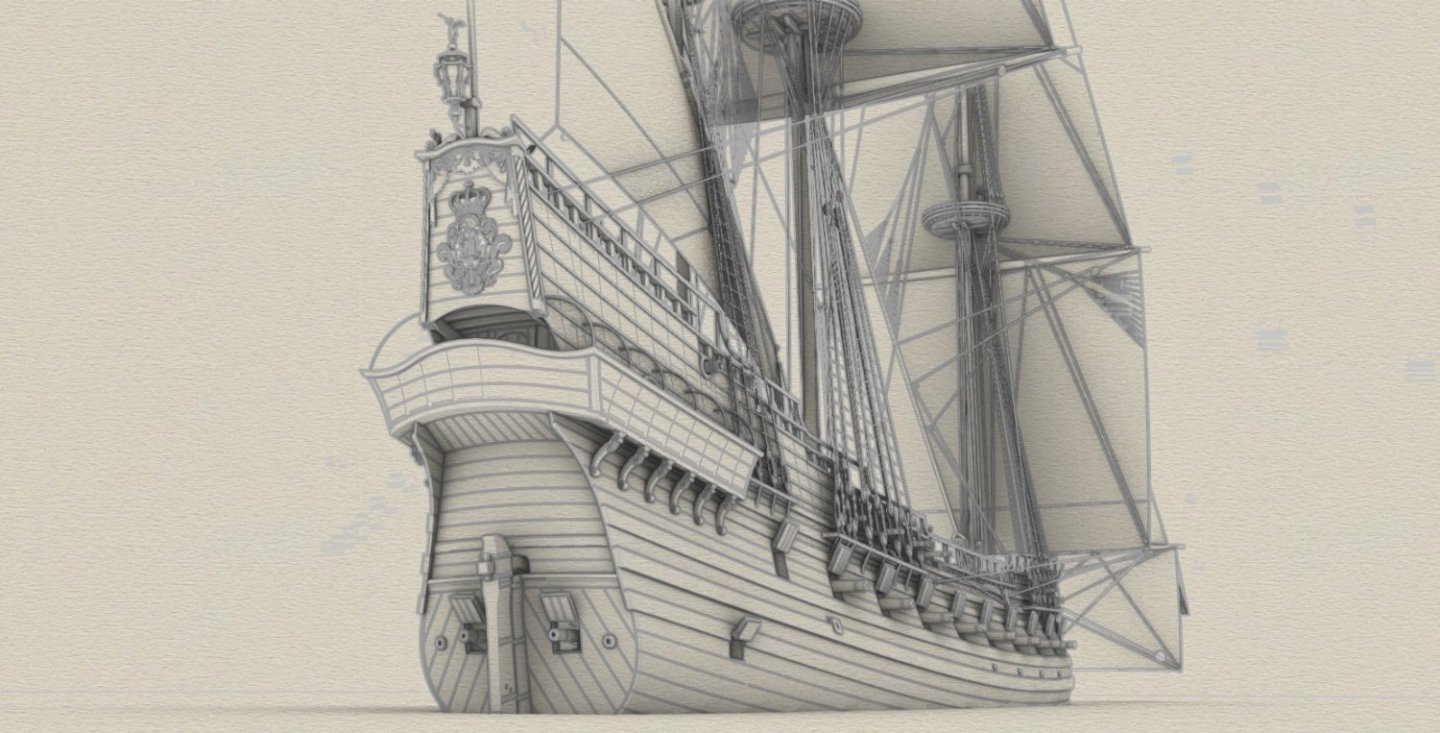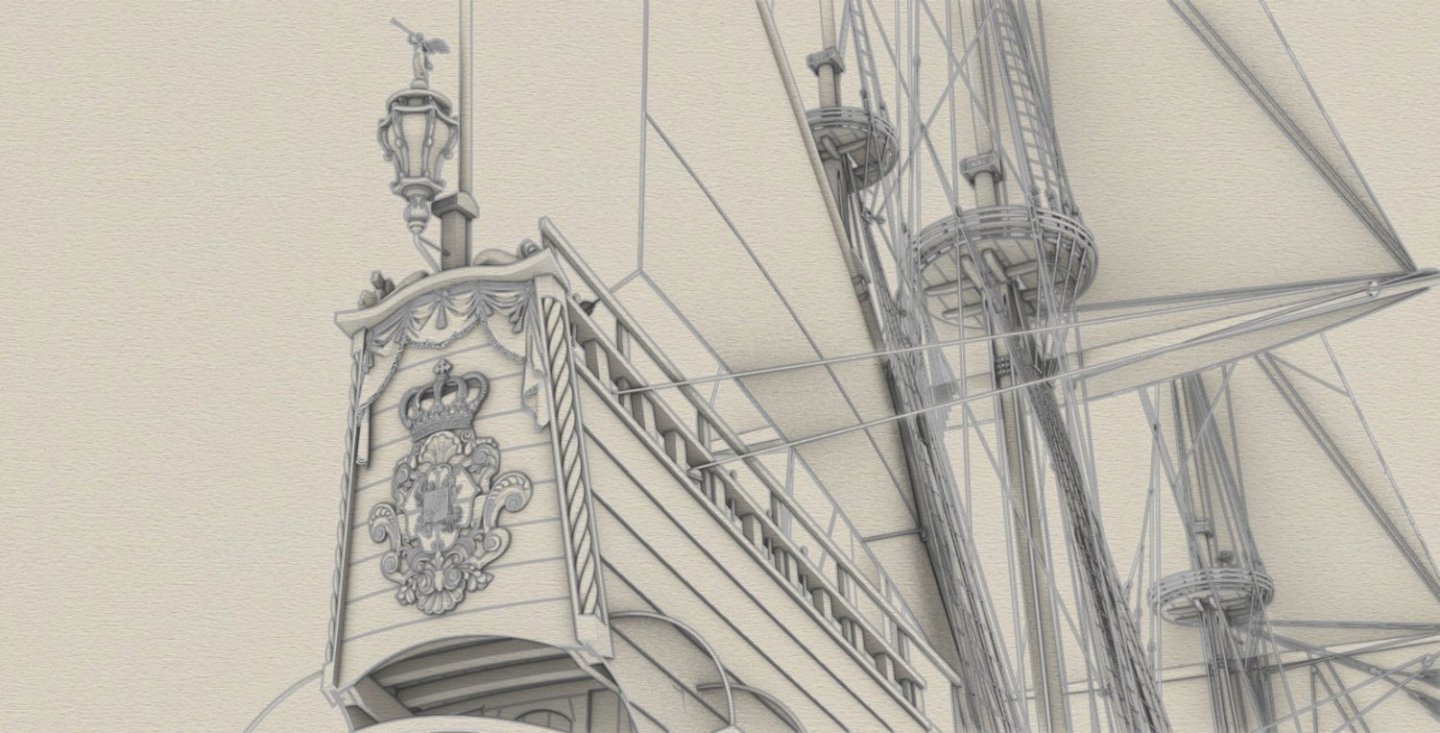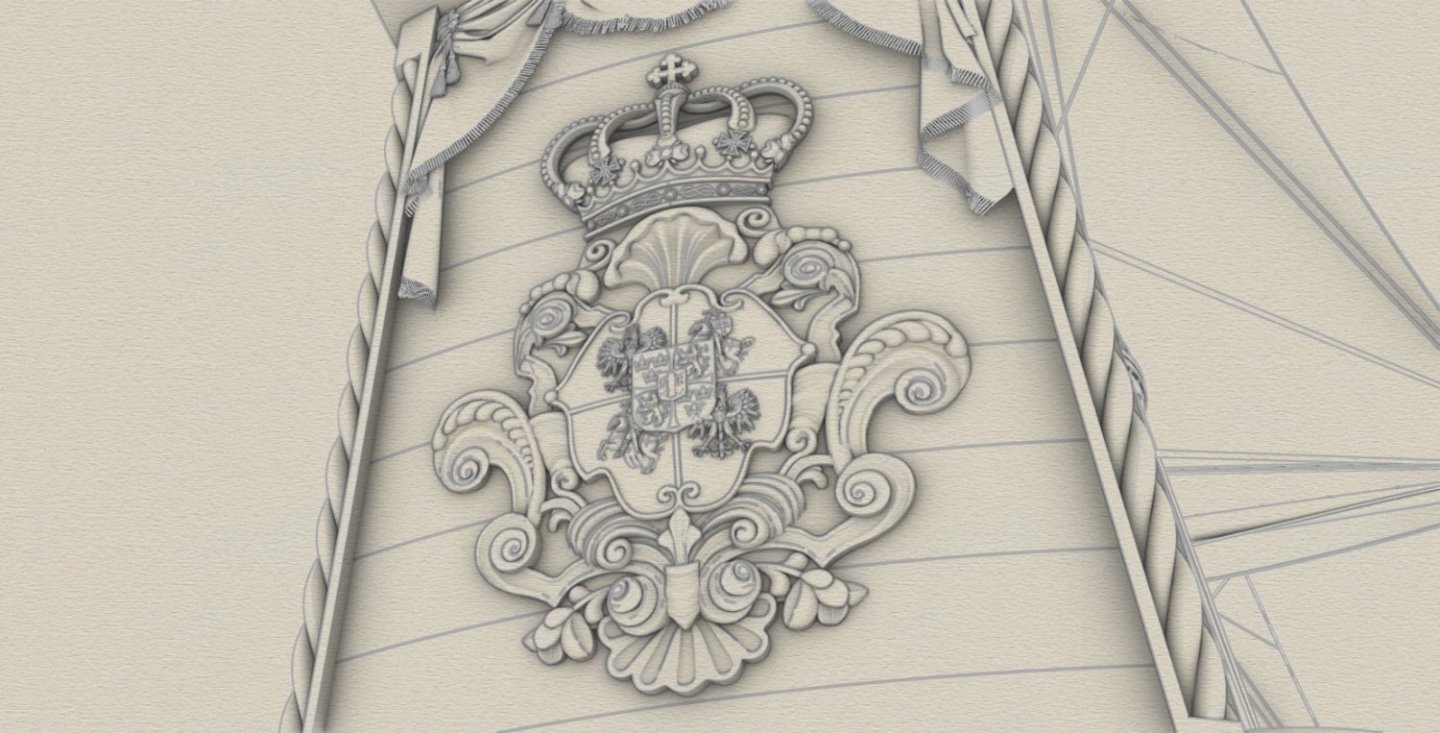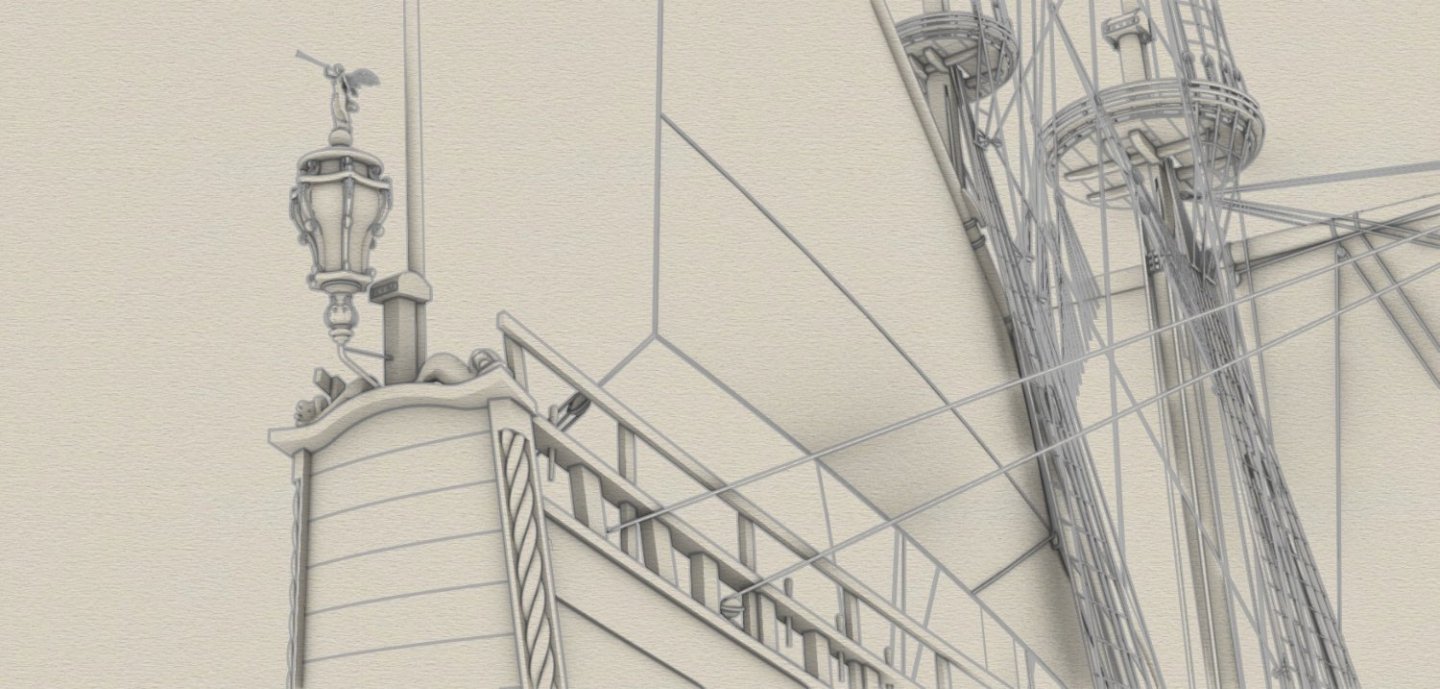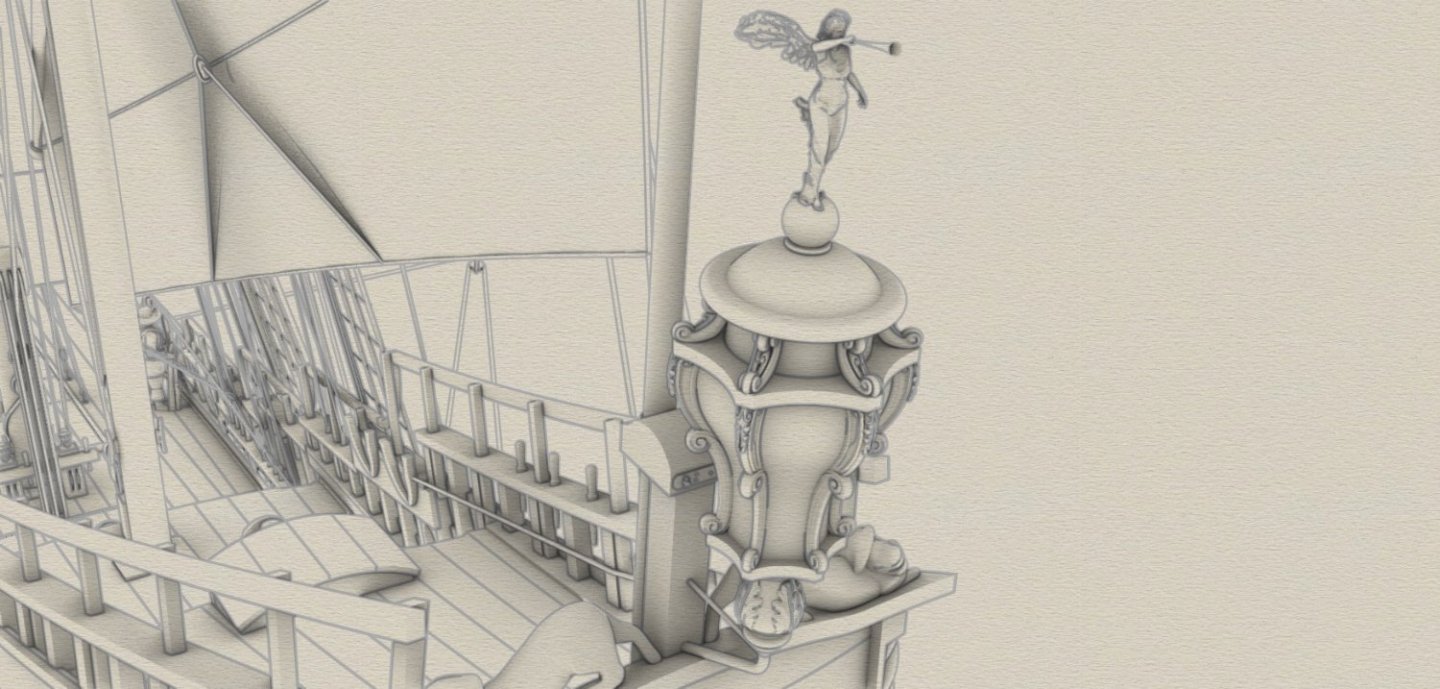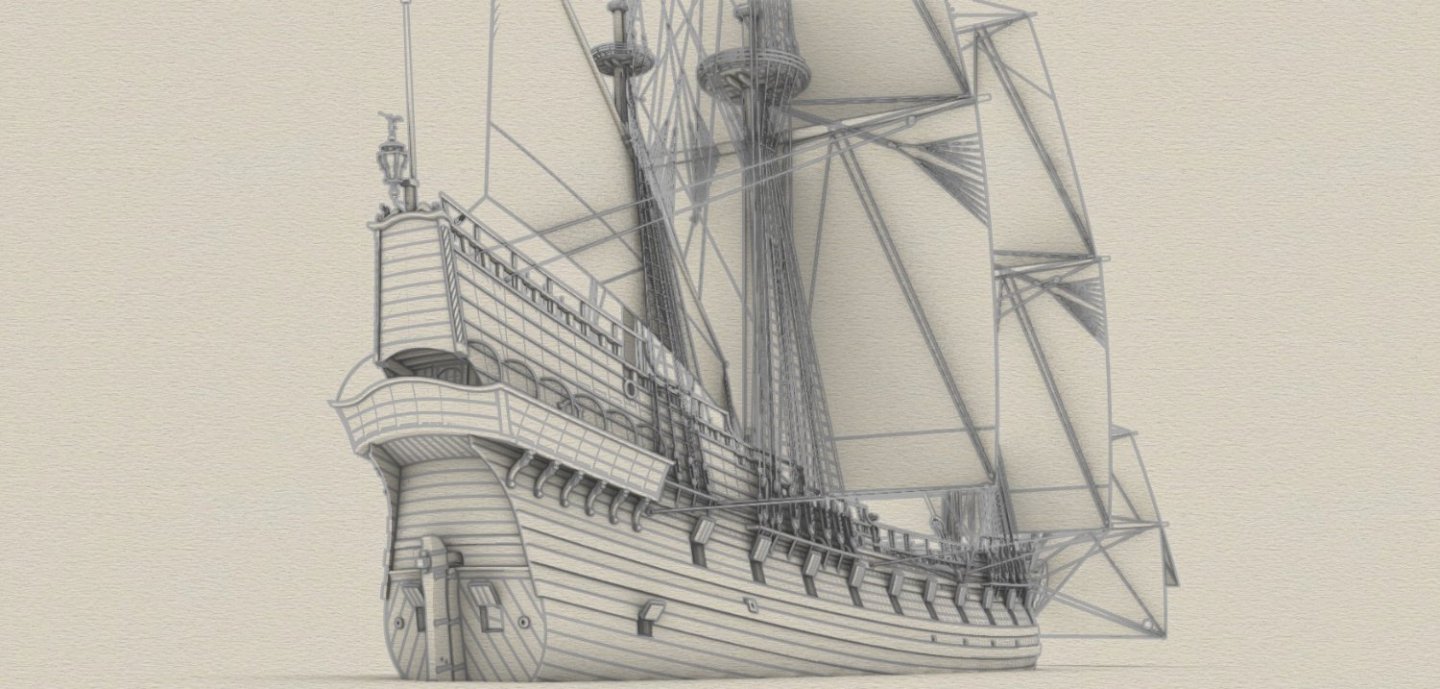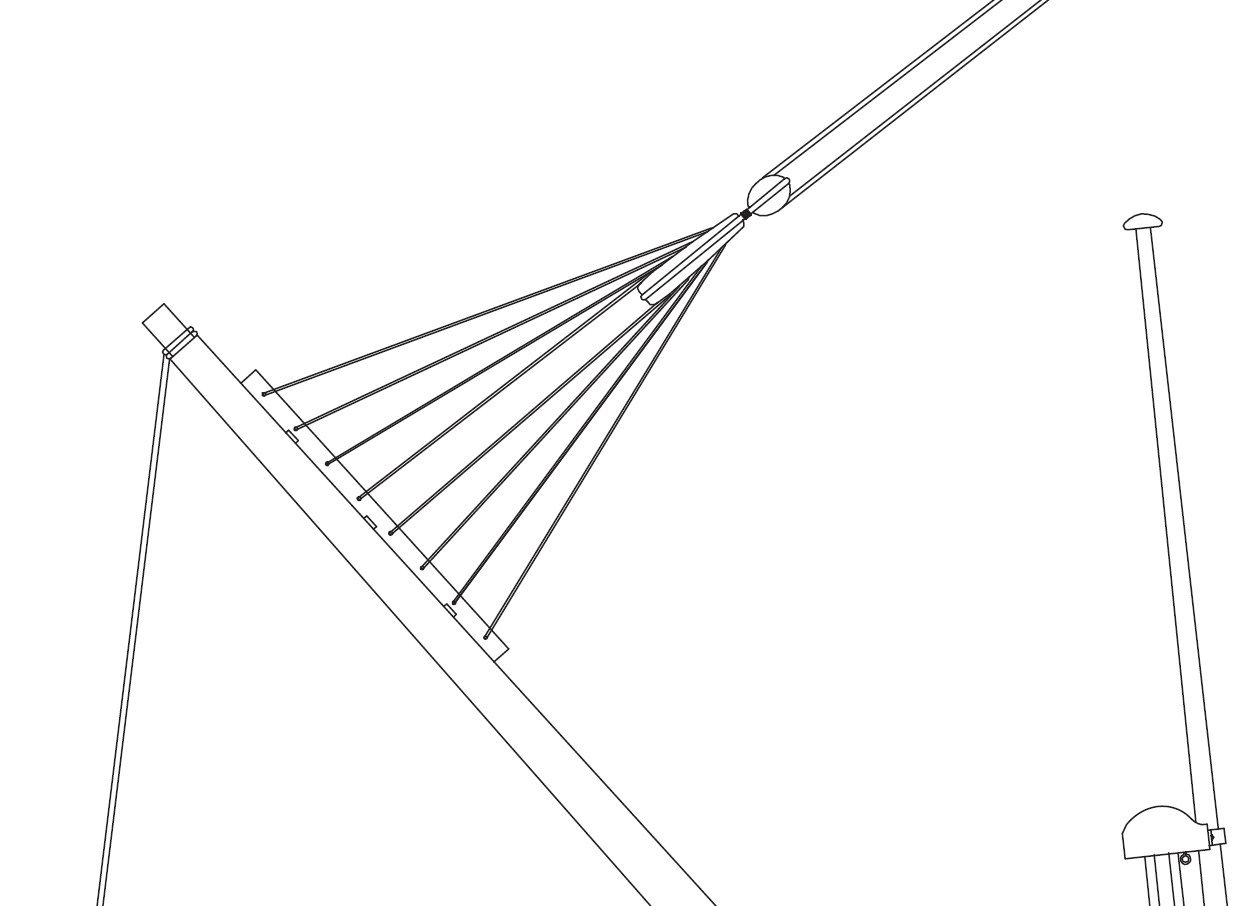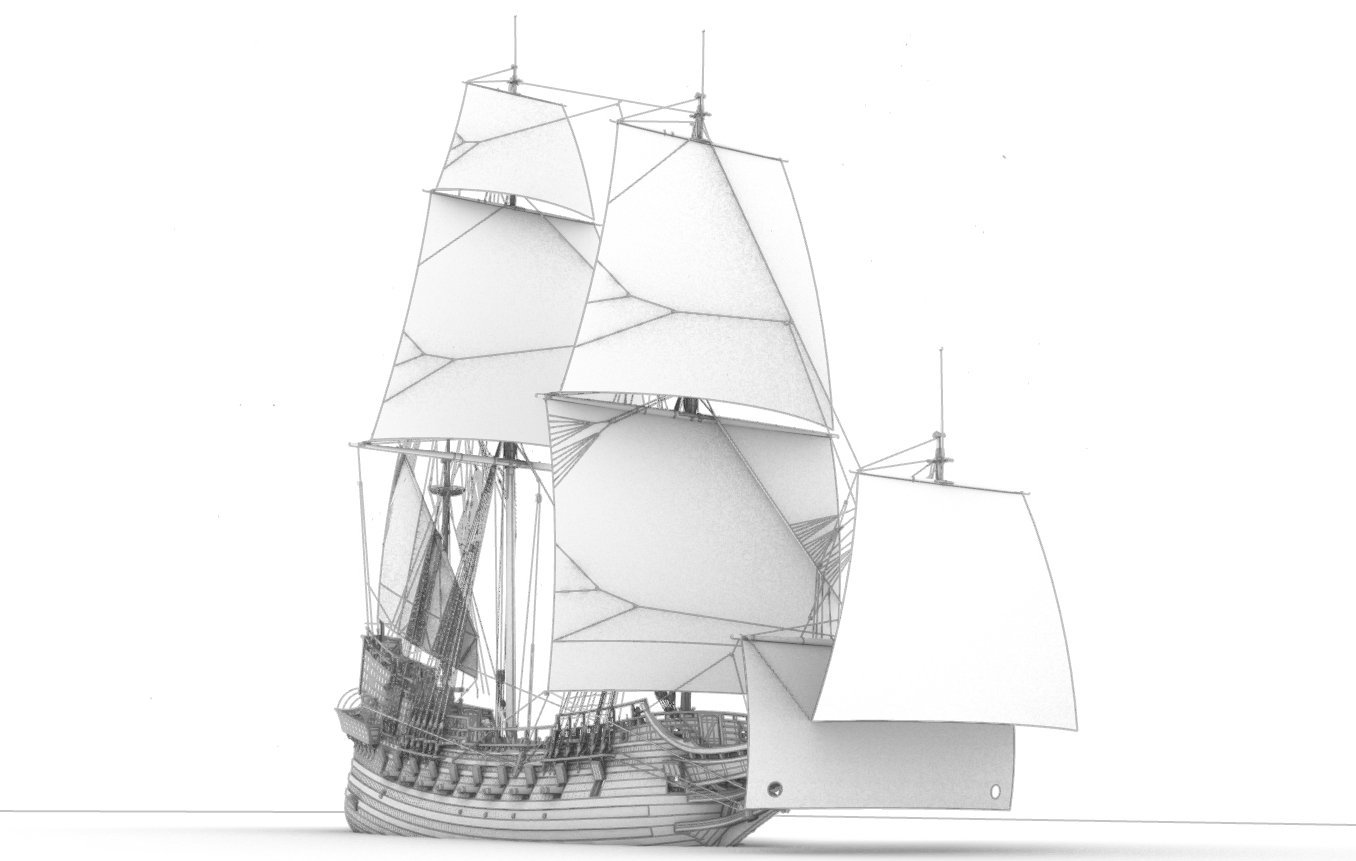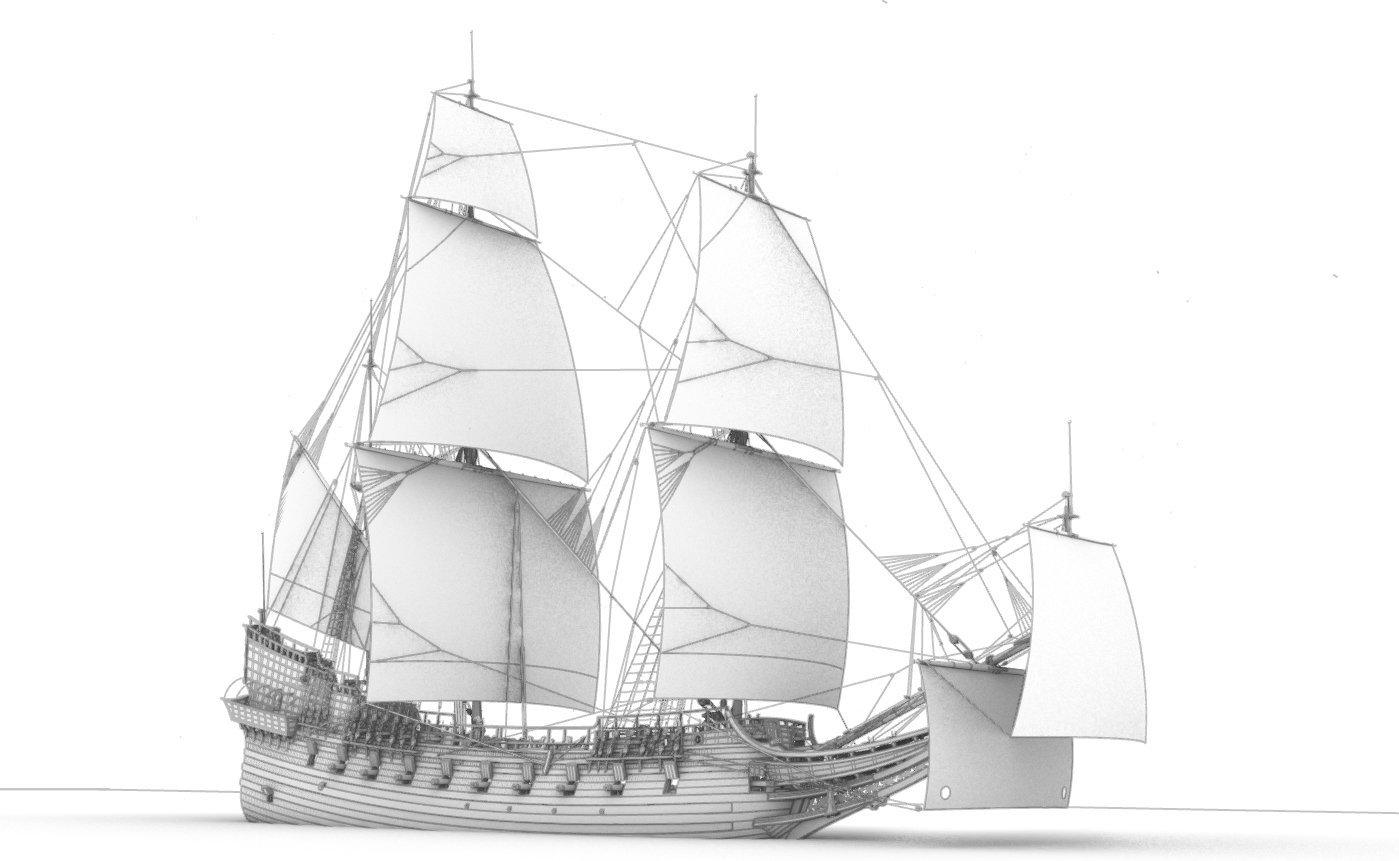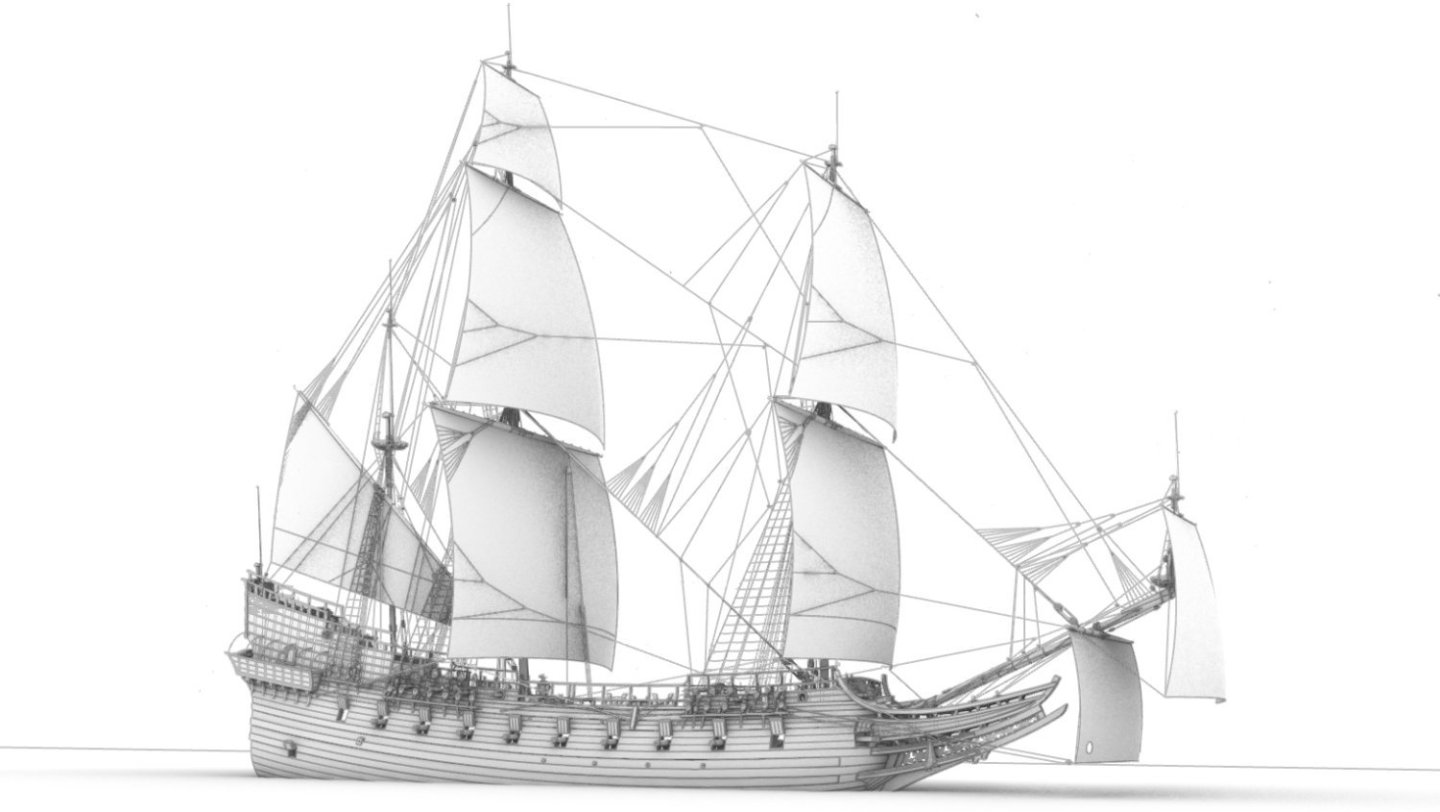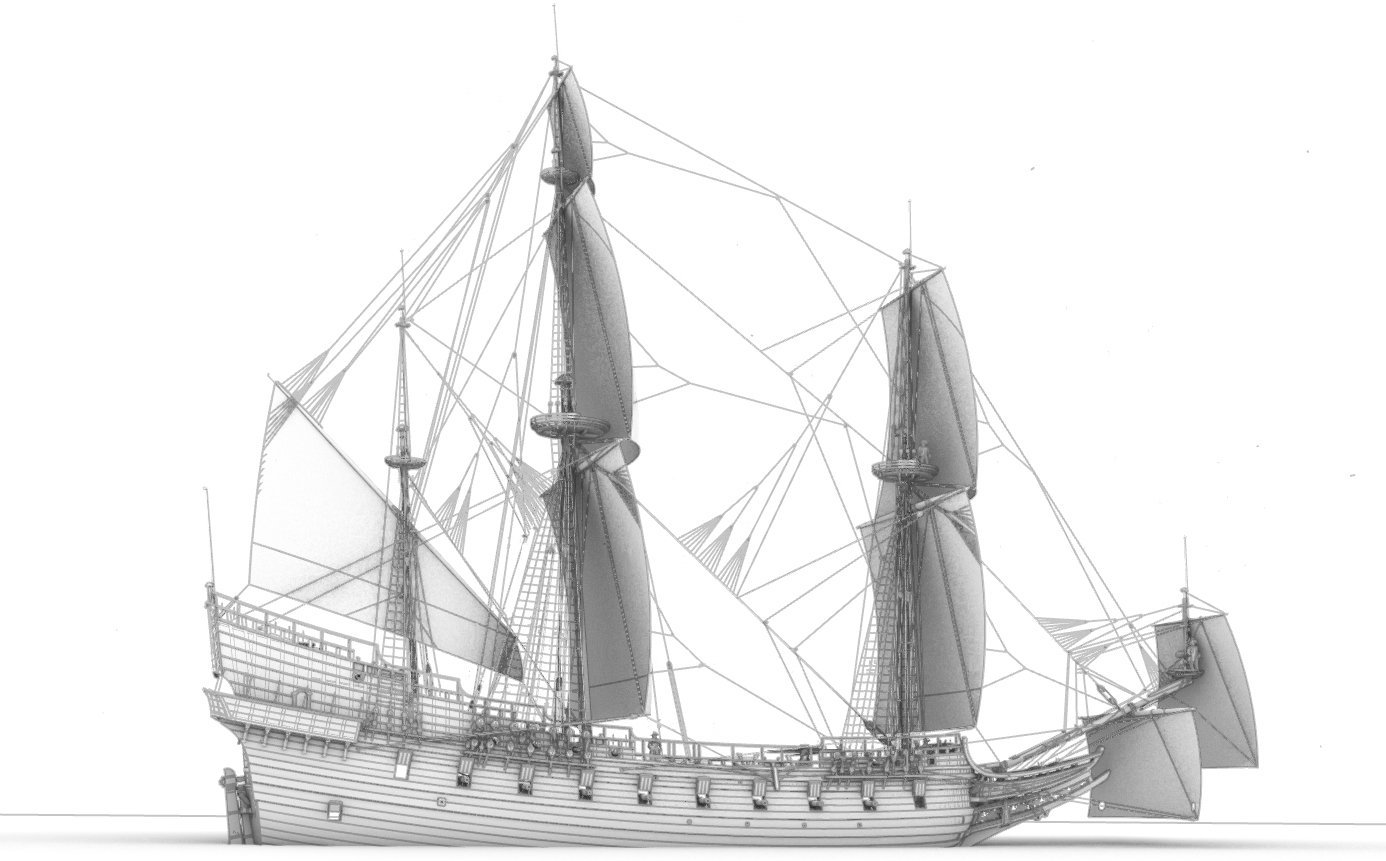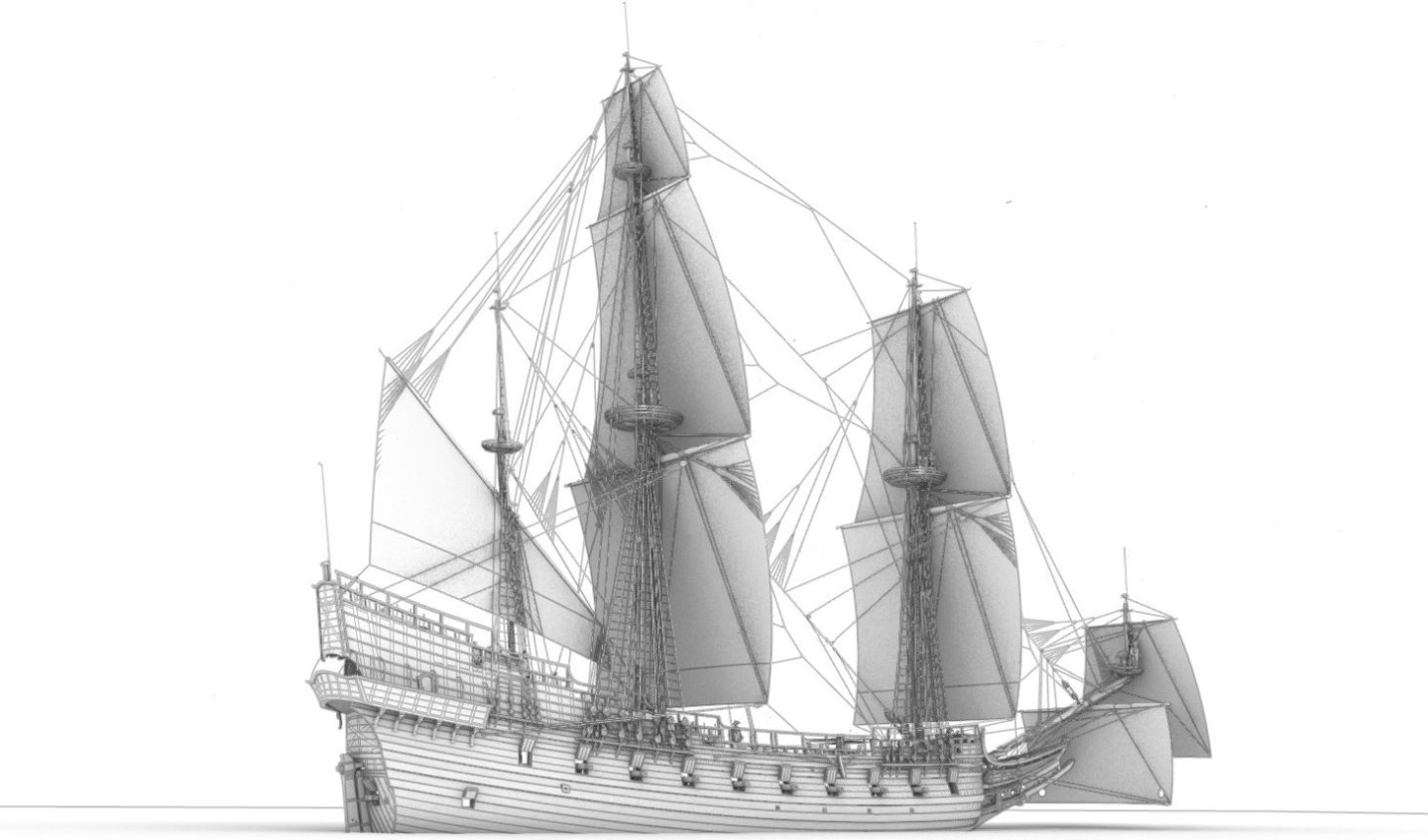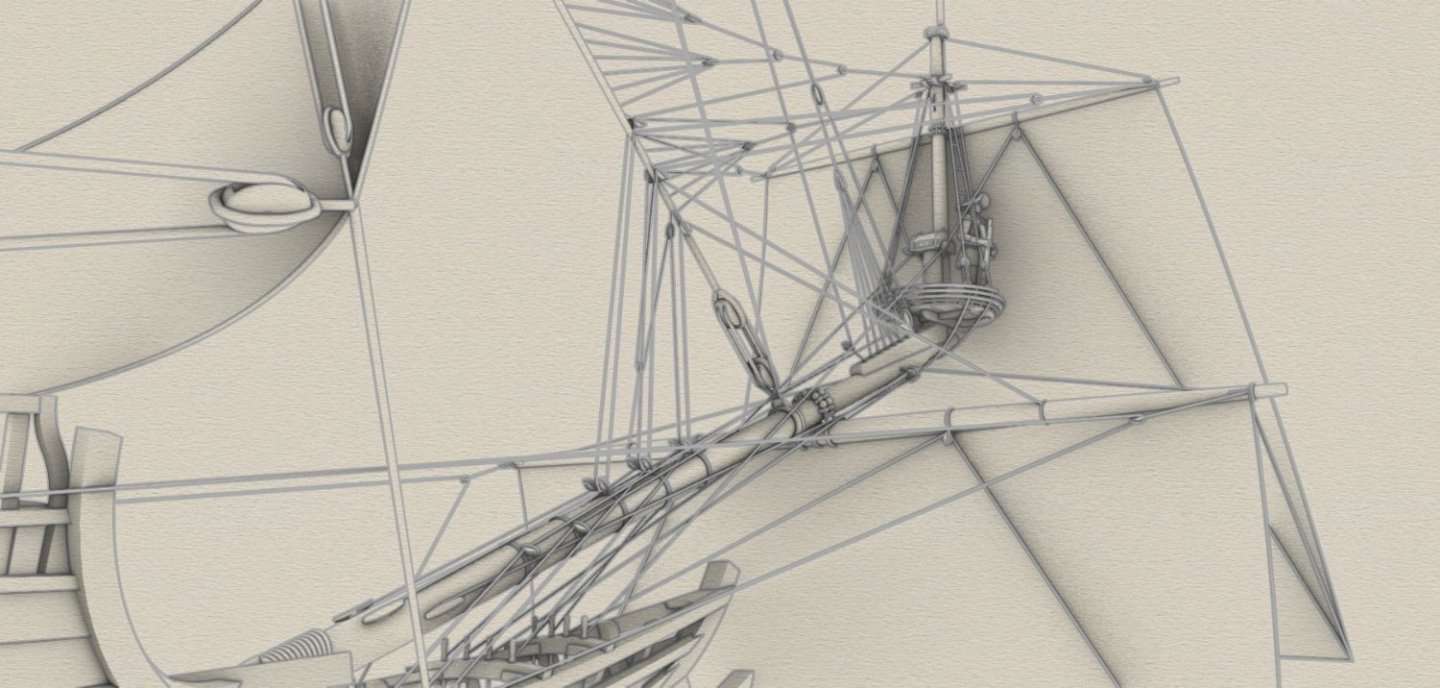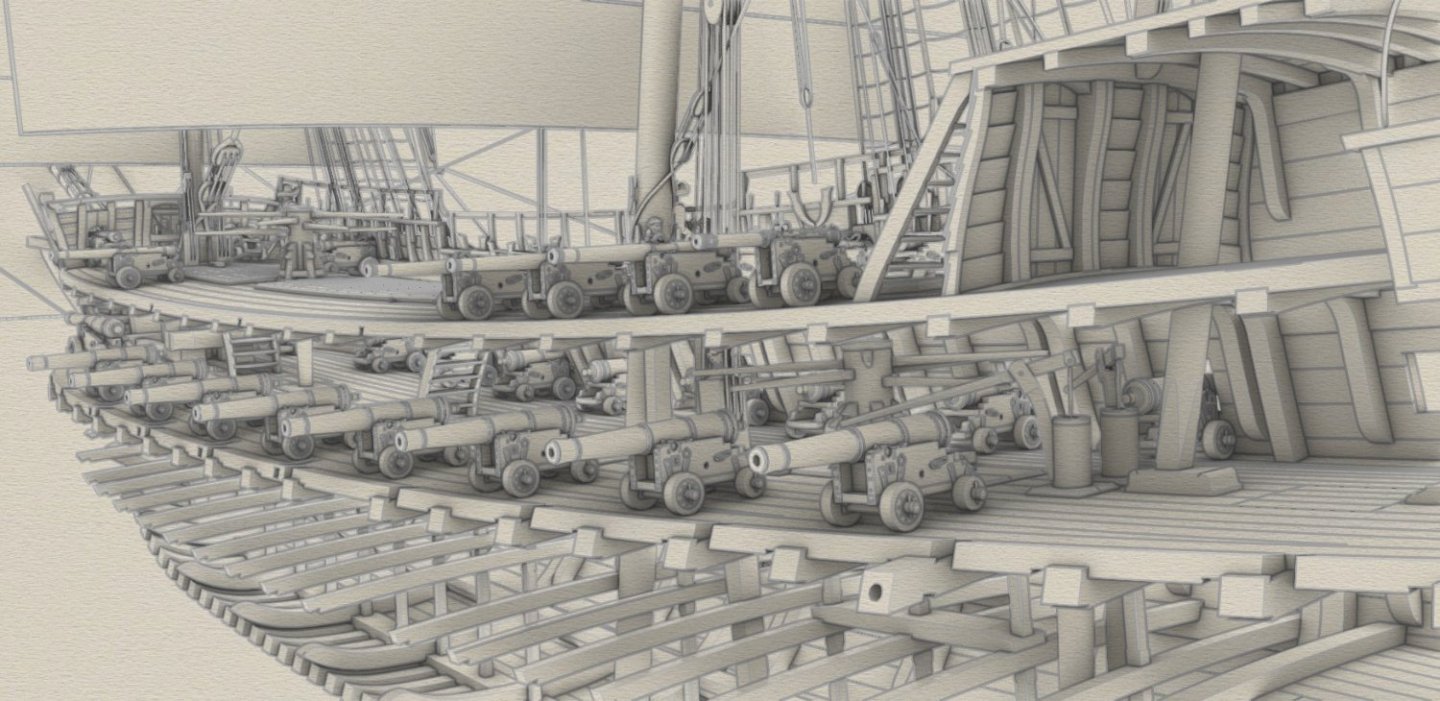-
Posts
977 -
Joined
Content Type
Profiles
Forums
Gallery
Events
Everything posted by Waldemar
-
This thread will show the result of a conceptual interpretation and a partial reconstruction attempt of an important, very well-preserved wreck of a mid-17th century Dutch cargo ship, excavated in the Ijsselmeer basin in the north of the Netherlands. The ship has been identified as the Samuel, serving the trade with the Iberian peninsula, among others. A very extensive archaeological record of the shipwreck can be found at: https://beeldbank.cultureelerfgoed.nl/rce-mediabank/?mode=gallery&view=horizontal&q=e81&page=1&record=bb0c9df7-b54d-2770-7cff-2d946e245039&sort=order_s_objectnummer%20asc Shipwreck E81 (Samuel 1650), photo by Jan Rypma Ship’s main dimensions (as recorded, read or interpreted): Breadth: 26 feet Length of keel: 78 feet (3 x breadth) Length between posts: 91 feet (3.5 x breadth) Depth in hold: 10 feet * * * Keel assembly, lengthwise division & main design lines Ratio of sternpost rake to stempost rake: 1:6 (note: stempost rake measured from the point where the rabbet line crosses the upper edge of the keel and enters the stempost) Height of sternpost: ~2 x height of tuck (note: height of tuck at the waterline level) Height of stempost: height of sternpost + 1 foot Longitudinal position of master frame: 1/3 of keel length (see diagram for the determination method) Note: the radius of the stempost in the diagram relates to the arc of the upper rabbet line. According to the archaeological record, the following relationships and design sequence of Samuel 1650 have been found or guessed: – the waterline level was set at eight feet, corresponding to the height of tuck (or vice versa), horizontally (as in the diagram) or, alternatively, angled to the lesser height of 7 feet at the bow, – the length of the waterline (not including the posts) has been divided into seven parts (with a possible subdivision of 14), – the line of the floor was set, terminating aft at the height of tuck and, at the fore, one foot below the horizontal waterline level (or at the intersection of the design waterline with the stempost for angled waterline); at the master frame deadrise has been fixed at three inches, – the height of the greatest breadth at the master frame is 1/10 of the total length of the hull (i.e. between posts), about one foot above the design waterline, – the wales are perfectly parallel to the line of greatest breadth (scheerstrook, scheergang). Of note is the extensive use of logarithmic curves to define the shapes of the main design lines. These are one of the easiest types of curves (or maybe better: transformation) to use in practice, especially as they are ideally suited to achieving the contours of the frames straight away on the mould loft with a trivial simplicity, and without any real need to make any scale drawings on paper in advance. Essentially, no knowledge of theory is required, just familiarity with straightforward division operations is enough. So much for the essentials of this rather simple design (in conceptual terms). * * * Cross-sections Dimensions of master frame components (as recorded, read or interpreted): Width of the „flat”: ~17 1/3 (2/3 x max. breadth) Deadrise (at the master frame): 3 inches Design depth: ~9 feet (1/10 x length) Futtock sweep: variable radius (equal to respective breadth) or fixed radius (equal to max. breadth); note: both variants result in almost indiscernible shapes for this shipwreck, Bilge sweep: 4 1/3 (fixed radius; 1/6 x max. breadth) Reconciling sweep: 17 1/3 (fixed radius; 2/3 x max. breadth) It can also be added that the transverse contours of the „flat” for all leading frames are straight lines, except for the last leading frame it is in the form of an circular arc (note: on the diagram below one more frame was drawn between the last leading frame and the sternpost). Employment of the arc is for the smooth transition of the hull surfaces toward the sternpost, providing better waterflow for at least acceptable rudder efficiency. * * * Possible appearance The graphic below shows a hypothetical appearance of the Samuel 1650 once its upperworks have been recreated. The Samuel 1650 is actually almost the smallest ship for which the two-deck configuration was used. The distance between decks was taken from Grebber's table, reproduced in both Witsen's 1671 and van Yk's 1697 works. This feature, taken together with the relatively small size of the ship, make Samuel's silhouette quite tall, and despite the smallest distance adopted between these decks (about 4½ feet). The very full shape of the underwater part of the hull, suitable for a cargo ship, is also evident. Taken together with the high freeboard, this must have made the ship very leeward, which ultimately surely contributed to her disaster, but also preserved her to our times. The position of the masts, or rather the foremast and mainmast, was taken from the shipwreck documentation, but it must be said that it is altogether quite typical: the mainmast at the middle of the keel and the foremast above the gripe, i.e. above the junction of the keel with the stem post. Also below are some graphics showing ships of a similar nature. While not all from the Samuel's particular period, especially the last two, they still can be relevant for various details, but also to get a better feel for this vessel’s general specifics (Dutch archives). * * * Reconstruction hull lines As the below drawings are reconstruction plans, there is no need to take them too literally. For example, a 'perforated' railing may be added in the aft part to make the sheer of the ship more attractive, or the upper edge of the stern 'mirror' may be made as an arc. Some more wales with a smaller cross section above the three main ones drawn on the plan should actually be attached as well, and the sternpost possibly shortened a little, roughly to the height of the wing transom, for free entry of the tiller into the hull, etc. The correct arrangement of the garboard strakes in Dutch convention is well shown below in the documentation of the Samuel 1650 shipwreck. Actually, in the central part of the hull, the garboard strakes are not in contact with the frame timbers at all. On the plans the garboard strakes are not drawn because these plans show the contours of the frames and not the planking. On the sheer view, however, both rabbet lines are plotted, just for this purpose. The hull lines has been checked for fairness (as opposed to actually forming the shapes) with diagonals and waterlines. Thank you for your attention, Waldemar Gurgul
-
It should be clarified at once that this plan, tentatively dated by me to the end of the 17th century, is one of the last of the era before the widespread adoption of design diagonals, which in the Netherlands occurred in the third decade of the 18th century at the latest (see as to this Ab Hoving & Alan Lemmers, In Tekening Gebracht. De achttiende-eeuwse scheepsbouwers en hun ontwerpmethoden, 2001). In historical terms, this is the period of the Third Anglo-Dutch War (1672–1674), the War of the League of Augsburg (1688–1697) and the War of the Spanish Succession (1701–1714). As it seems, this very plan was not previously widely known and was kindly provided to me for examination, in terms of the design method used, by Ab Hoving. This is an exceptionally fortunate circumstance for several reasons, and I am most pleased that it demonstrates classical prediagonal design methods in their latest, most advanced form and for the most demanding projects, that is of a dedicated warships. It is apparent at first glance that conceptually this is a more sophisticated design compared to the civilian designs presented so far (Samuel 1650, Witsen’s pinas 1671, Rålamb's boyer & fluit 1691), while it is more similar in this sense to the Dutch capital ship ca. 1665 (Hohenzollern model), the French (Atlantic) heavy frigate design by Chaillé 1686 and the designs of 1679 by Hubacs of Dutch origin, boasting dozens of designed and built ships to their credit. * * * The primary aim of the project will not even be to search for all the (main) proportions of the design parameters, as many of them were quite arbitrary (as they still are today), but rather to search for more universal procedures applied for shaping the body of the hull, quite independent of these proportions. The plan (Archives of the Nederlandsche Marine): The drawing is originally captioned: Frigate ship long between posts 165 feet for 72 guns [seen] from inside. Contrary to this caption, this is a design for a ship 156 feet long, not 165 feet, as indicated by the size of linear scale (30 feet long; a foot divided into 11 inches), and according to the metric scale added nowadays, the plan was drawn at a scale of 1 inch = 5 feet 7 inches, or 1:62. At this scale, the drawn ship measures 156 x 42 x 15 feet (length x breadth x depth in hold), which corresponds fairly well to the dimensions of almost the entire, long series of 28 2nd rate ships built under the 1685 programme. As one would expect from a dedicated warship, the hull has quite a sharp entry, as well as overall shape compared to merchantmen designs. In design practice, this is achieved primarily by increasing the height of the deadrise, or in other words, the line of the floor. According to the design method and customs, only the leading (conceptual) frames are pre-designed. The shape of the remaining, filling frames, could be or had to be (especially at both extremities of the hull) determined according to the ribbands, already installed during the actual construction. However, not to rule out any possibility, it is also possible that the drawn linear scale is out of sync with the rest of the drawing and, in addition, slightly longer than it should be, and that the ship length of 165 feet, given in the caption, is correct. In that case, the scale of the drawing would be 1:66 and the hull breadth would be 44 1/2 feet (giving in this way, for example, the dimensions of Gouda 1719, built in Amsterdam by van Reenen). This does not really change the essence of the project (recognition of the design method), and in the context of the dating and design practices of the time, it may be indicative of the repeated use of the same designs to build ships of different sizes. To put it another way, the plan may have been drawn at a scale of about 1:62 as for a 156-foot ship, and after the scale change, it became the design for a 165-foot ship. Keel assembly & longitudinal division Note: some of the dimensions below are actually redundant, but have nevertheless been left on the diagram for better readability. * * * The keel has been drawn quite realistically – on the plan it has a deflection with the greatest value at the forward master frame, amounting to 1/3 of the keel height, and is tapered towards the stern to 4/5 of the total height. The stempost rake is very small, being only 4 x sternpost rake (measured to the supposed rabbet line). As late as 1737, the French shipwright-designer Blaise Ollivier reported that on Dutch ships it was usually larger, 6 x sternpost rake. To determine the position of the leading (conceptual) frames, the ship was divided into nine equal parts. For the fore part of the ship an additional division of four parts has been set up. The contours of the 'virtual' single master frame are not even defined on the body plan, nevertheless the position of this frame is essential in this design to establish the nominal (largest) values of all narrowing lines (breadths/widths) on the plan view. To put it another way, it is this actually unbuilt in real construction, single 'virtual' master frame that is widest at all levels – at the 'flat' level, at the level of the line of greatest breadth and at the level of the toplines that define the upperworks. Its lengthwise placement have been chosen in such a way that it falls at 1/3 of the keel length. For the construction of the physical ship in real scale, two 'twin' master frames were defined. The fore master frame falls at 1/3 of the length of the entire hull, and the aft master frame at an equal distance from the single 'virtual' master frame (see diagram). By design, the contours of these twin master frames are not quite identical, the largest difference being about 1/4 foot, nevertheless similar enough that in carpentry shipbuilding practice they could be treated as identical without much detriment to the quality of the end result in terms of its conformity with the design. The diagram also indicates the likely placement of the two quarter frames. From these positions, going towards both extremities of the hull, the contours of the frames already have a different geometric structure compared to the central frames between these quarter frames. Main design lines (rising & narrowing curves) It must be said at the outset that the shape of all the elliptical lines in this design, obtained by means of the popular geometrical transformation called mezzaluna, and employed in its numerous variations, is so closely coincident with the ideal shape of the arc of a circle that it is almost certain that the use of these elliptical curves was merely the result of the designer's lack of a compass of sufficiently huge size, rather than a deliberate effort to obtain some particular curvature different from the ideal circular arc. In drawing practice, it was in this way that a number of points lying on the desired curve were determined, and these points were then connected using drawing instruments – either templates of fixed curvature or battens of variable curvature adjustable by a screw or string. * * * Line of the floor (green) This is essentially the most important design line for any ship of the period. At the main frame, the deadrise is large, appropriate for warships, 1.5 feet measured from a realistically curved keel, giving an inclination of 1:8.75 in relation to half the floor width. The total width of the floor almost matches the 'standard' value of 2/3 of the hull breadth, and in this particular case is 5/8 of the breadth. At the stern, the line of the floor terminates normally at the height of tuck (where the fashion pieces join the sternpost), At the bow, at the intersection with the rabbet line, the height of this line is not great, however, the sharp gripe is still obtained by the specific way in which the bow frames are formed, different from the central frames. In the vertical plane (sheer view), the lowest point of the floor line is at the fore master frame, while in the horizontal plane (plan view), the greatest width of this line falls already in a different place – at the single "virtual" master frame. The section between the single "virtual" master frame and the fore master frame is a mirror image of the corresponding section of this line from the aft side. Both observations also apply to all other design lines. After examining several cases from the era, I can probably say that the curvature type of the line of the floor is very characteristic of Dutch designs, i.e. a logarithmic curve for the fore part of the hull and a (supposed) circular arc for the aft part. Line of the greatest breadth (blue) Apart from the (quite accurate) approximation of this line to the arc of a circle using a mezzaluna, this line does not differ in any way from the standard in terms of the way it is drawn. However, it is possible to point out the relatively quite significant height of this line at the master frame (almost 4 feet), with the effect of increasing the transverse stiffness of the ship and thus enabling the lowering of the gun ports (and therefore the rest of the above-water part of the hull for better weatherliness), and also the noticeably sharper shapes of this line at the bow (in top view) compared to merchantmen, for greater speed. Lines relating to the upperworks (violet) The same concern for improving weatherliness by lowering the height of the upperworks is also visible in the case of the toplines – at the fore part of the ship they are lowered by about half a foot compared to the aft part of the hull. In the top view, the designer partially spoiled these lines (or just ignored some of them while drawing the frame contours), especially in the stern part, which is not surprising considering that these were the least important elements of the design. As a consequence, their run in the top view on the below diagram was partially corrected based on the frame contours. Also, in these circumstances, the lowest of the three toplines is not necessary at all to define the shapes of the upperworks (and even harmful), because the designer, when drawing the frame contours, used a different method to determine the radii of the upper breadth sweeps anyway, i.e. based on the respective frame widths. Perfect shapes in the sense of geometric smoothness. And without any correction with diagonals and waterlines whatsoever! Just the correct formation of the frames. Yet, there is something else incomparably more important, about which later. Now, just that this plan is a real, unique gem with probably no equivalent, because it shows the true, advanced engineering face of Dutch shipbuilding of the Ruyter era, and hitherto hidden behind the façade of Witsen's and van Yk's essentially carpentry-oriented works, both touching hardly on conceptual design issues, unlike, for example, their English contemporaries in the field. Before continuing properly, a bit of fun with the renderings. I am constantly amazed at how perfectly smooth the hull lines have been achieved by the designer through the skilful selection of the individual sweeps radii for all the consecutive frames. Gun ports are not evenly spaced, most likely for structural reasons (knees, beams, hatches etc.). In some of the renders, the ship has been trimmed four feet aft. Well, now there's bound to be a Nobel Prize 🙂. It was enough to look at something else than the works of Witsen and van Yk themselves (these, although unrivalled in structural and carpentry aspects, are nevertheless extremely poor in terms of design methods). It was also enough to finally break with the uncritical endorsement of modern studies by academic fellowship, displaying a notorious tendency to conformistically rewrite increasingly inadequate and anachronistic theses from each other's 'official' publications, and to look directly at the sources without such mediation. But to the point. Analysing the shapes of the frames on this plan, I finally uncovered that not one but two lines of the floor were used in this design, nevertheless, for some reason, the second one was not drawn at all on the sheer view (or was later erased). This undrawn/erased line of the floor (in black on the diagram) was used for fixing the lower edges of bilge sweeps. In contrast, the one left on the original drawing (green in the diagram) shapes the bottom of the hull and also materialises the edge of the 'flat', as the ship was intended to be built using the bottom-first method. They have both the same deadrise at the fore master frame. Among other source indications, this plan is one of the most important pieces of evidence that the leading frames (could) have been pre-designed in their entirety also in this very method (i.e. bottom-first), especially for more complex warship designs. Both of these lines are used in a different way to their counterparts in the Mediterranean/English tradition. The way in which the contours of the frames are formed is shown in the graphic below. Apart from the frames at the hulls's extremities, i.e. #1 and #9, the order is as follows: – first a line of the „flat” connecting the keel to a point on the line of the floor of the "flat" (green colour), – then a futtock sweep with a radius of 3/4 x the respective frame breadth, – then a bilge sweep tangent to the futtock sweep and tangent to the level of the second line of the floor (black colour), – then a reconciling sweep with a fixed radius of 2/3 x max. breath, joining the bilge sweep and the line of the „flat”, tangentially on both sides, – finally an upper breadth sweep with a radius of 1/4 x resp. frame breadth and a toptimber sweep in accordance with the longitudinal lines defining the upperworks (violet). For all frames, the individual sweeps have the following parameters: Thank you for your attention, Waldemar Gurgul
-
Since existing publications, including academic ones, have actually been creating a Universe-sized research void in the field of period ship design, particularly in the North Continental/Dutch tradition, for several decades now, it is worth taking a look at the design of Dutch origin, which I personally date to the late 17th and early 18th centuries and, according to design criteria, from an era before the widespread adoption of design diagonals, at least in the Netherlands. The design in question is that of a 114-foot-long heavy frigate, graphically designed for construction using the bottom-first method, as clearly evidenced by the two design lines characteristic of this method: the edge of the ‘flat’ and the ‘boeisel’ line, the latter separating the carpentry zones of bilges and sides of the ship's hull. In the archival description, the drawing is dated 1780, which must be perceived as an obvious mistake. The square tuck stern, the short beakhead, the double wales, the double master frame (somewhat retrospectively here), as well as the (prediagonal) design method itself clearly point to the decades just around 1700, i.e. quite close to when van Yk's work on shipbuilding was published in 1697. Link to archive and reproduction of the plan (Dutch archives): https://www.maritiemdigitaal.nl/index.cfm?event=search.getdetail&id=100199384 The renders below show the hull shapes of the Dutch heavy frigate ca. 1700 by using diagonals, waterlines and cross sections. Despite some concerns even before investigating the design method of this project, the resulting form can be considered very good in terms of its smoothness. Of note are only moderately sharp entry at the bow and also the run at the stern, as for a warship of this period. Most interesting, though, is the conceptual method, which has not been described before. It is actually quite simple and the design sequence quite standard, nevertheless the result of this specific method is, among other things, the curved cross sections of the ‘flat’, which are hardly anywhere along the length of the hull straight lines as in other known designs. This should be clearly visible in the attached graphics, as well as in the original plan itself. Main dimensions / keel assembly / lengthwise division The sequence of the initial design phase is largely the same as described for the French heavy frigate of 1686, with the major exception that in this design the double master frame was already applied, as in the project of Dutch 72-gun ship described in another thread: – the length of the ship was determined by summing up the spacing between the gun ports, the width of the ports themselves (possibly 12-pounders), and their distances from both ends of the hull, – the keel is realistically curved, which is later reflected in the process of forming the contours of the leading frames, – the sum of the rakes of the two posts is 1/11 of the length of the ship, and their ratio to each other is 1:3, resulting in a very small rake of the stem, – the length of the ship between perpendiculars has been divided into nine equal parts, – the lengthwise placement of the double master frame has been set, respectively, at 3/9 and 4/9 of the hull length, – the placement of the „virtual” single master frame, needed only for setting up the main longitudinal design lines (“flat”, max. breadth, top lines, decks), was set halfway between the fore and aft master frames, resulting in the greatest breadth of the ship at this single master frame; its longitudinal position falls very roughly at 1/3 of the keel length. – the depth in hold value was set at a textbook 1/10th of the hull length, – the level of the waterline at the (single) master frame was obtained by adding to the depth in hold the height of the gun port sills above the deck (here 2 feet) and then subtracting their intended distance from the water level (here 3 feet 7 inches). Finally, the design waterline was angled to a 3-foot trim. Line/edge of the ‘flat’ (green) This line is the basis for shaping the underwater part of the hull. Deadrise (at the master frame) is large and is as high as 1.5 feet, measured from the realistically curved keel. At the fore, the line of the „flat” terminates at the intersection of the perpendicular with the waterline, and at the stern post at the level of height of the tuck, which in turn has been also set at the height of the design waterline. For both halves of the hull, it is a logarithmic curve, in both projections, which translates into quite full, or maybe better round shapes. Line of the greatest breadth (blue) At the master frame, the distance of this line from the waterline has been set at a quite standard value of 2 feet. This distance is one of the most important factors affecting the lateral stability of the ship. In the sheer view, both arcs of this line are tangent to an auxiliary line parallel to the waterline (dashed line). It is perfectly parallel to the wales, or perhaps more correctly – the wales would be subsequently made perfectly parallel to this line. * * * Of note is the very extensive use of logarithmic curves in this project. Contrary to the popular belief, it is one of the easiest curves to obtain, and no knowledge of theory is needed at all for their employment, just a familiarity with a straightforward division operation. For the same reason, logarithmic curves are also very practical and easy to use in real scale, for example to trace the contours of the frames without first drawing up a paper plan. * * * It may be prefaced here that the use of the conceptual method found in this plan of Dutch origin and presented below is not necessary for less demanding applications such as recreational construction of display models. Instead, the suggestion by scholars and well-known authors to mechanically copy the contours found on the original plans and then to proceed to smooth the hull shapes by eye can be used. However, this alternative method adopted by even the best experts in the field is unlikely to give completely satisfactory results in this case due to the rather significant drawing inaccuracies and distortions of the original drawing, which will most probably lead to the generating of the proverbial ‘snowman’. In addition, this method does not explain the design methods of the ships of the period and will not always be quite suitable for vessels of other dimensions or proportions either. Shaping the leading frames The sequence and method of determining the contours of the leading frames is straightforward and is naturally based on the main design lines previously defined, i.e the line of the ‘flat’ and the line of the greatest breadth: – the lines of the ‘flat’ (red colour) were plotted first. For the central frames these are horizontal straight lines, for the two outermost frames #1 and #7 they are also straight lines, but connecting the keel to the line of the ‘flat’, and for the last frame #8 a circle arc is employed for a smooth transformation of the hull shape towards the sternpost, – the futtock sweeps are then plotted (blue colour). For the central frames these arcs are brought to half the half-breadth of the corresponding frames. For the outermost frames, they are defined differently (see attached diagram), – finally, the two sets of previous elements are connected by bilge arcs (black colour) in such a way that they intersect the line of the ‘flat’, while maintaining tangency on both its ends. For the exceptions occurring on the extreme frames, see the attached diagram. Actually, so much for obtaining perfectly smooth shapes in a remarkably simple way. However, it can also be added that the best radius of the curve for the ‘flat’ in last frame #8 could also have been obtained at the very end of the design process, already after the ‘boeisel’ line had been determined and thanks to the use of this line. Finding the „boeisel” line This line, except perhaps in the exceptional case of frame #8 mentioned above, was actually no longer of conceptual importance, although it could be practically useful to the carpenters directly building the ship, for the correct positioning of the frame elements and for dimensional control of the moulded hull shape. In this case, it was obtained by copying upwards the line of the ‘flat’ on the side projection (by about 3 feet 4 inches). Then, the coordinates of the points of its intersection with the already formed contours of the frames were transferred to the top projection and connected by a line. As can be seen in the diagram, this line does not separate the distinct geometric entities, but intersects both the futtock sweeps and the bilge sweeps. As a general conclusion, I would also add that I personally do not see anything in this plan that could justify the claim of shipbuilding by eye. On the contrary, if one reads Witsen's and van Yk's work closely, as well as other documents from the period, such as business and legal agreements, it becomes clear that the information they contain must have had its origin in plans such as this (whether paper or mental). After all, even the customary formulae did not fall from the sky or were handed down by extraterrestrial beings. That’s it. Thank you for your attention, Waldemar Gurgul
-
Persuaded by @scrubbyj427, who has been very supportive of my build log of the Sankt Georg 1627 3D model, I have prepared a short tutorial on positioning ship blocks in the 3D model space of a sailing ship. The methods shown are specific to the Rhinoceros CAD software. 1. Block preparation Define your ship block as in the diagram below (single block in this sample). The three visible red lines are the most important, i.e.: – the longitudinal axis of the block (red line segment), – the rope/fall axis around the sheave (red circle), – and the block’s strop axis around the block's shell (curve to match the shape of the shell). It is most convenient (and correct at the same time) to design the block modularly, i.e. by taking the diameter of the fall as one unit, the diameter of the block's sheave, say, 5 units, and the diameter of the red circle acting as a fall axis – 6 units. The 3D shape of the block's shell itself, its sheave and the sheave's axis are already less important in this method, but it is also a good practice to design them according to the art. Save this master block e.g. as "01. block single sheaved stropped", or similarly descriptive. In the diagram below, for illustrative purposes only, I have also drawn two green circles to symbolise the cross sections of the block's fall and its strop (these circles do not need to be saved in the block definition file). 2. Strategy for using/inserting CAD blocks It is best to insert blocks into the main file containing your 3D ship model as "Linked" and "Active" blocks, otherwise your main file will quickly grow to the size of Pacific and be unmanageable. Generally, you have two strategies to choose from here: (a) if you want to later count all the blocks used in your main file, taking into account their size, it is best to define a separate block for each combination of the block/rope type and size, and not just its type. This makes it very easy to do the model’s documentation later. In my case, six single block sizes came out, as follows: It means, that in this very case, each block definition (type and size) must be saved in a separate file, e.g. "01. block single sheaved - fall 1 inch", "02. block single sheaved - fall 2 inches" and so on. (b) if you only want to insert ship blocks for the show, then it is enough to define just one CAD block for a particular block type, without regard to its actual size. Later, after inserting it into the main file, you can scale it according to the thickness of the rope. In this variant, each instance of this block, regardless of the scaled size, will always have (in the “Block Manager”) the same name, e.g. "01. block single sheaved stropped". 3. Determining the initial run of the fall Connect the fixing points to which the block pendants will be attached to with the lines, as below. These are usually on yards, sails, stays, shrouds, belaying pins etc. 4. Obstacle bypassing along the way (optional) If there is an obstacle along the way of the rope/fall, the run of the rope needs to be adjusted accordingly. In this particular example, the cylindrical surface of the imaginary yard (grey cylinder) was extracted ("Extract surface") and then offset ("Offset Surface") by half the diameter of the rope/fall (here 5 units), resulting in a green cylinder. Green flat surface between points A and E was created, then "Object intersection" command was used to get a yellow circle. Next two line segments from points A and E were drawn tangent to this yellow circle. It was then trimmed (by "Trim" or "Split" command), and all these three yellow elements were joined ("Join") to get the corrected run of the fall: 5. Defining block’s pendant initial (approximate) length In some cases, there is a need to define the block’s pendant length manually, especially for obtuse angles (but not only). In this example, we will only do it for the points C and D. For the other points, i.e. A, B and E, they will be determined automatically. For this, use the "Line: Bisector" command. For the point D I have given a length of 50 units, and for the point C – 150 units of length. These are the two rather short yellow lines in the diagram below: 6. Correction of the fall run Connect the ends of these (temporary) pendants to the adjacent points (yellow lines in the below diagram): And delete some of the initial lines that are not needed anymore: 7. Draw the circles In this example, the diameter of the rope/fall is 10 units and the diameter of the rope axis around the block’s sheave (red circle in the block) is 60 units. So the circles with the diameter of 60 units were drawn using the command "Circle tangent to 3 curves", as below: And fill these circles with surfaces using the "Surface from planar curves" command, as follows: 8. Insert your ship's block as a CAD block (optional: if you are using the second strategy described in point 2b, then after inserting, you may scale the block to the correct size) Important: do not rotate the block after insertion otherwise the next command will not work properly. 9. Orienting blocks in the 3D space Apply to the inserted block the "Orient objects on surface" command: Base point: the center of the red circle in the block Reference point for scaling and rotation: (the right) end of the block's longitudinal axis (red line segment in the block) Surface to orient on: select one of your red circular surfaces "Rotation, Prompt" option in the command dialog window: ON Point on surface to orient to: center of your red circular surfaces Rotation angle: point your mouse cursor to the pendant's end or your fixing points (in this sample A, B, C, D, E) Make sure that "Project objects snap" is OFF, and "Center object snap" is ON. Delete the red circular surfaces that are no longer needed. 10. Trim all lines and circles (the latter drawn in point 7.) as below to get the final fall run. Delete temporary pendants drawn in point 5. (for better clarity, in the diagram below the blocks are temporarily hidden by applying command "Hide objects"): And join all these lines and curves together: 11. Make a 3D rope/fall using command "Pipe: flat caps": 12. Make the axes of the block’s pendants by connecting the ends of the blocks’ red longitudinal axis with the fixation points: 13. Make 3D pendants and 3D block strops using command "Pipe: flat caps": 14. Enjoy In practice, there can be more difficult cases, for example with double blocks, and then a bit of improvisation is needed, but the general principle is the same.
-
Scrubby, but you are absolutely able to create similar and even more impressive renders already in Rhino v5, because I just applied the material definitions without any specialized photorealistic effects that are already available in version 5 (hence such a rather sterile look, but enough as a color guide).
-
Rightly so, Marc, and this is shown quite extensively by period iconography. For example, like this image below. But of course, the decisive factor here was the set of sails listed in detail in the 1629 fleet inventory, which I have already referred to above. Not a single ship of the fleet has a mizzen topsail, some have main topgallant, and some have spritsail topsail. Men o’ war outside the coast with a city and a fort beyond by Cornelis Verbeeck, circa 1625–30
-
It's great that you're getting back to your preparations as the sailing season is near 🙂. You are rather on your own in technical matters, but what about adding one or two loooooong vanes (Flügel) on the mast's tops? They add so much charm to old sailing ships. And the best thing is that they don't need any additional control systems, as is the case with sails. 🙂
-
Okay, thanks at least for considering it. Under the watchful eye of Kirill and others, and with your common sense approach, I'm sure all will go well, as it has so far. I'm watching with interest too, as this is probably the only reasonably active build log from 'my' time and place at the moment. Good luck 🙂.
-
Vexillology for some is the least important issue, for others the most important. To be sure, a little more about this. According to the 1629 notarial fleet inventory, the admiral ship had the following set of flags: (a) „Zwo grosse flaggen, darunter eine Schwedische ...” (Swedish flag; for admiral ship only), (b) „... Die Andere mit dem Königl. Poln. Schwedisch[en] Wapen” (Royal Polish-Swedish Standard; for admiral ship only), (c) „Ein bluttfahne” (war flag/bloody flag; for admiral ship only), (d) „Ein flögel” (a vane; used on both flagships and non-flagships), (e) „Zwo kleine alte flaggen” (common flags; for both flagships and non-flagships), (f) „Zwen grosse Topstenders mit buchstaben” (broad pennants; for flagships only), (g) „Ein klein Topstender” (smaller pennant; for flagships only). Except small pennant, all of these flags are shown below on the St George 1627. Non-flagships were clearly not entitled to most of these flags.
-
Flags, naturally. And here I have the presumably attractive information that the model of this ship can be built in two variants, also as the King David (the 'sister' ship of the St George), under the imperial colours and the overall command of Wallenstein, the general-captain of the imperial fleet on sea and land. For more on this, see the work Vergessene Flotten. Flotten und Flottenbaupläne im Heiligen Römischen Reich deutscher Nation vom 15. Jahrhundert bis 1632 by Karl Frick. Here, only that the entire fleet was (irretrievably) hired out in exchange for, among other things, the imperial modern infantry, which helped a great deal to halt hostilities in the region at least. For this the lower stern relief needs to be accordingly replaced, as well as the artillery set (for which written details are known). All other 'details' are, or may be the same. View of Wismar harbour, base of the Imperial Fleet (third decade of the 17th century)
-
Thank you very much Montaigne. It would have been difficult to explain it more clearly, and I read it with interest myself 🙂. * * * While the royal coat of arms on the stern has all the heraldic elements (i.e. the emblems of the two kingdoms, Poland-Lithuania and Sweden, and the emblem of the ruling house; all of these on three different levels), then the figurehead beast just holds in its paws only the symbol of the reigning Vasa dynasty. By coincidence, or rather by the course of history, this symbolism is identical to that of the Vasa 1628 ship.
-
@Metaspace Roman, thank you very much. I will treat this question as rhetorical, otherwise I would have to tell the story of half my life. If you're going to start, my advice is not to put it off, as it's a long and bumpy road. @Martes This was supposed to be an asymmetrical composition, but you're absolutely right, it came out overly asymmetrical due to my initial reluctance to include the practically obligatory pile of bones seen in most period paintings. I have made the appropriate adjustment and now compositionally it does indeed look much better. I have also added a few other elements and the design of the stern decorations can be considered complete.
-
Hello again, Don't know if you will be interested in this, but I have a suggestion. It's about martnets, which you may want to replace with both functional and iconography-compatible ones: make a combination block (i.e. euphroe-single sheaved block) as in the diagram by Ab Hoving below. Look at the graphic in my post #213 on St George and replace everything you will see against the sail with your new block. The double block fixed to the stay (or to the fighting top) remains. Done. It shouldn't be any great earthquake.
-
@Montaigne Probably from version 5 onwards, Rhino has an Edge Softening feature that can at least partially replace filleting for renders, without doing the actual filleting. I used it some time ago with very good results. @Ondras71 Thanks a lot. I like to think that I'll be able to prepare commercial plans soon, and that you and your modelling diligence will look at them with a favourable eye.
-
The rigging can be considered finished unless someone points out an anachronism worth improving (one side shown). There is little time left for this, as only the decoration needs to be designed now. Bowsprit rigging in all its 'glory' (i.e. both sides shown): And this render found its way here quite by accident:
-
When it comes to chamfering and filleting, I try to use these only exceptionally. Basically for larger pieces and/or in situations where it can no longer be avoided, e.g. for knees. And in fact I always chamfer/fillet just one edge rather than all of them of one solid; fortunately the specifics of the project allow me to do this. Primarily because filleting/chamfering, widely applied, would increase the file size, complexity and handling time (e.g. rendering) many times over. Also because subsequent modifications of chamfered/filleted elements (as opposed to unchamfered ones) require much more time and effort. And there probably isn't a single part that I haven't modified three, four, five times and sometimes many more times... It is for this reason that I try to keep backups of the parts before applying filleting or chamfering, but this also complicates the task in itself.
-
Thank you very much Fred for your comment and information! In the case of the Ann Royal, joining these pairs of single blocks together (as was sometimes done) would virtually give fiddle blocks, and a trivial euphroes from some arbitrary pieces of wood could have been successfully made even by a novice ship carpenter. This would have given exactly the set of blocks I came up with for the St George. Well, it may not be the simplest arrangement, but after all, one can also come across even more elaborate ones on the pictures. I would also add that information from you, on this issue or any other, is always among the most valuable. Thanks again, Waldemar
About us
Modelshipworld - Advancing Ship Modeling through Research
SSL Secured
Your security is important for us so this Website is SSL-Secured
NRG Mailing Address
Nautical Research Guild
237 South Lincoln Street
Westmont IL, 60559-1917
Model Ship World ® and the MSW logo are Registered Trademarks, and belong to the Nautical Research Guild (United States Patent and Trademark Office: No. 6,929,264 & No. 6,929,274, registered Dec. 20, 2022)
Helpful Links
About the NRG
If you enjoy building ship models that are historically accurate as well as beautiful, then The Nautical Research Guild (NRG) is just right for you.
The Guild is a non-profit educational organization whose mission is to “Advance Ship Modeling Through Research”. We provide support to our members in their efforts to raise the quality of their model ships.
The Nautical Research Guild has published our world-renowned quarterly magazine, The Nautical Research Journal, since 1955. The pages of the Journal are full of articles by accomplished ship modelers who show you how they create those exquisite details on their models, and by maritime historians who show you the correct details to build. The Journal is available in both print and digital editions. Go to the NRG web site (www.thenrg.org) to download a complimentary digital copy of the Journal. The NRG also publishes plan sets, books and compilations of back issues of the Journal and the former Ships in Scale and Model Ship Builder magazines.


.thumb.jpg.c6343966b029e7941df5b987d129aac6.jpg)
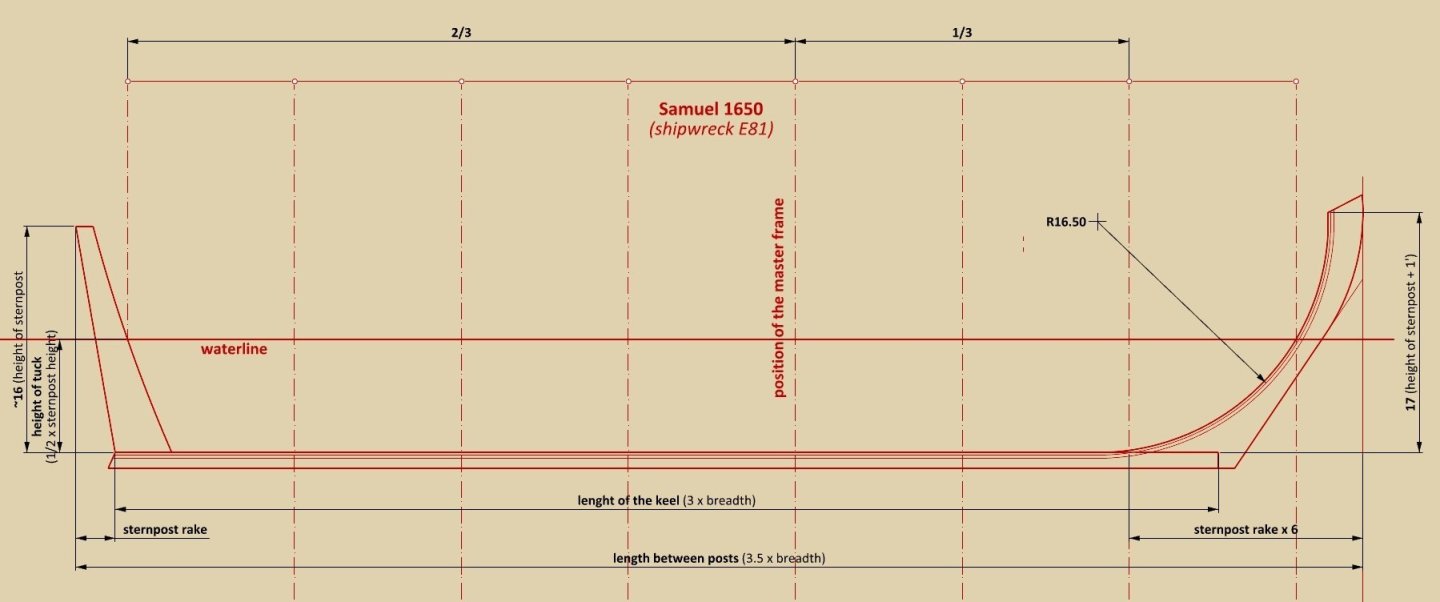
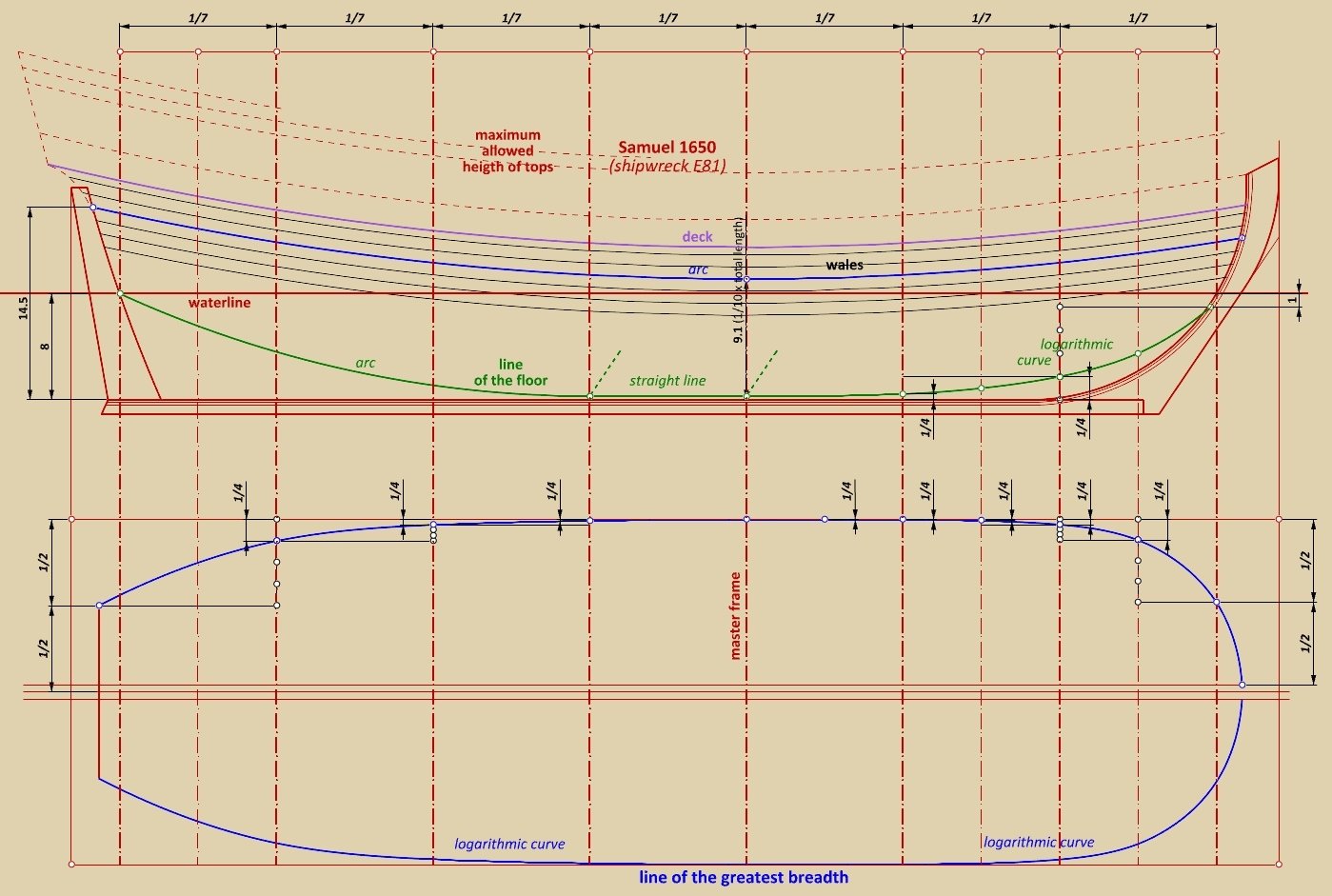
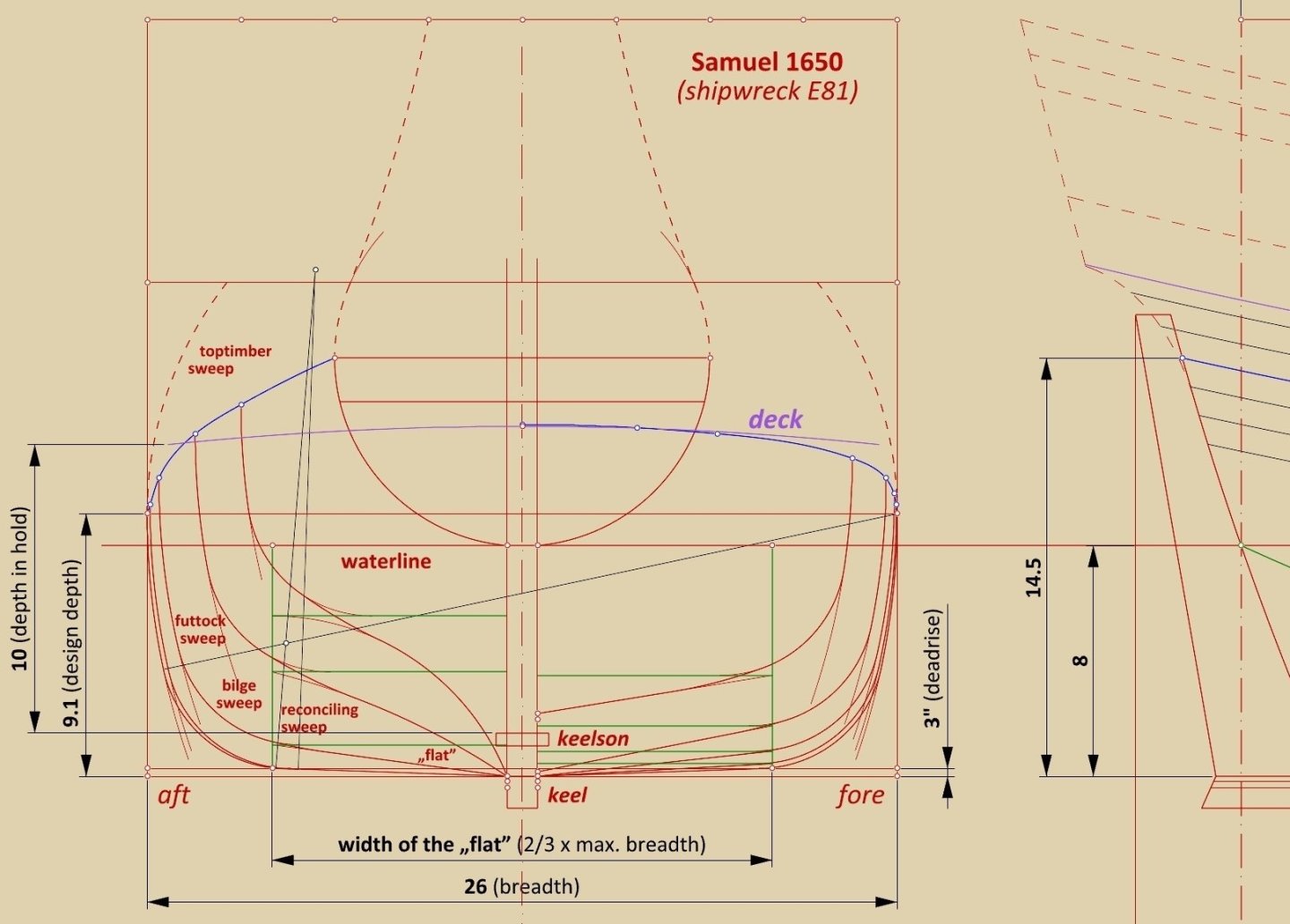
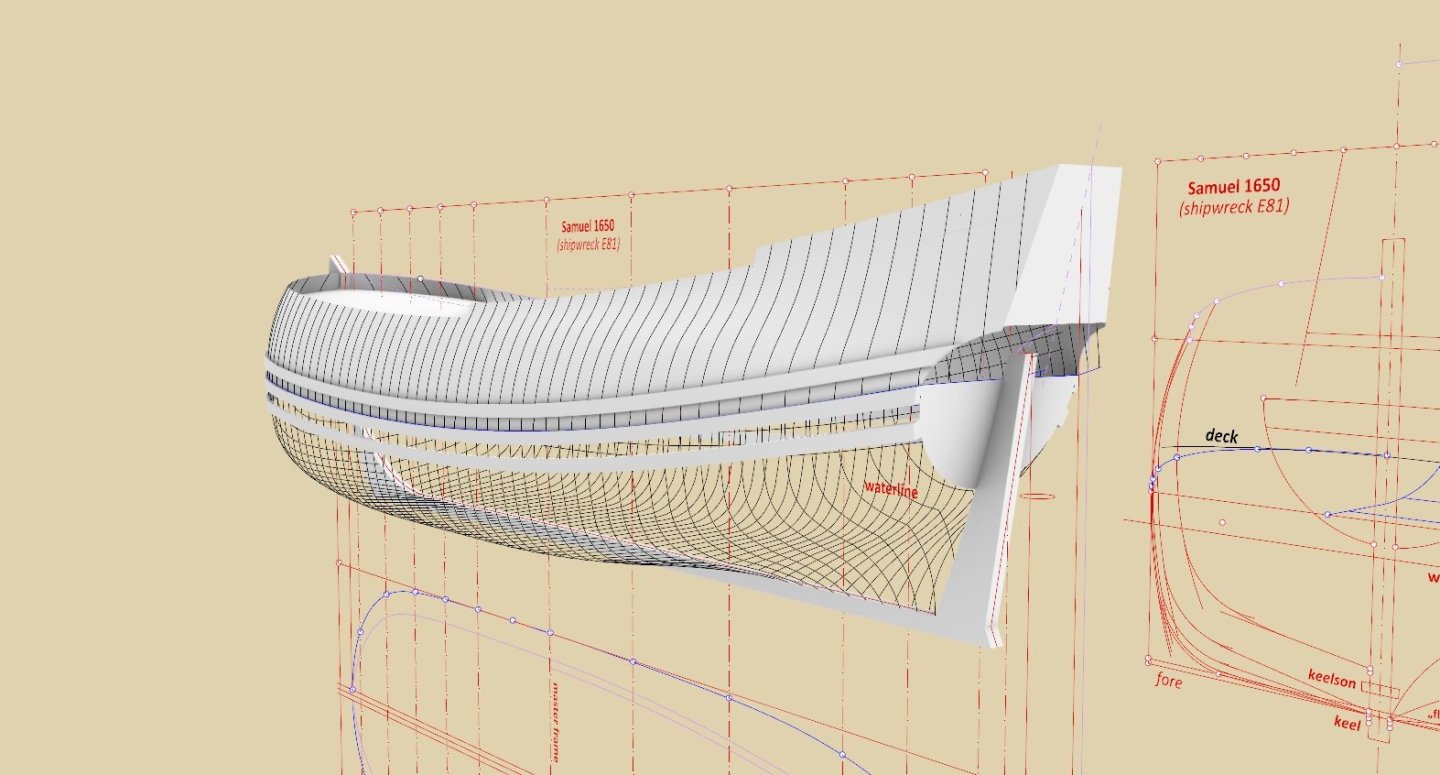
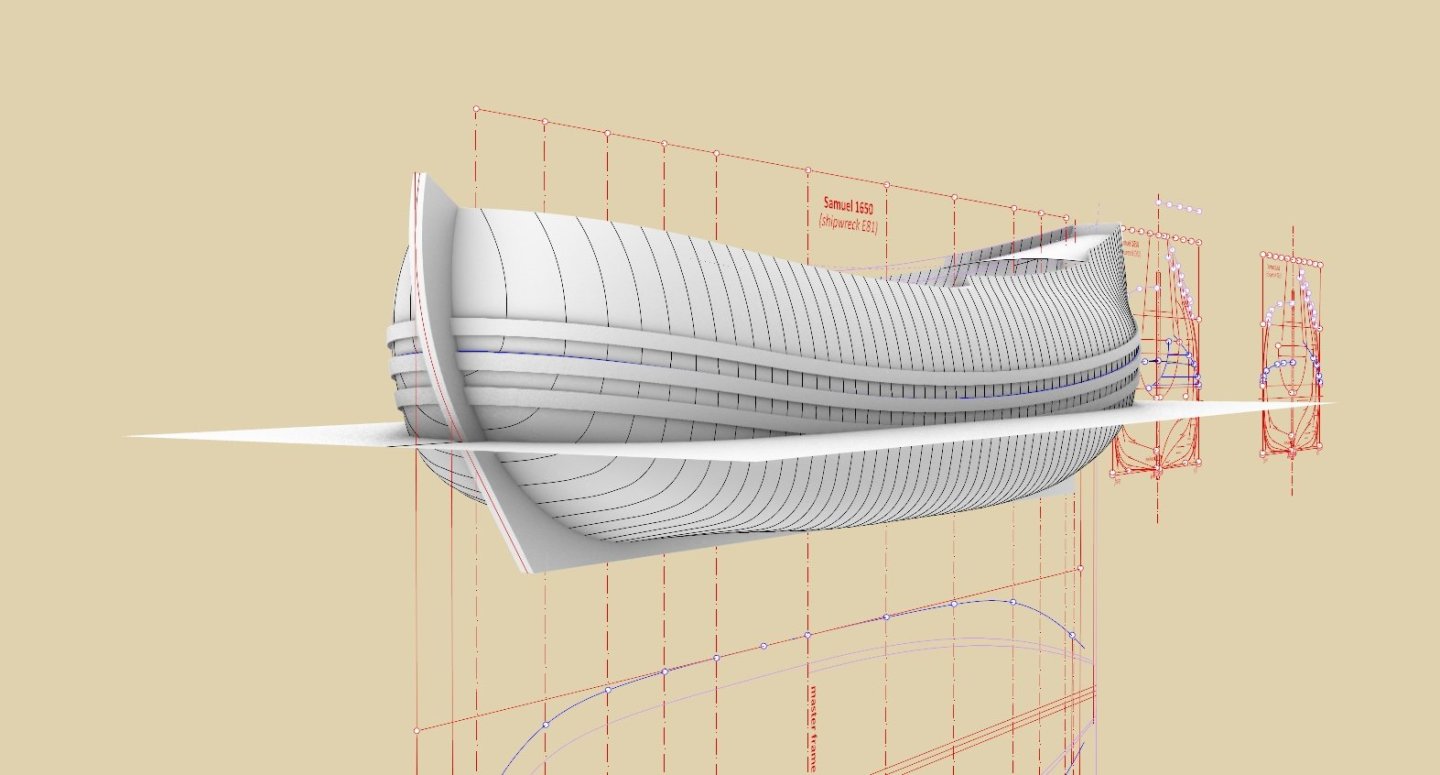
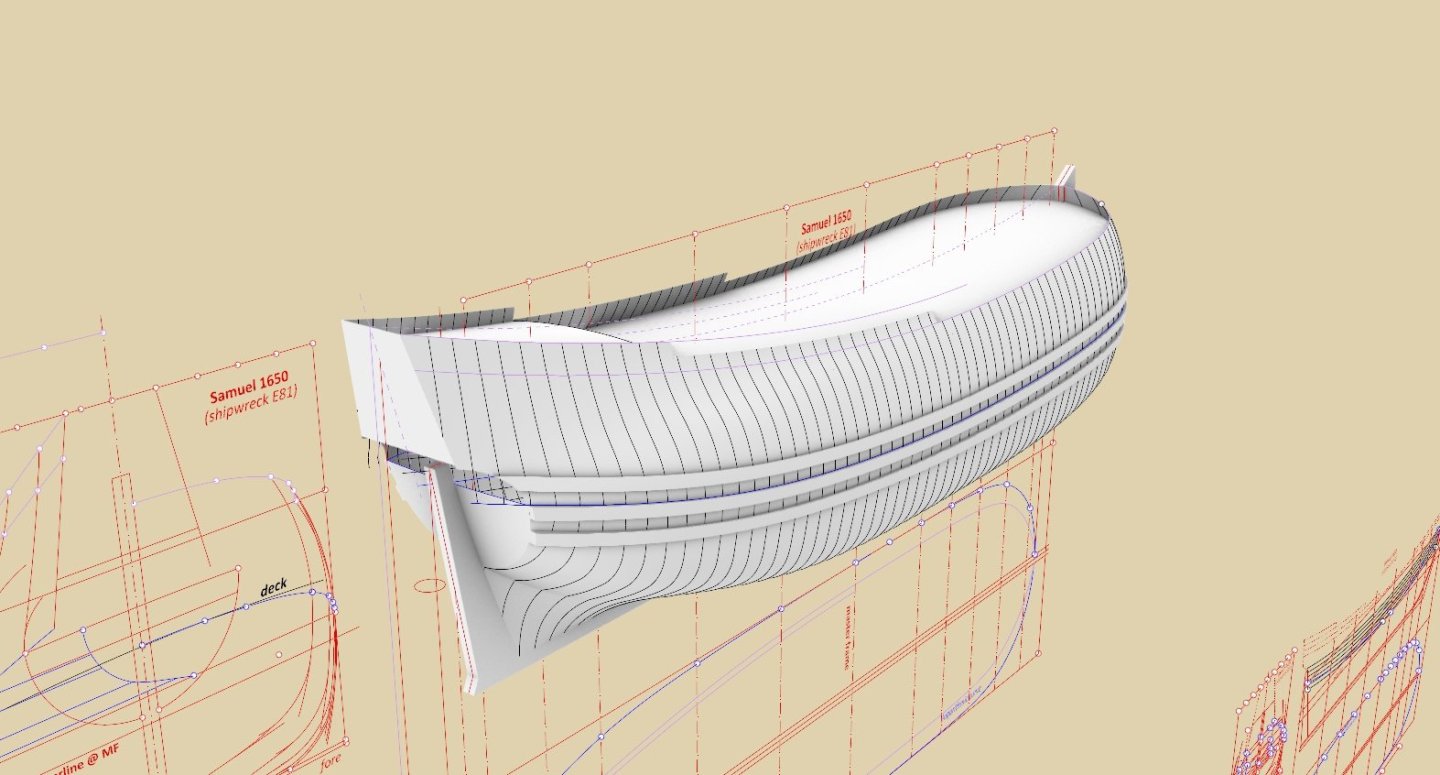
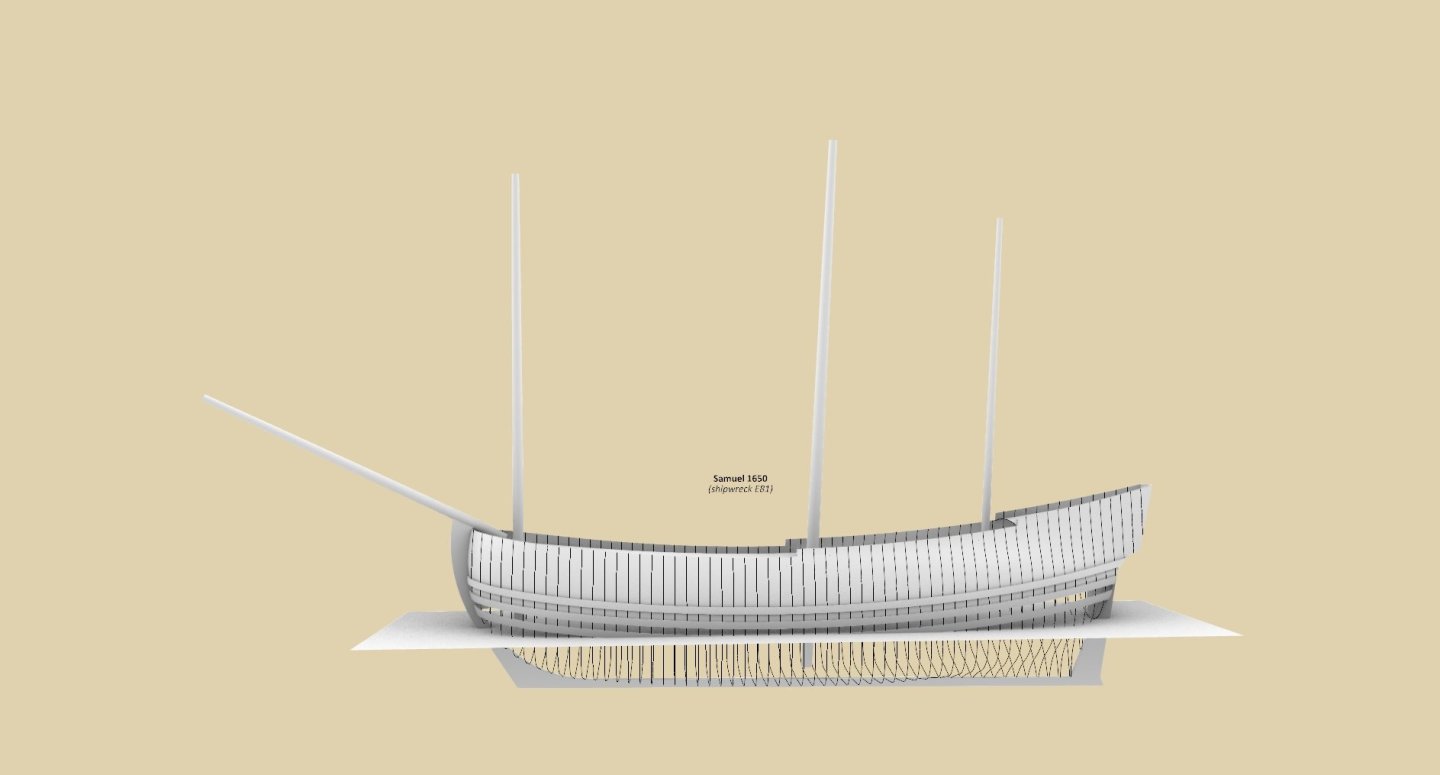
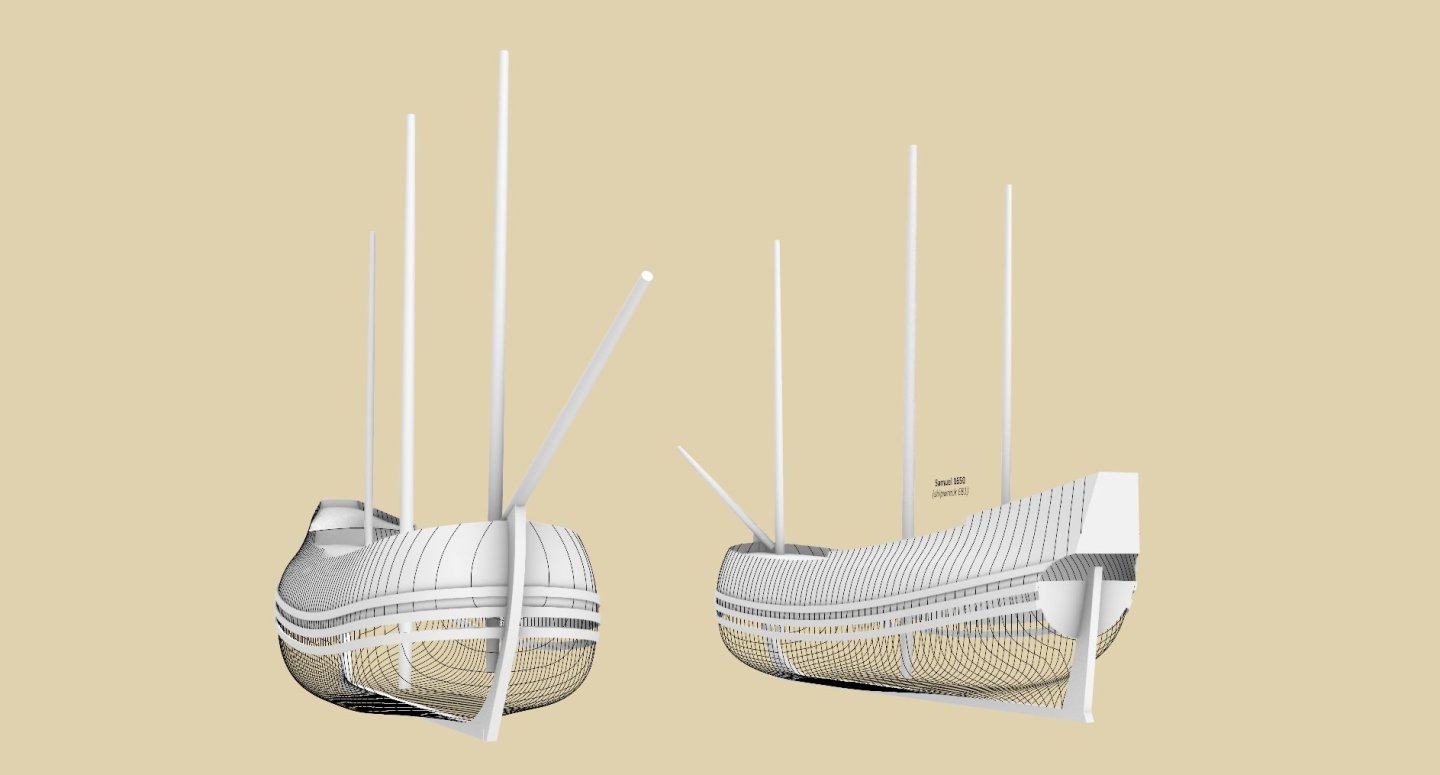
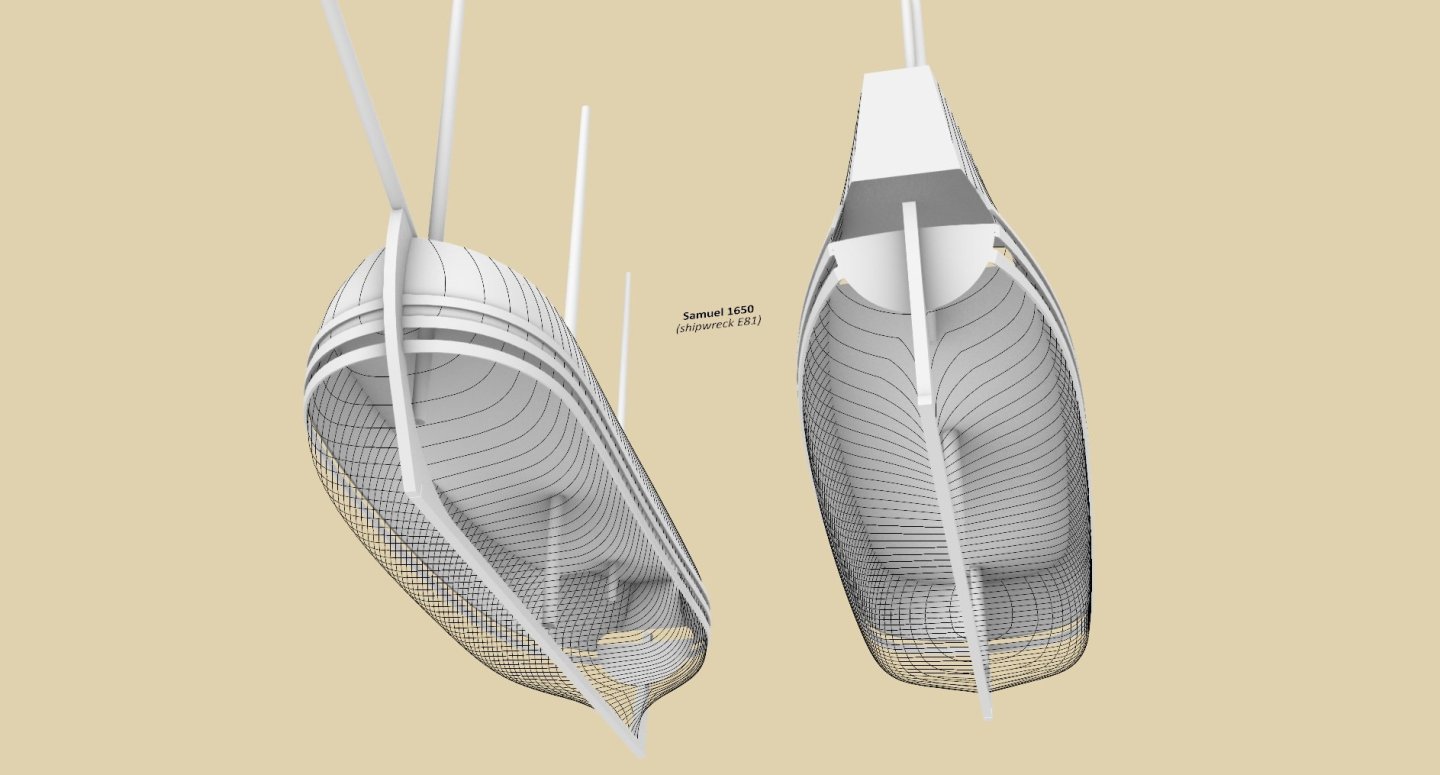

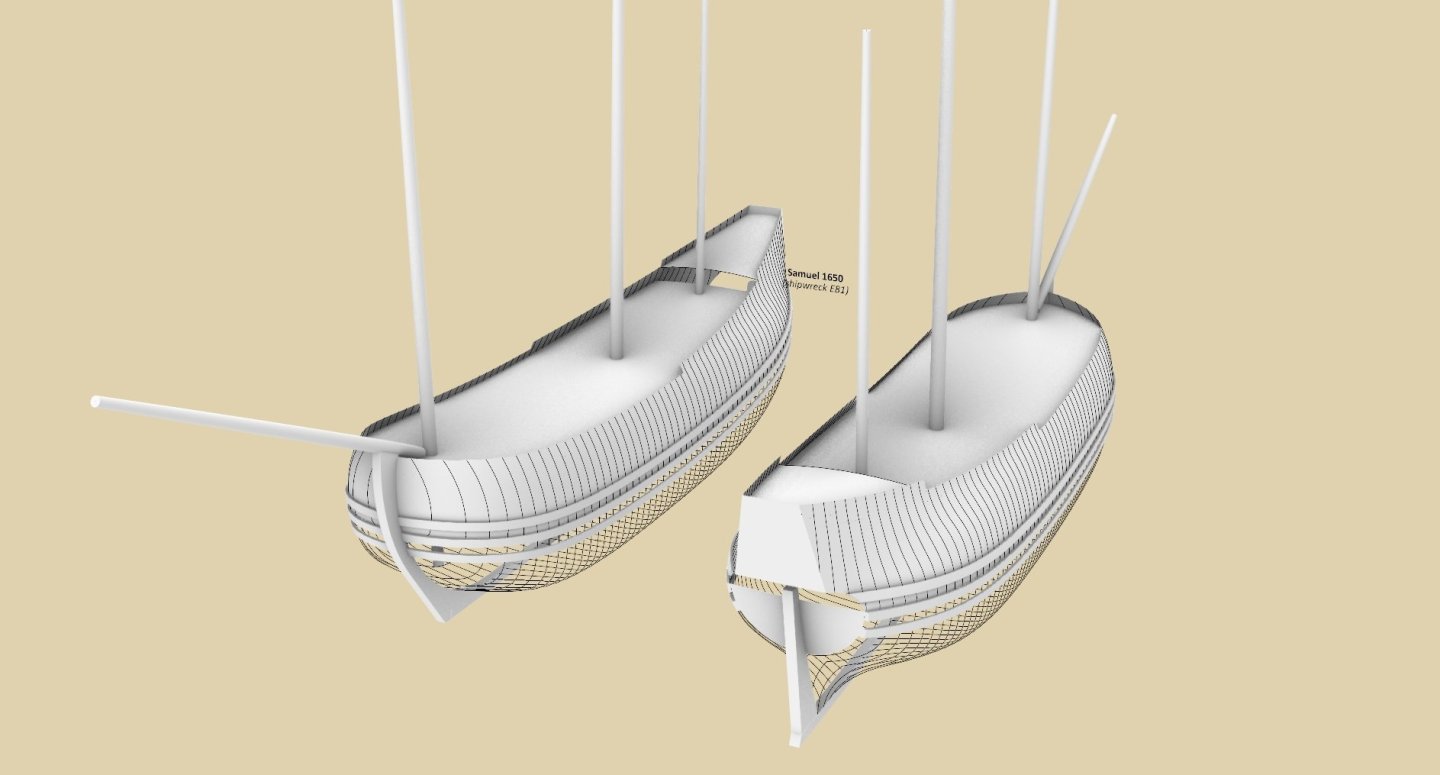
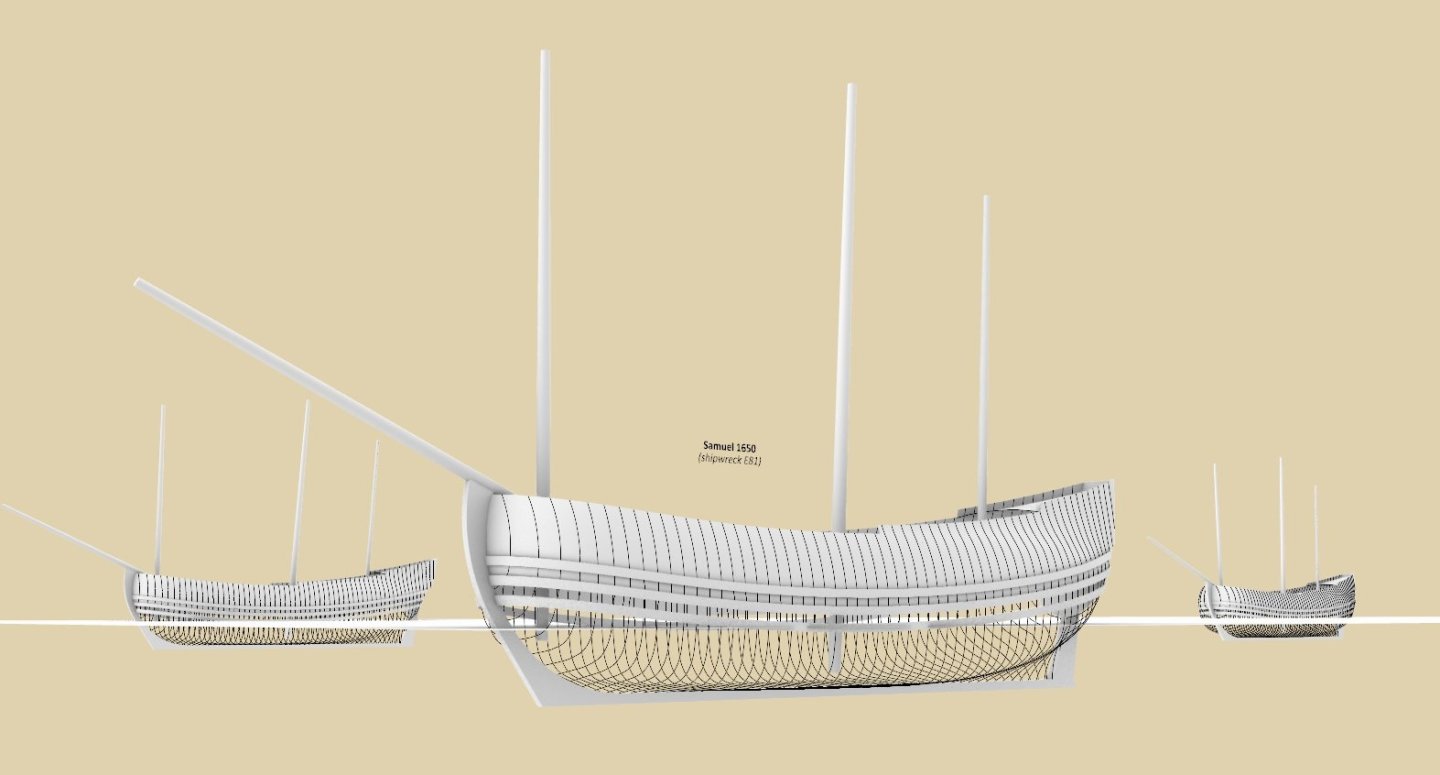
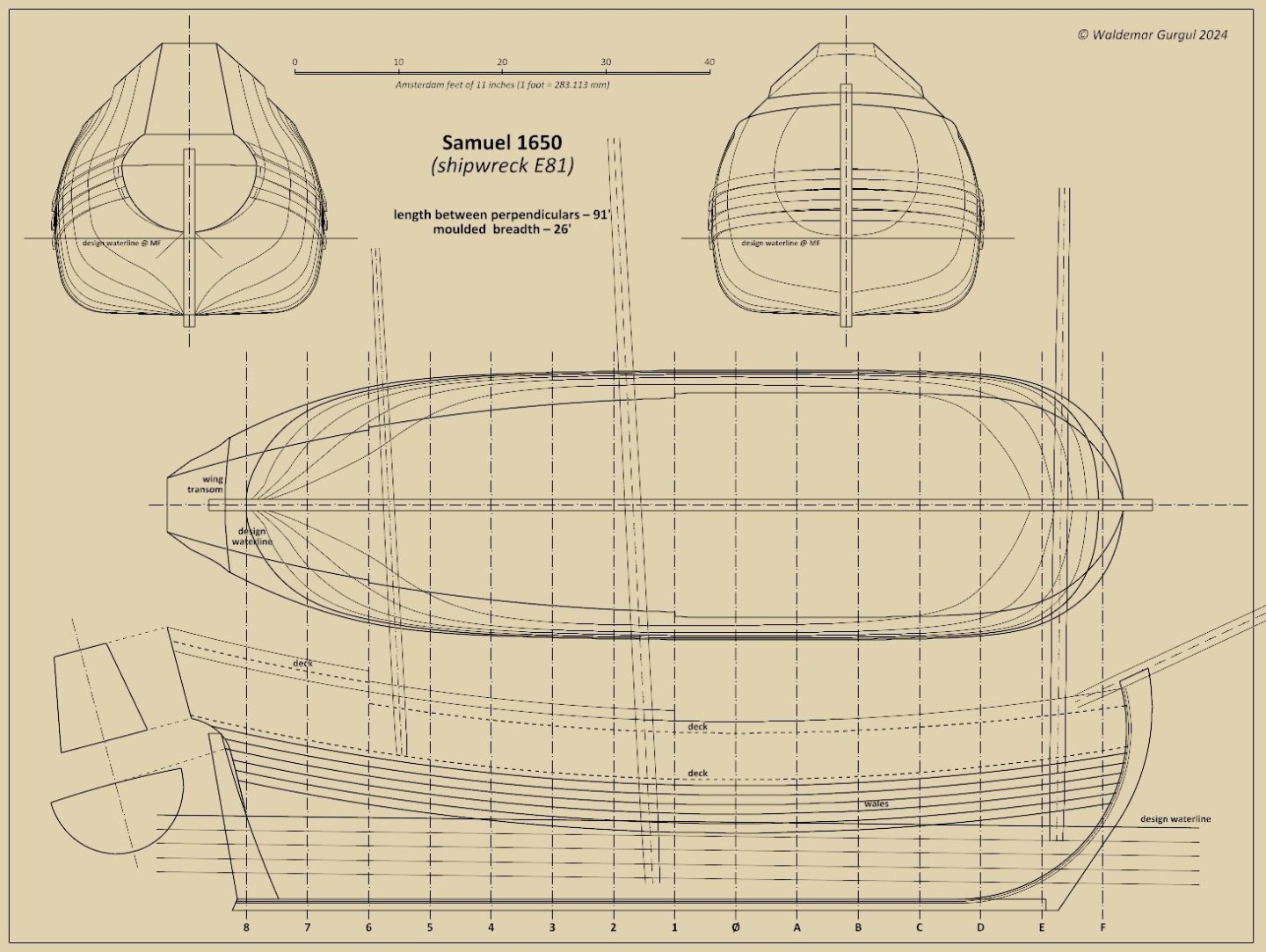
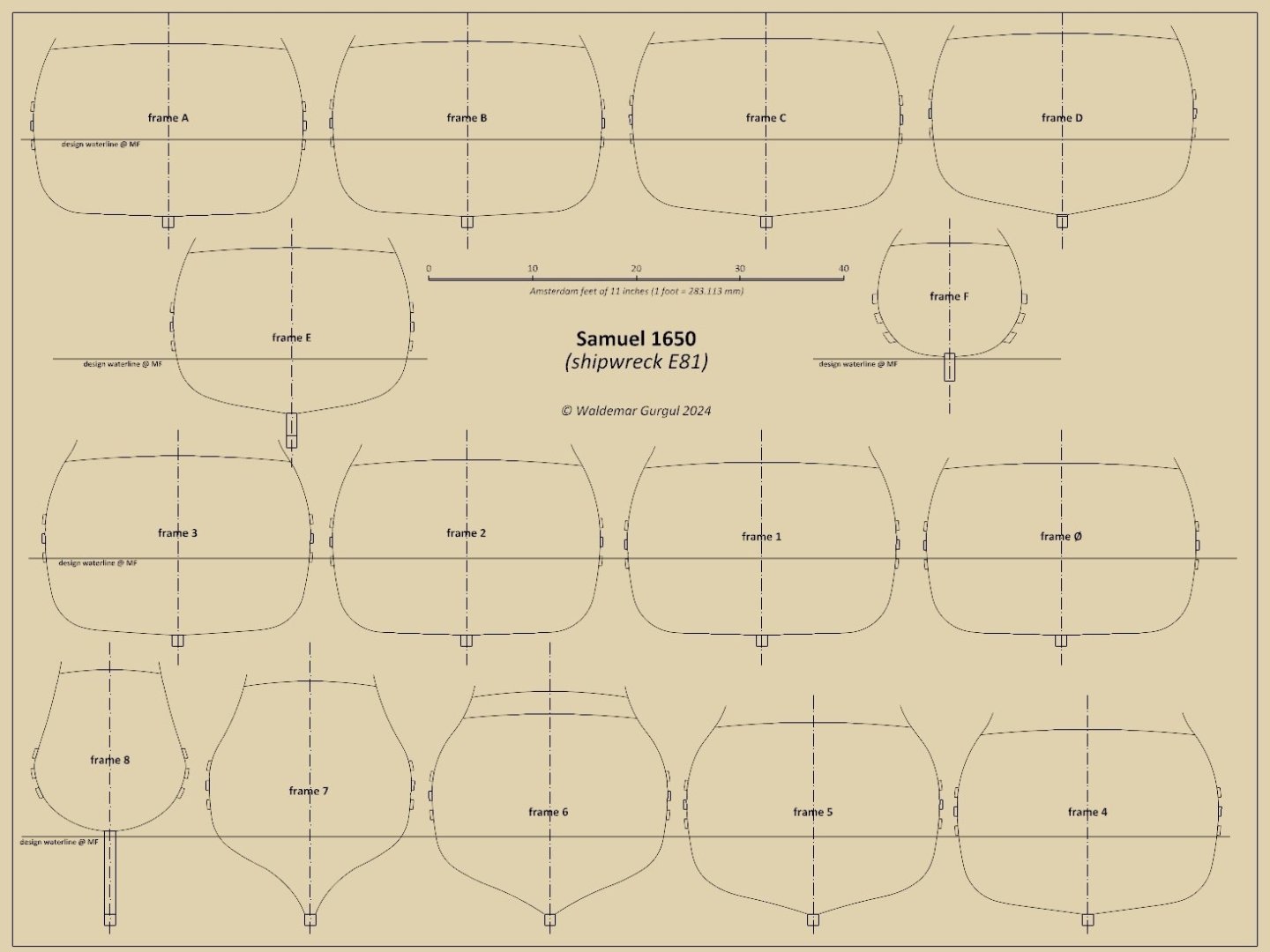
.thumb.jpg.7295356b3a5078bb888a3960870f4bd8.jpg)
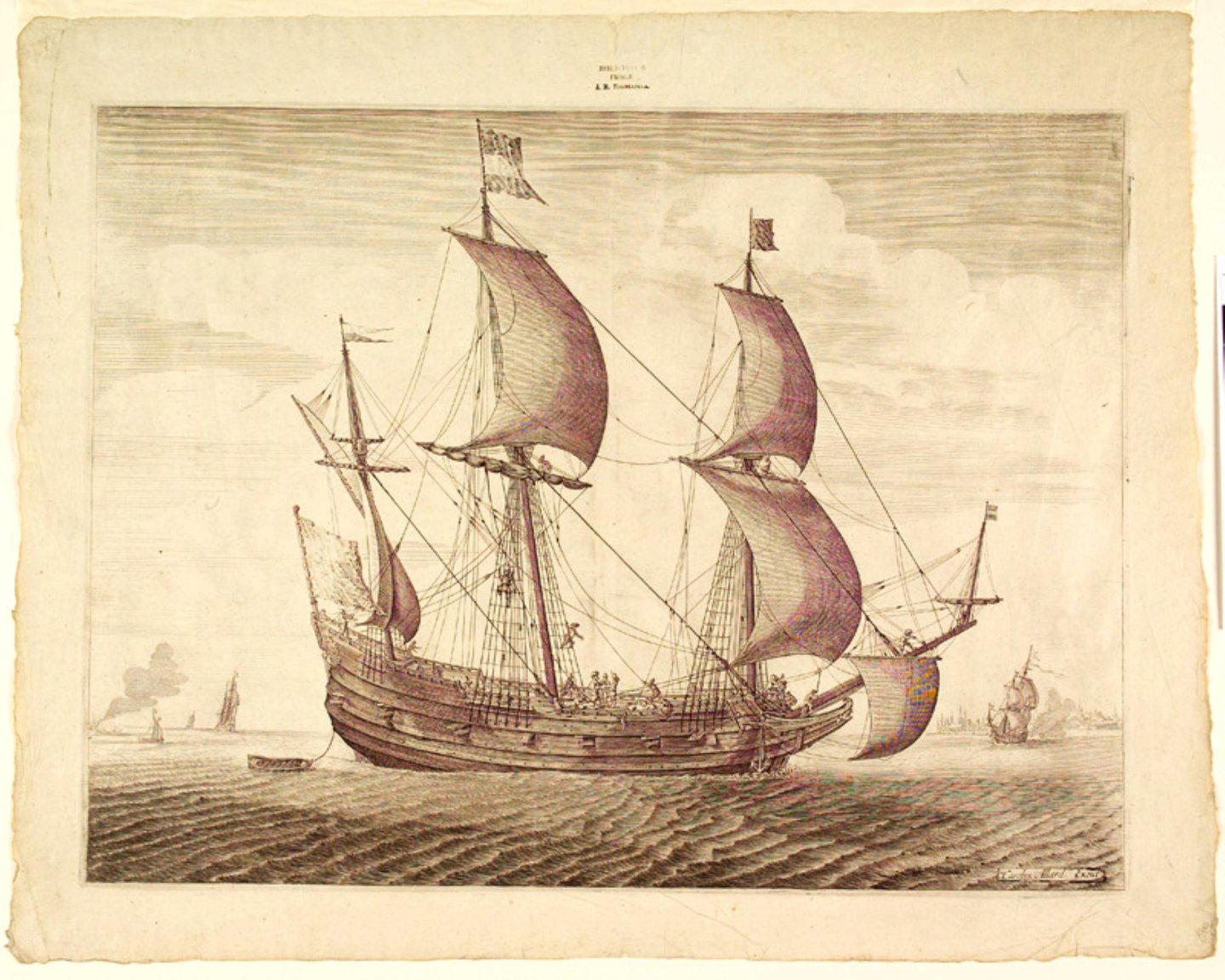
.thumb.jpg.79af1756cc0510df4dc806e6bad5a948.jpg)
.thumb.jpg.277518e196f0e94098a80a4213f12952.jpg)
